
- Tour Packages
- Tours From Reykjavik
- Self Driving Activities
- Family Friendly
- Shore Excursions
Private Tours

Northern Lights Tours
- Volcano Tours
- Itinerary Planner
- Custom Itinerary
- Travel Guides
- Things To Do in Iceland
- Locations in Iceland
- Hot Spring Map
Top 10 Iceland Locations
“Iceland is beautiful, sometimes it is hard to imagine living anywhere else.” Just a few words by Baltasar Kormakur are sufficient to summarize the beauty of Iceland. If you are a traveler visiting Iceland, you must trust the words of the acclaimed native actor and director. From diamond-shaped icebergs to the sky-reaching mountains, the natural wealth of Iceland never ceases to amaze. Take Silfra fissure , for example, a rare phenomenon that can truly take you by surprise. Not just the locations, there are other aspects like Northern Lights , and many interesting activities that make Iceland a paradise for enthusiastic travelers who want to spend each day doing something new. Icelandic people have high regard for their land and its natural wealth.
Every traveler comes across this challenge – what places to choose when in Iceland. There are so many breathtaking locations in the country that you may get confused while picking the best ones. We have compiled a list of the top 10 Iceland locations for you, including all the details that you need during your trip to Iceland. In this article you will get to know everything about the Iceland must see places . Just pack your bags and get ready for your trip.
- Top 103 Locations in Iceland
- Tours in Iceland
- Discover all interesting locations in Iceland
- Best of Iceland
- Activities in Iceland
- Find tours by attraction
- Packing Lists for your trip to Iceland
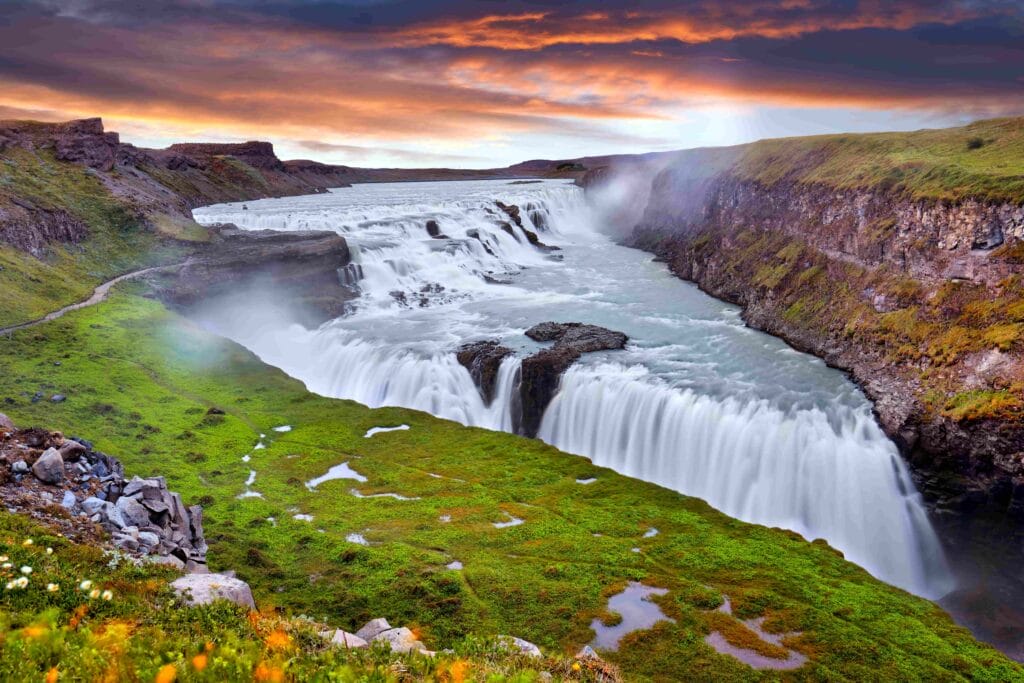
Gullfoss waterfall is a stunning sight to witness, and is always packed with enthusiastic tourists. There are many reasons for its fame, along with its picturesque beauty. The waterfall is one of the most popular attractions in the most popular traveling route in Iceland, Golden Circle Route . Gullfoss translates to ‘Golden Falls’ and is located in the Hvítá River Canyon in Southwest Iceland. The meltwater from Langjökull glacier flows in copious amounts, especially during the summer. The Hvita River rises to an average of 140 cubic meters per second around this time. Authorities measured 2,000 cubic meters per second as the highest ever flood flow rate here.
Gullfoss Waterfall has two stages – two separate features that beautifully complement each other. The fall has a unique look and formation that seems breathtaking. The shorter first cascade is 11 meters (36 feet) long, while the second fall is 21 meters (69 feet) long. The canyon walls on either side of the waterfall reach heights of up to 70 meters (230 feet), making their way into the great Gullfossgjúfur canyon. Geologists base their theory that glacial outbursts at the beginning of the last age are responsible for the formation of this canyon.
In the summer, approximately 140 cubic meters (459 cubic feet) of water surges down the waterfall every second, whilst in winter that number drops to around 109 cubic meters (358 cubic feet). With such energy, visitors should not be surprised to find themselves drenched by the waterfall’s mighty spray should they get too close.
About 140 cubic meters (459 cubic feet) of water rushes down the waterfall per second during the summer. The quantity lowers to around 109 cubic meters (358 cubic feet) in the winter. You are not supposed to be shocked if the tremendous spray of waterfall showers you when you go close. Some visitors enjoy the thrill of the activity without realizing that it could be dangerous to go too close to the waterfall.
It is easy to visit Gullfoss waterfall. We recommend that you either rent a car and drive there on your own, or join one of the guided Golden Circle tours that will take you to Gullfoss and some other interesting locations in the Golden Circle. A self-driving tour is perfect if you want to explore the waterfall at your pace, and visit some other locations on your way. If you don’t want to rent a car , you can find variety of great Golden Circle tours that departure from Reykjavik. Gullfoss is one of the three attractions the Golden Circle is famous for. The other two attractions are actually also listed in the top 10 Iceland locations, so you will be up for a treat on this day of your trip.
When going on a Golden Circle tour you can choose between a regular tour that will take you on a minibus to all the most popular sites, or you can add some activity and adventures to your tour, like snorkeling, hot springs, glacier exploration or snowmobiling.
- Find tours that will take you to Gullfoss waterfall.
- Read more about Gullfoss waterfall.
- Top Locations in the Golden Circle
- Hidden Locations in the Golden Circle
Seljalandsfoss Waterfall

Seljalandsfoss carries the beauty of the divine era of gods. The ecstatic waterfall is popular because of a distinguishing feature – tourists can fully encircle it. Yes, it may sound astonishing at first, but you can complete a full round around this beautiful waterfall. Seljalandsfoss is located on the South Coast of Iceland with an enormous drop of 60 meters (200 feet). Seljalandsfoss waterfall is part of the beautiful River Seljalandsá. However, its origins lie underneath the glacier Eyjafjallajökull . The cascade of the falls is narrow as compared to other famous waterfalls in the country.
The waterfall consists of impressive natural features and is easy to access, considering its proximity to the Ring Road. These are among many reasons why it is one of the country’s most famous and visited waterfalls.
When visiting Seljalandsfoss, it is both easy to rent a car and drive there on your own or join one of the guided tours that will take you to Seljalandsfoss . Most tours that will take you to the South Coast of Iceland will make a stop at Seljalandsfoss since it is the top attraction in South Iceland. The tours are well planned and you can choose between variety of activities to add to your day. Does something like ice caves, snowmobiling or glacier hiking sound interesting to you? Then check out the day tours that will take you to Seljalandsfoss .
When going on a self-driving tours you will however get complete independence to see the places at your pace. Many visitors have a lot of places of their interest in the area around Seljalandsfoss and for them it might be better to rent a car and drive there on their own. Seljalandsfoss is located around 2 hours from the capital city, Reykjavik .
The pathway that surrounds Seljalandsfoss is its most distinguishing feature. It seems amazing the way the entire formation looks. The cliffs behind the waterfalls have a broad cavern, and rocks & paths allow guests to fully encircle the waterfall. The continuous mist of the falls adds to the aura of Seljalandsfoss. The tourists are often dampened due to this perpetual mist, which feels mesmerizing but it also makes the rocks of the pathway slippery. There are floodlights set up on both sides of the waterfall that charmingly illuminate the scene during the night when the midnight sun is not out. Authorities felt the need to install the lights in 2001 due to the rising fame of the falls among the tourists. During winter, the path might be slippery and sometimes even closed due to snow.
Most visitors like to continue north to the waterfall Gljúfrabúi after they visit Seljalandsfoss. It is located only 1 minute drive from Seljalandsfoss. A rock face partially covers the Gljúfrabúi waterfall, but it cannot hamper its beauty. Gljúfrabúi is a hidden gem in the area that people often do not notice because of the popularity of Seljalandsfoss. You must take some time out to visit the area. Tourists can plan a combined trip to Seljalandsfoss, Gljúfrabúi, and Skógafoss waterfall (see below). Skogafoss falls from the same height as Seljalandsfoss. It is a more powerful waterfall, and one of the top attractions in Iceland as well.
- Find tours that will take you to Seljalandsfoss waterfall.
- Read more about Seljalandsfoss waterfall.
- Top Locations on the South Coast
- Hidden Locations on the South Coast
Skógafoss Waterfall

It is impossible to not talk about Skógafoss , when the top 10 Iceland muse see places are mentioned. It is one of the country’s biggest and most stunning waterfalls with an astonishing width of 25 meters (82 feet) and a fall of 60 meters (197 feet).
The mighty waterfall is part of the Skógá River, clearly visible from Road 1 . Skógafoss is a must visit when traveling along the South Coast of Iceland . The river beneath Skógafoss holds a large char and salmon population, the favorite spot of fishermen during the summer. The amount of spray that the cascade produces leads to the rainbow formation. At least one rainbow is present at any time the sun emerges from behind the clouds, and often you can even see two rainbows.
The land below the waterfall is flat, allowing tourists to walk right up to the wall of water. This part gets you drenched, which is fulfilling on a summer day. It is simply an amazing experience to be able to get so close to the waterfall. You must avoid going too deep in winters as the water is harsh cold. You can also view the Skógafoss from the top as a steep staircase way guides you to an observational platform above the waterfall. You can see many nesting seabirds on the route up.
Interesting folklore surrounds the waterfall. You can know more about it when you visit the Skógasafn folk museum, an open-air museum with both ancient wooden houses and turf houses. You can also see a regional museum with multiple artifacts from this area. The Skógasafn museum also has a café and a museum shop, where you can enjoy local snacks. You can find both a hotel and a restaurant in the village of Skógar.
- Find tours that will take you to Skógafoss waterfall.
- Read more about Skógafoss waterfall.
Jökulsárlón Glacier Lagoon

Jökulsárlón Glacier Lagoon is based in Southeast Iceland – a place where you find a glacier lagoon filled with icebergs. The glacier lagoon has become one of Iceland’s most well-known and loved attractions due to its breathtaking beauty. Jökulsárlón Lagoon translates to ‘Glacier’s-River-Lagoon.’
Jökulsárlón is the deepest lake of Iceland with a maximum depth of 248 meters. The surface area of Jökulsárlón measures 18 kilometers square. Jökulsárlón features a natural palette that consists of precious natural wealth, leading to its world fame. The icebergs in Jökulsárlón are composed of ice that is over a thousand years old. The lagoon connects with the ocean and is therefore composed of a sea & freshwater mixture leading to its unique color. You can see seals in Jökulsárlón throughout the year, but they travel in groups to the mouth of the lagoon to catch fish in the winter.
The formation at the core is not a recent phenomenon but, you must keep in mind that every decade or so this place keeps changing. It is because of the location of Iceland. The formation of Jökulsárlón started around 1934, when Breiðamerkurjökull glacier began to retreat, leaving the lagoon in its path. The lagoon has significantly increased in size since the early 1970s.
Boat tours are popular in the lagoon. During the season, there are 30-40 boat trips a day, filled with people that want to see the icebergs up close and personal. You can also visit th emost popular natural ice cave in Iceland when visiting Jokulsarlon glacier lagoon. The Crystal Blue Ice Cave is only accessible during winter (from November – April), but if you are traveling at that time of the year, this is a must do.
During winter, Jokulsarlon Glacier Lagoon is also the perfect spot to watch the Northern Light s. During summer, it is magical to visit this place when the midnight sun in shining.
Jokulsarlon glacier lagoon is located around 5 hour drive from Reykjavik. When visiting Jokulsarlon you can either rent a car and drive there on your own, or you can join a guided tour that will take you to this site. There are a couple of good hotels to find in the area, but our favorite one is Fosshotel Glacier Lagoon and Adventure Hotel Hof .
Since Jokulsarlon is located so far away from Reykjavik, we recommend that you take at least 2 days for the adventure if you are driving on your own.
You can find one day tours that will take you to Jokulsarlon , but note that they include a lot of driving. We would rather recommend a 2 or 3 day tour that will take you to Jokulsarlon. Those tours also include some great activities like ice caving and sightseeing of all the best places on the south coast.
- Find tours that will take you to Jokulsarlon Glacier Lagoon
- Read more about Jokulsarlon Glacier Lagoon
Lake Mývatn
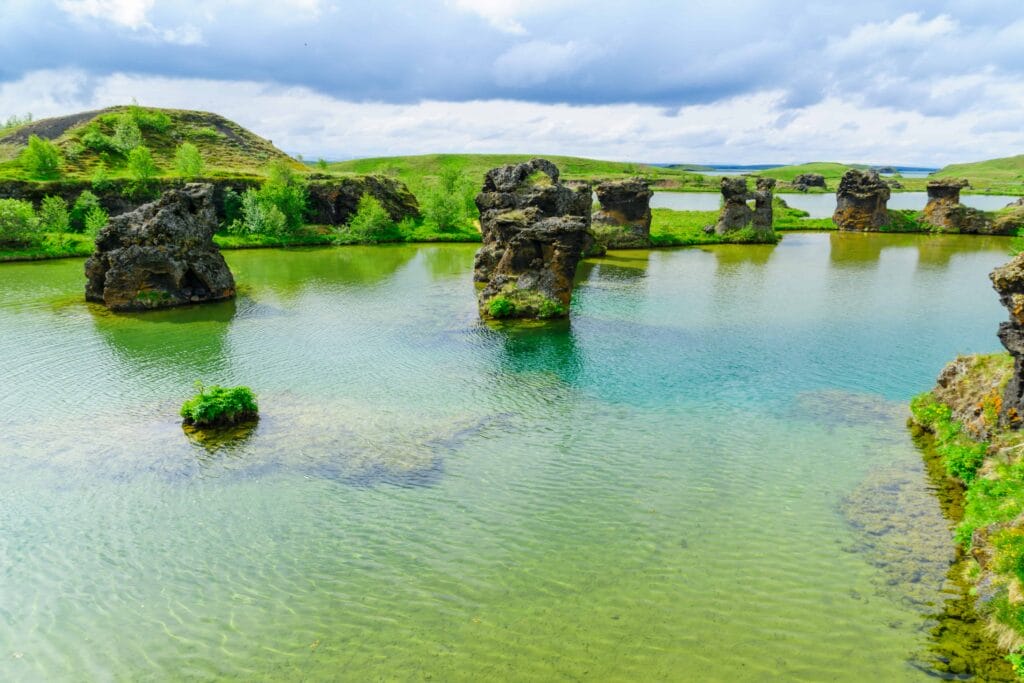
Lake Mývatn is a breathtaking spot that becomes an absolute favorite of travelers, right at the first glance. Lake Myvatn is located in North Iceland and is a gem worth visiting. With an area of 36.5 square kilometers, Mývatn is the fourth-largest body of water in Iceland. The size of the lake is just one of the attractive qualities that draw visitors to this place throughout the year. Some incredible geological features, a wealth of flora and fauna, and some unbelievable sites in close proximity are other attractions at Mývatn.
Mývatn is part of the Diamond Circle , a popular travel route in the north of Iceland. There are so many interesting sites around Lake Myvatn that we recommend that you check out. Our favorite places include Dimmuborgir lava fields , Myvatn Nature Baths , Grjótagjá Cave (from Game of Thrones), Skútustaðagígar Craters , Hverir geothermal area , and Hverfjall Crater .
There are multiple cafés, restaurants, and guest houses scattered along the banks of the lake and by some of the main attractions. The hotels that we recommend around Lake Myvatn are Vogar Travel Service , Fosshotel Mývatn and Icelandair Hotel Myvatn . You can also find two good campsites in the area.
It takes about six to seven hours to reach Myvatn from Reykjavik , but only around 1 hour from Akureyri , the largest town in North Iceland. The Ring Road of Iceland will take you to Myvatn. Myvatn is an ideal place to spend a full day if you are traveling the Ring Road of Iceland. We recommend that you visit most of the places listed above when visiting Lake Myvatn.
- Find tours that will take you to Lake Myvatn.
- Read more about Lake Myvatn.
- Top Locations in North Iceland
- Guide to the Diamond Circle
The Blue Lagoon

The Blue Lagoon is the ultimate buzz of Iceland. The charming milky-blue water is unmatched by anything else found on the planet, and therefor the Blue Lagoon has often been named one of the wonders of the world. It makes a solid contrast with the surrounding black lava fields and gray-colored moss. The water stays at a stable temperature of 102°F all year round, making it an ideal bathing temperature.
The excellent location of the lagoon and rich skin-nourishing, soothing waters make it a favorite of tourists. The location is the most visited attraction of Iceland, along with the Golden Circle tour of Iceland . The entry fee begins from 5990 ISK for adults (14+). There are options to choose between comfort level, premium entry, or the retreat spa. The spa experience is rejuvenating, because of the other combined facilities like food and drinks. The minimum age to enter the Blue Lagoon is two years, without any entry fee for two to 13-year-olds. Likely, the place is fully booked at any given time, and therefor you must pre-book at least a few weeks in advance. People debate on the best time to visit the Blue Lagoon. Some people think it is wonerful to start the day with a trip to a spa, while others like to catch a glimpse of the Northern Lights or enjoy the midnight sun in the evenings. The Blue Lagoon is not natural, but a created water body with the help of a power plant that is drilling for steam and hot water. Its formation dates back to 1976. The warm seawater of the lagoon is rich with minerals like silica that do wonders for your skin. It also offers Psoriasis treatments. The water in the Blue Lagoon changes or renews itself completely every 48 hours.
The lagoon is located on the Reykjanes Peninsula in Southwest Iceland, an area known for its barren landscapes and conical volcanoes. It takes only 15 minutes to drive from the Keflavík International Airport. If you drive from the capital, it takes about 40 minutes to reach the lagoon. Tourists often either make it their first destination or last because of it’s location near the airport. It is possible to book a bus from the airport to the Blue Lagoon, and after your visit to the Blue Lagoon, you can take the bus from the lagoon to Reykjavik and start your holiday in Iceland. If you are on a stopover in Iceland, it is also an ideal place to spend your time. Take the bus from the airport, spend some quality time in the Blue Lagoon. Afterwards you can take the bus back to the airport and keep on going with your traveling.
- Read more about the Blue Lagoon in Iceland.
- Find tours that will take you to the Blue Lagoon.
Geysir / Strokkur
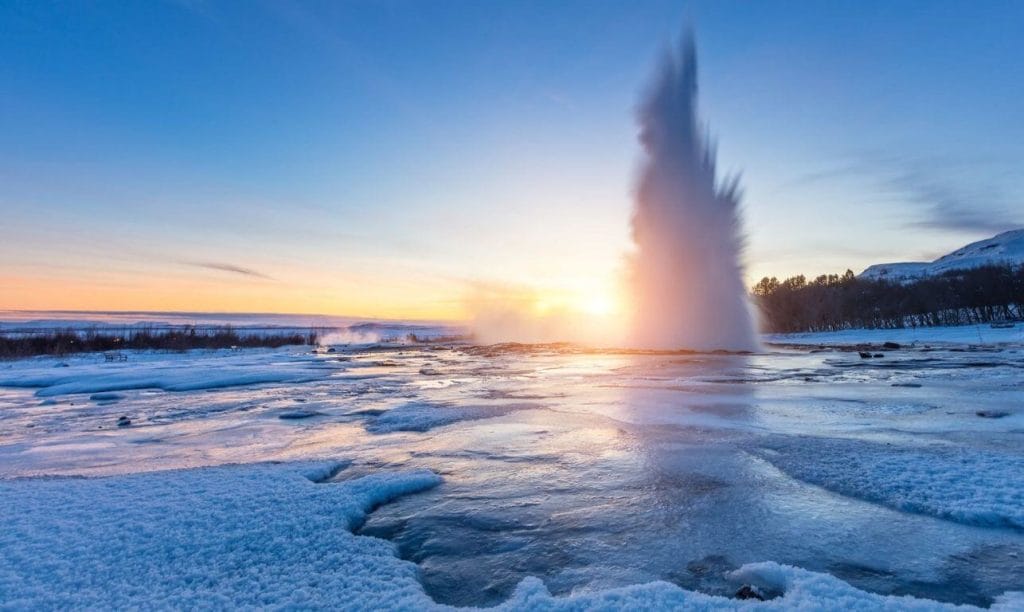
Geysir is a well-known hot spring in the geothermal area of Haukadalur Valley, found in southwest Iceland. It is one of the three well-recognized tourist destinations on the Golden Circle Route. Though Geysir itself shows rare signs of activity these days, Haukadalur Valley features a plethora of hot springs and geysers. The list includes the powerful Strokkur, Smiður, and Litli-Strokkur. Whenever it is likely to get active, the Geysir water can shoot up in the air as high as 70 meters (230 feet). The natural force is abundant and so powerful around the area, that it seems miraculous after a point.
Strokkur is undoubtedly Iceland’s most popular geyser, shooting massive jets of boiling water from 20 meters up to 40 meters high. I may sound unbelievable to you, but Iceland has many unbelievable places lined up for you! It is a surety to catch the mesmerizing spectacle of nature, as Strokkur erupts every five to ten minutes. You need to make sure that your camera is ready.
Geysir is less than a two-hour drive from the capital, making it convenient to reach for many tourists joining a Golden Circle day tour or those who rent a car.
- Find tours that will take you to Geysir geothermal area.
- Read more about Geysir geothermal area.
Þingvellir National Park

Þingvellir National Park is the oldest national park in Iceland, with rich historical associations. Þingvellir National Park is considered a marvel located on the Golden Circle sightseeing route . UNESCO recognizes it as a World Heritage Site, the sole park in the country to have this privilege. The special status was bestowed upon the park because of its unique geology and historical & cultural significance in 2004. The first parliament of Iceland or first National Assembly – Alþingi took place in the park. The park is 45 kilometers away from the capital city Reykjavík , which means that you can access it in almost an hour’s drive. Along with the Gullfoss waterfall and Geysir geothermal area, Þingvellir National Park is one among the three popular places on the Golden Circle Route .
Þingvellir National Park is a vast and mesmerizing arena where you can discover many natural gems. You can begin with the majestic waterfall, Öxarárfoss . The waterfall starts flowing from the river Öxará. It eventually tumbles down over the side of the Almannagjá Gorge . ‘Axe Falls’ is another name and English translation of Öxarárfoss. The origins of the axe being used in the name of the waterfall are not clear. Some historians claim that the name is the result of the multiple executions that happened earlier in this place. There is a path constructed along the Almannagjá with clear indications. You can find information signs all over the park that will tell you about the incredible history of the area. They even guide you towards particular interesting spots. There is the Law Rock or Lögberg and Drekkingarhylur, also called the Deep Drowning Pool. Drekkingarhylur dates back to the 17th-century Icelandic judicial system.
Magnificent glacial spring Silfra Fissure also belongs to Þingvellir. The fissure is one of the top ten scuba diving and snorkeling sites of the globe. You can join a snorkeling tour when visiting Þingvellir. Most travelers that try it out say that it is one of the best experience from their trip to Iceland. Crystal-like water visibility and rejuvenating natural scenes are within the reach everywhere. Thingvellir Church and Prime Minister Summerhouse can also be found in the park.
- Find tours that will take you to Þingvellir National Park.
- Read more about Þingvellir National Park.
Hallgrímskirkja Church

Hallgrimskirkja Church has its base at the top of Skolavordustigur Street, the central art and design shopping street in Reykjavik. The incredible building is 74.5 meters (240 ft) high, and a visit to the top rewards you with awe-inspiring views of the capital. You can even see the Snaefellsjokull glacier on a bright day. Visitors can enter the church tower and enjoy the majestic view for a reasonable fee, only to enter the tower not to view the church. Adults pay an entrance fee of 900 ISK, and children between the ages of 7 – 14 pay 100 ISK. Hallgrimskirkja Church is open to visitors every day from 9 am to 9 pm from May to September, and 9 am to 5 pm from October to April. The church tower, from where you get a good view over Reykjavik and nearby areas, closes half an hour before the general closing time. The tower is not open on Sundays during mass.
Completed in 1986, the concrete structure took over four decades to build. Authorities renovated the tower in 2009, elevating its look. The design of the modernist church was inspired by the basalt lava flows found in Iceland‘s natural landscape, specifically the basalt columns around the Svartifoss waterfall in South Iceland.
- Find tours that will take you to Hallgrimskirkja Church.
- Read more about Hallgrimskirkja Church.
- Top 12 Attractions in Reykjavik.
- Free things to do in Reykjavik
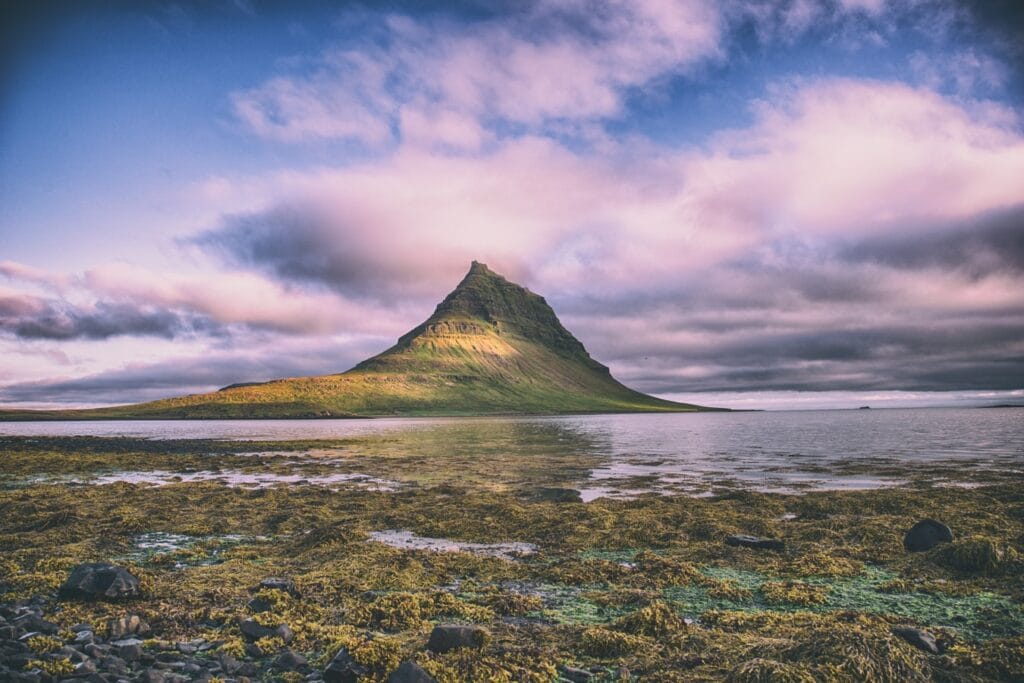
When you reach some destinations, it feels like an expert VFX artist has designed them. Kirkjufell is one of those places. Do you know that it featured in the blockbuster Game of Thrones as “Arrowhead Mountain”? Photographers love the place beyond measure for its unique formation. Kirkjufell is one of the most photogenic places in Iceland, especially on a bright summer day.
The conical mountain stands 463-meters or 1519 feet above sea level on the Snæfellsnesnes peninsula in West Iceland. The small fishing town of Grundarfjörður is beneath the mesmerizing mountain. The waterfall Kirkjufellsfoss, or ‘Church Mountain Falls’ is within walking distance from Kirkjufell. A serene waterfall is an excellent object for photographers who can frame the mountain as a backdrop. The three steps of Kirkjufellsfoss and a gentle flow make it as impressive as some larger waterfalls of Iceland, despite its relatively short height.
Visitors can also see a lake at the base of the mountain on calm and clear days. This lake reflects a perfect mirror image of Kirkjufell, giving another notable subject to the photographers, only adding to the fascinating photo opportunities around this area.
The colors of Kirkjufell change with the passing seasons. This is why the crowd of photographers surrounds it all year. The summer sees it as bright green, full of vibrancy. The face of the mount gets a mask of barren brown and white during the winter months. Of course, it looks highly impressive under the midnight sun in the weeks nearing June equinox, and under the northern lights during winter.
- Find tours that will take you to Kirkjufell Mountain.
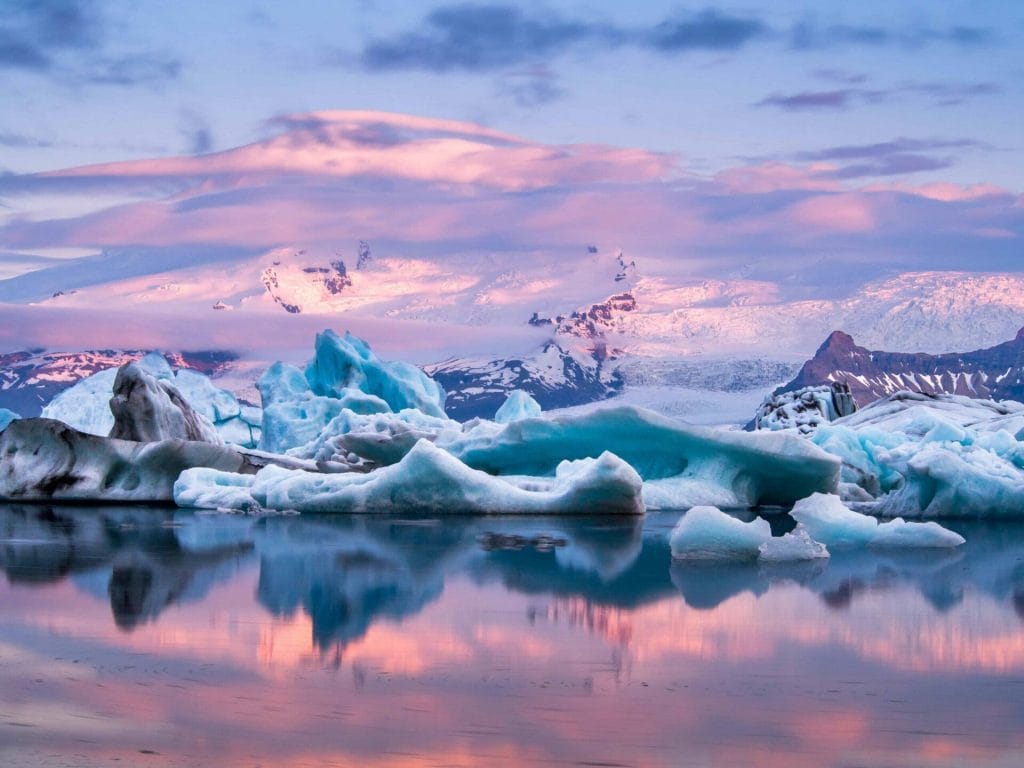
Things to Note before the Visit
The guided tours include a guide who smoothly sails the journey with the travelers. Secondly, planned tours have a time limit, and some take care of multiple things like tickets to a particular place. If you do not want to go through the booking hassles, reserve a tour like that. When booking a tour in Iceland , it is always good to be on the safer side and do the bookings well in advance.
When traveling around Iceland, we recommend renting a car and exploring on your own, or join guided pre planned tours. When you go on a self driving trip in Iceland you will have more freedom to explore whatever you want, but note that the driving circumstances might be different in Iceland than in your country. Some roads are gravel and require only 4×4 vehicles. A check on weather conditions is also important because sometimes authorities close routes due to snowstorms.
Read the article about Self Driving in Iceland before renting a car.
Please be particular with the weather information and plan accordingly. Even car bookings should be made according to weather if you go for a self-driving tour. Some roads are gravel and require only 4×4 vehicles. A check on weather conditions is also important because sometimes authorities close routes due to snowstorms.
If you want to participate in any special activity, ensure you have the required certificates. Some activity providers supply the gear on rent, and for some activities, you have to carry the needed gear. It is always better to keep a sturdy jacket, snacks, and a bottle of water in your backpack.
Have a memorable stay in Iceland!
If you are looking for more locations to explore in Iceland, don’t forget to check out our blog post about Top 103 places to visit in Iceland.
Popular Articles

10 Unique Activities Around Iceland
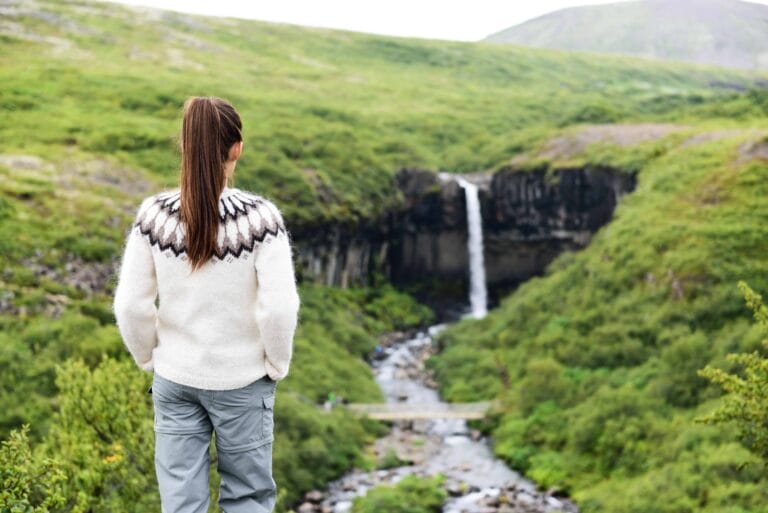
Iceland Packing List

Top Alternatives When Your Iceland Tours Get Canceled

Best Selling Self Drive Activities in Iceland | Summer 2023
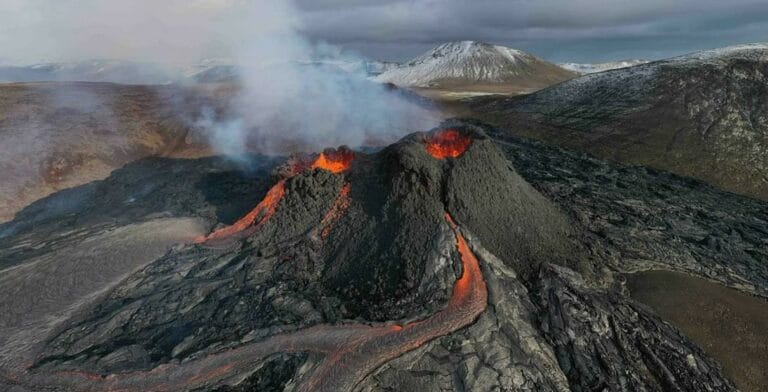
Volcano in Iceland: July 2023 Eruption at Litli-Hrútur | All you need to know
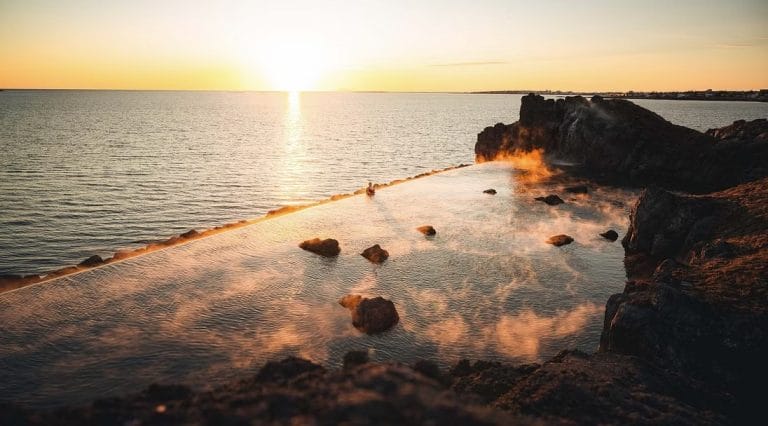
Sky Lagoon vs Blue Lagoon

Black Friday Deals for your trip to Iceland 2021
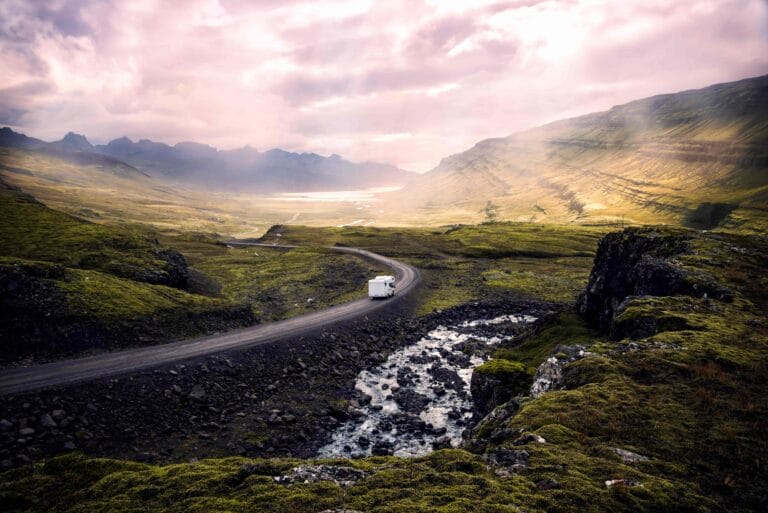
7 Reasons why you should Rent a Camper Van in Iceland
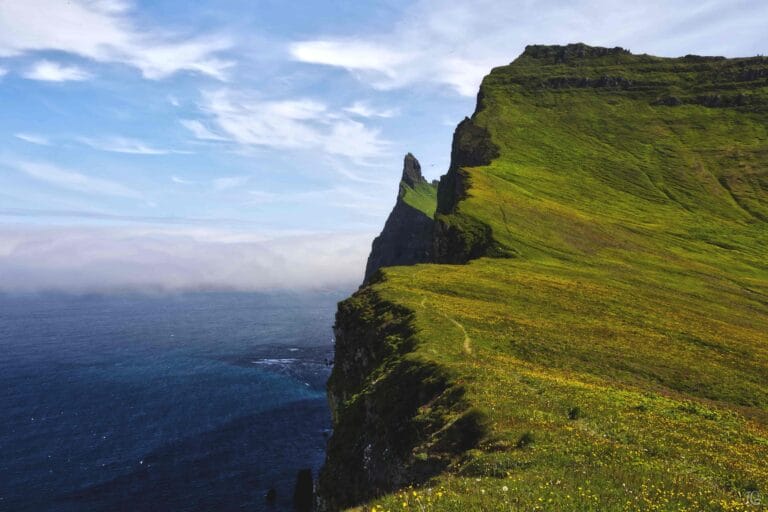
How to hike Hornstrandir on your own?
Popular things to do, sightseeing tours, glacier tours, hot spring tours, ice cave tours, glacier hiking tours, hiking tours, super jeep tours, whale watching tours, popular tours.

8 Day Iceland Northern Lights Tour Package
Travel style, starts from, from 399,990 isk.
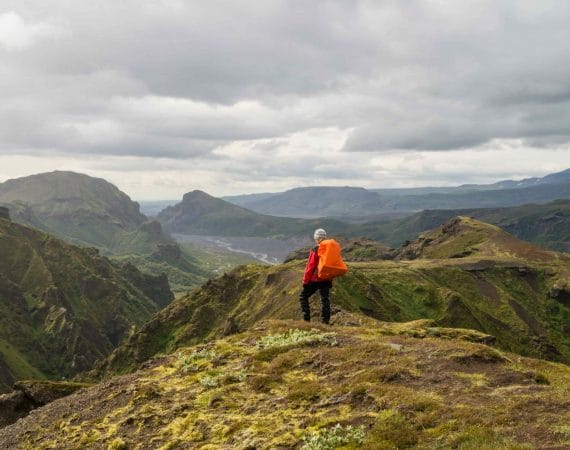
Fimmvorduhals Hiking Tour
Challenging
Reykjavik, Selfoss, Hella
From 29,900 ISK
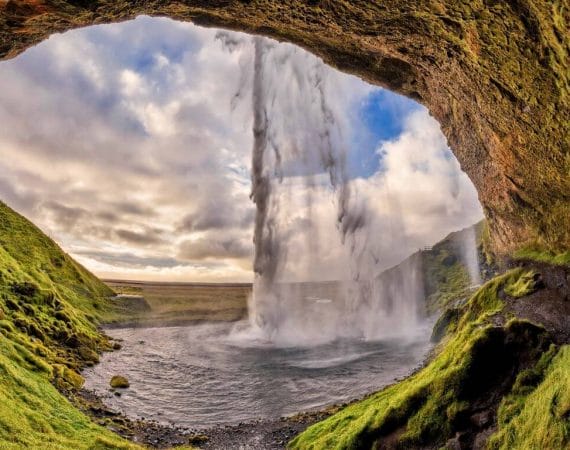
South Coast of Iceland – Glaciers, Waterfalls & Black Sand Beaches
From 15,990 isk.
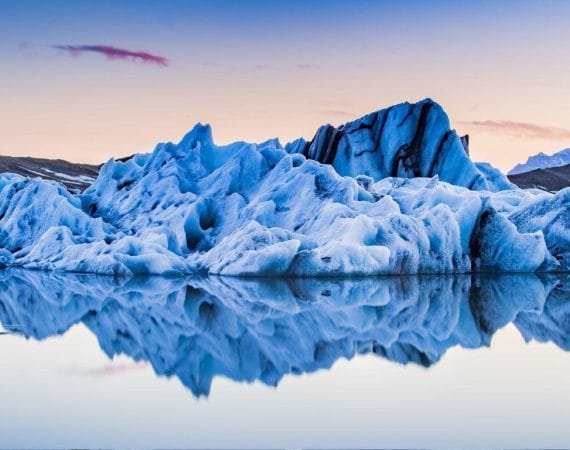
6 Day Iceland Ring Road Tour – Winter
From 324,000 isk.

South Coast & Sky Lagoon
From 25,990 isk.

4-Day Package | Blue Ice Cave, Golden Circle, South Coast, Snaefellsnes & The Northern Lights Tour
From 199,990 isk.
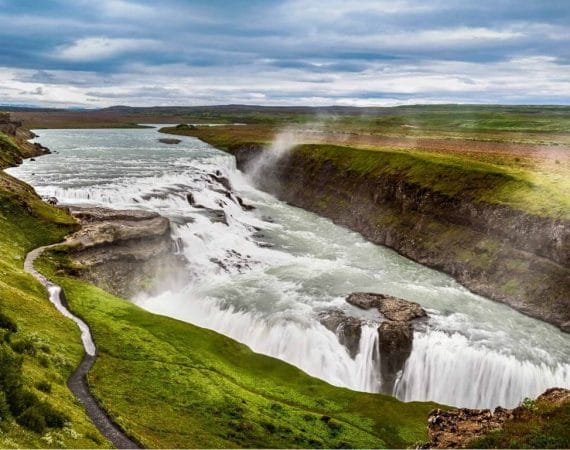
Golden Circle Private Tour
Reykjavik, Keflavik Airport
From 109,900 ISK
Golden circle, friðheimar & sky lagoon | premium tour, from 24,990 isk.

Best of Iceland in 5 Days | South Coast, Golden Circle & Snaefellsnes
From 192,990 isk.
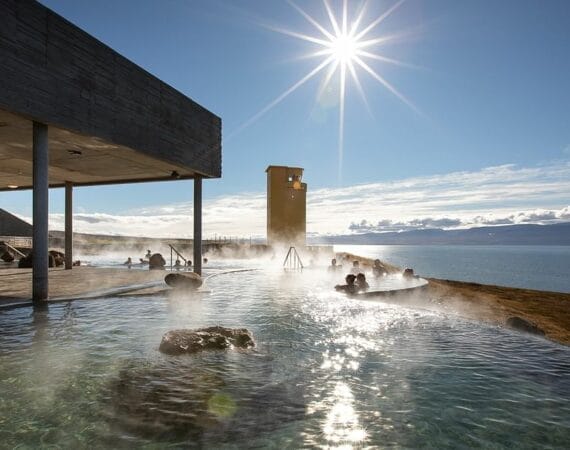
GeoSea Geothermal Sea Baths
Admission Ticket
From 6,490 ISK
More interesting articles.

Hiking in Kerlingarfjöll – Hiking Routes & Guides
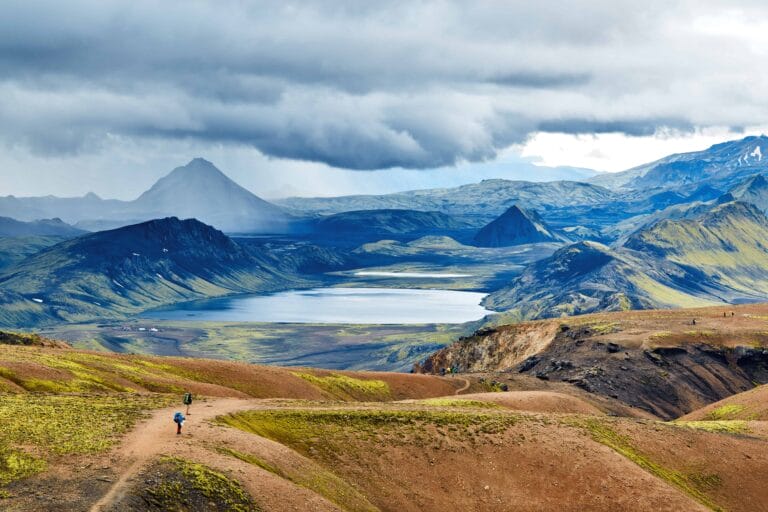
Hiking in Landmannalaugar | Hiking Routes
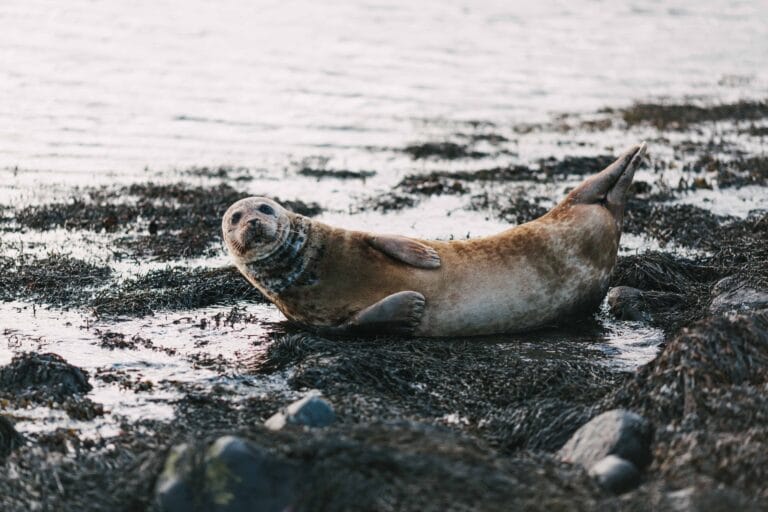
Seal Watching in Iceland – An Ultimate Guide
Most popular things to do in iceland.

Snowmobile Tours

Horse Riding Tours

Top Attractions in Iceland

Seljalandsfoss

Reynisfjara

Jökulsárlón

Blue Lagoon
Explore iceland by region.

Golden Circle
South iceland.

Snaefellsnes

West Iceland

East Iceland

North Iceland

Hidden Gems
- Search Please fill out this field.
- Manage Your Subscription
- Give a Gift Subscription
- Sweepstakes
- Travel Destinations A-Z
This Nordic Nation Was Named One of the Safest and Most Peaceful Countries on Earth — How to Plan the Perfect Trip
How to plan the perfect trip to the land of fire and ice.
Lindsay Cohn is a writer, editor, and avid traveler who has visited 45 countries across six continents — and counting. She contributes to Travel + Leisure, Hotels Above Par, InsideHook, Well+Good, The Zoe Report, and more.
:max_bytes(150000):strip_icc():format(webp)/Lindsay-Cohn-8b22fb2d452f46f5a256755f4d0f42a5.jpeg)
Best Hotels and Resorts
Best things to do, best restaurants, best time to visit, how to get there, towns and cities to know, how to get around.
Makito Umekita/Travel + Leisure
Iceland has become one of the top adventure travel destinations in the world. Though, in many respects, it still feels like a well-guarded secret. Perhaps that's because of its bountiful natural resources, empty roads that wind through the vast volcanic landscape, or the swaths of open land with nothing but wild horses and waterfalls for miles.
Not surprisingly, most travelers come to seek out the stunning natural beauty — from Skógafoss to Thingvellir National Park — and are ready for adventure. To that end, ecologists and environmentalists recommend not eating puffin or whale — sometimes presented to tourists — and following the leave no trace rule. That means taking all of your trash with you and sticking to marked paths to avoid harming the precious ecosystem.
Besides unimaginable scenery, Iceland provides a wealth of local culture. It's known for having warm hospitality and a strong national pride in its history and mythology. Reykjavik, the capital and largest city brims with museums, churches, cozy restaurants, and bars. Icelanders are quite friendly and helpful. It’s the most peaceful country in the world, according to a recent Global Peace Index report, and the crime rate is extremely low. All this makes it an excellent destination for worry-free solo travel.
Ready to plan an epic trip to the land of fire and Iceland? Scroll on for expert-approved picks for the best places to explore, eat, drink, and stay.
The Retreat at Blue Lagoon Iceland
Susmita Baral/Travel + Leisure
A spa lover's dream, The Retreat at Blue Lagoon Iceland ranks among the most upscale and relaxing stays in the country. On the pampering side of things, it has an award-winning subterranean spa for mind-body treatments and a private lagoon fed by healing, geothermal waters. Guests also get to enjoy morning yoga, Icelandic coffee time, Michelin-starred dining, and modern suites. "The property is a great choice for the end of an Iceland trip," said Susmita Baral, Travel + Leisure 's travel editor. "Not only is it a great way to relax and indulge in self-care before returning home, but it's also just 20 minutes from the airport."
The Reykjavik Edition
The Reykjavik Edition is a luxury hotel right in the heart of downtown. In addition to a prime location, the newly built property possesses contemporary rooms and a sleek spa with a hammam, steam room, and sauna. Ryan Connolly, owner and a guide for Hidden Iceland , suggests heading up to the rooftop bar in the winter months for cocktails, a lively atmosphere, and a chance to spot the northern lights on a clear night.
Highland Base at Kerlingarfjöll
Surrounded by the remote, untouched wilderness of Iceland’s central highlands, the newly minted Highland Base at Kerlingarfjöll supplies the ideal home base for adrenaline-fueled adventures. There are special packages for northern lights chasers and snowmobile enthusiasts. After all the thrills, tuck into a cozy sanctuary with neutral decor, sweeping views, and protection from the elements. "Whether you want to explore the outdoors or stay in, this hotel is truly a cozy base," said Baral. "There's even an underground passageway so you can access the restaurant and other parts of the property without stepping foot outside."
Panorama Glass Lodge
If you’ve ever dreamt of glimpsing the northern lights from the comfort of bed, Panorama Glass Lodge in southern Iceland will turn those fantasies into reality. “The tiny cabins in the middle of nowhere are completely made of glass and come with both private hot tubs and saunas to warm up on cold days and nights,” says Kyana Sue Powers , Iceland expert and travel advisor.
Hotel Rangá
Courtesy of Hotel Rangá
Imagine staying at the base of a volcano! Hotel Rangá boasts such a unique location that it's almost always booked at the height of the season. Available tours emphasize the beauty of the stars and northern lights as well as the luxurious experience of geothermal baths. It’s also a great launchpad for outdoor activities such as hiking and kayaking.
Golden Circle
Christopher Larson/Travel + Leisure
The most popular tourist route in Iceland, the Golden Circle is an easy path between three stunning, famous natural spots: Thingvellir National Park , the Geysir geothermal area , and the Gullfoss waterfall. You can either drive or arrange a guided tour.
Diamond Circle
nicolamargaret/Getty Images
Located in northern Iceland, the Diamond Circle has four primary stops: Lake Mývatn, Dettifoss waterfall, Ásbyrgi glacial canyon, and the fishing town of Húsavík (home to the Húsavík Whale Museum). Such scenic and cultural wonders make it one of Iceland's most popular sightseeing routes.
South Coast
Tours of Iceland’s south coast typically begin in either Reykjavik or Vík and bring travelers to many striking natural sights — namely the famous Eyjafjallajökull glacier and Skógafoss, a towering waterfall that often produces a rainbow on sunny days. Other highlights include the Jökulsárlón glacier lagoon, Seljalandsfoss waterfall, Sólheimajökull glacier, and Reynisfjara black-sand beach.
Blue Lagoon
While Iceland brims with rugged adventures, it’s also a great place for relaxing. Situated in a lava field near Grindavík, the Blue Lagoon is a bucket-list geothermal spa that’s famed for its mineral-rich waters and mud. It’s the perfect spot to spend the day soothing sore muscles and unwinding. (Pro-tip: If you don't want your hair feeling like straw, be sure to lather it in conditioner when you're changing at the property.)
Ice Cave Tour
Ratnakorn Piyasirisorost/Getty Images
One of the most unique features of Iceland, the natural ice caves form in late fall, gleem blue all winter, and melt in the spring. “This makes each visit truly unlike any other,” says Connolly. Due to the rough terrain and the need for glacier safety training, it’s essential to go with a guide. “ KatlaTrack offers tours to the best and most accessible ice caves every year.”
OX Restaurant
One of the best and most unique dining experiences in Iceland, Michelin-starred OX Restaurant serves flavorful fine dining dishes in an intimate, 16-seat counter setting. “The chef doesn’t just prepare incredible food with local products but also shares the story of where the ingredients came from and the inspiration behind the dishes,” adds Connolly.
Hailed as the best new restaurant in Reykjavik by both critics and diners, Oto is a rather unique concept. “On paper, a culinary fusion of Japanese and Spanish influences made with Icelandic ingredients sounds quite unconventional. I’m this case, thinking outside the box results in some exceptional sharing dishes,” says Connolly. “Don’t forget to try the cocktails and mocktails.”
Fish Company
Tucked inside the old Zimsen building, a former store built in the 19th century, the Fish Company feels at once contemporary and cozy — a style also reflected in the seasonally influenced menu. Chef Lárus Gunnar Jónasson whips up gourmet fare with an emphasis on local seafood and other fresh Icelandic ingredients.
You have to take a 45-minute ferry to the Westman Islands to reach Næs (pronounced like "nice"). “I make the trip time and time again because it’s such a lovely place with delicious food,” says Powers. “The sweet tomatoes and stracciatella alone are well worth the journey.
Moss Restaurant
The perfect place to celebrate a special occasion or savor a spectacular post-spa meal, the Michelin-starred Moss Restaurant occupies the top floor of the Blue Lagoon Icelandic ingredients shine in wildly creative ways through chef-prepared coursed menus — including a vegan option. "Every course was delicious," said Baral, "But I will say the cod crisps were addictive — light, crispy, and flavorful. It was created to use the entire fish and minimize food waste."
Powers advises to “ask for a tour of the wine cellar, where world-class vintages are held underground in an alcove between volcanic rocks.”
Iceland is a country of extremes in many ways. The best time to visit really depends on what you’re hoping to see and do. Peak viewing season for the northern lights stretches from September through March, but the country also gets quite cold then and daylight only lasts about five hours. Connolly also steers visitors away from attempting to navigate Route 1 between mid-October and mid-April. "Regardless of how good or skilled of a driver you are, it’s about changing weather and road closures.”
The period between early June and late August brings temperate weather for visiting countless natural wonders. Travelers should be advised to bring a sleeping mask — at the height of summer, the sun stays up until the middle of the night.
Icelandair and PLAY operate low-cost direct flights between many major U.S. airports and Reykjavik. You can usually score a deal, which makes a trip to Iceland — or a multi-day stopover on the way to another European destination — an economical (and exciting) option.
Reykjavik: Vibrant, welcoming, and gorgeous, Reykjavik is the capital and most popular tourist destination in Iceland. This makes sense given that it’s the largest city, close to the airport, and in the middle of some of the most famous landmarks.
Kridtin Wongpoovarak/Getty Images
Akureyri: Sometimes referred to as the “capital of the North,” Akureyri is a port city at the base of Eyjafjörður Fjord that’s home to Akureyri Church, the Akureyri Botanical Garden, and some of the best whale watching in the world, plus
Húsavík: Most people visit Húsavík to see Húsavíkurkirkja, the iconic wooden church built in 1907. Travelers will also enjoy the geothermal baths and Húsavík Whale Museum.
Höfn: Primarily known for scenic views of the Vatnajökull glacier, the largest ice cap in Europe, the fishing town of Höfn in southeast Iceland also supplies shoals and beaches that make it a popular film location.
Vík í Mýrdal: A village of just 300 people, Vík í Mýrdal (or just Vík) ranks among the most popular stops on the Ring Road for those taking the south coast sightseeing route. Two of Iceland's most iconic waterfalls — Skógafoss and Seljalandsfoss — sit between Reykjavik and Vík, making the two-and-a-half-hour drive more than worth it. On clear days, the Eyjafjallajökull and Mýrdalsjökull glaciers are visible, too. However, the biggest draw is without question the black-sand beach of Reynisfjara.
Ísafjörður: Surrounded by sweeping vistas, Ísafjörður hosts Iceland's popular musical festivals — the Ísafjörður Rock Festival and Við Djúpið Music Festival. "If you make it here, definitely visit Tjöruhúsið for a meal," said Baral. "The restaurant serves the daily fresh catch in a family-style buffet in the warmer months."
Vestmannaeyjar: A volcanic archipelago off Iceland’s south coast Vestmannaeyjar (or the Westman Islands) is accessible by ferry. It’s a must-visit to see some diverse wildlife — including puffins and Beluga whales.
Iceland has one main highway, called Ring Road or Route 1. As you might expect based on the name, it goes all the way around the island country. Many of the most famous and beautiful natural wonders sit along or near this route. Most travelers start in Reykjavik, the city closest to Keflavík International Airport (KEF), and either rent a car and do a self-drive itinerary or arrange a multi-day tour through one of the many local operators. Within the capital, it’s possible to utilize the public bus service or take a shuttle to attractions such as the Blue Lagoon.
About Iceland
Visa information, geography of iceland, general information, the northern lights, volcanic eruptions, sustainable travel, iceland academy, plan your trip, how to get there, accommodation, things to do, map your journey, getting around, visitor numbers, carbon footprint, destinations, the regions, scenic routes, national parks, trip suggestions, towns & villages, inspiration, food and beverages, lbgt+ travel, escape the ordinary.
Read handpicked articles to get you inspired by Iceland

Somebody Feed Phil Foodtrail in Iceland
Looking for those places where Phil ate? Here are the stops he made while in Iceland.
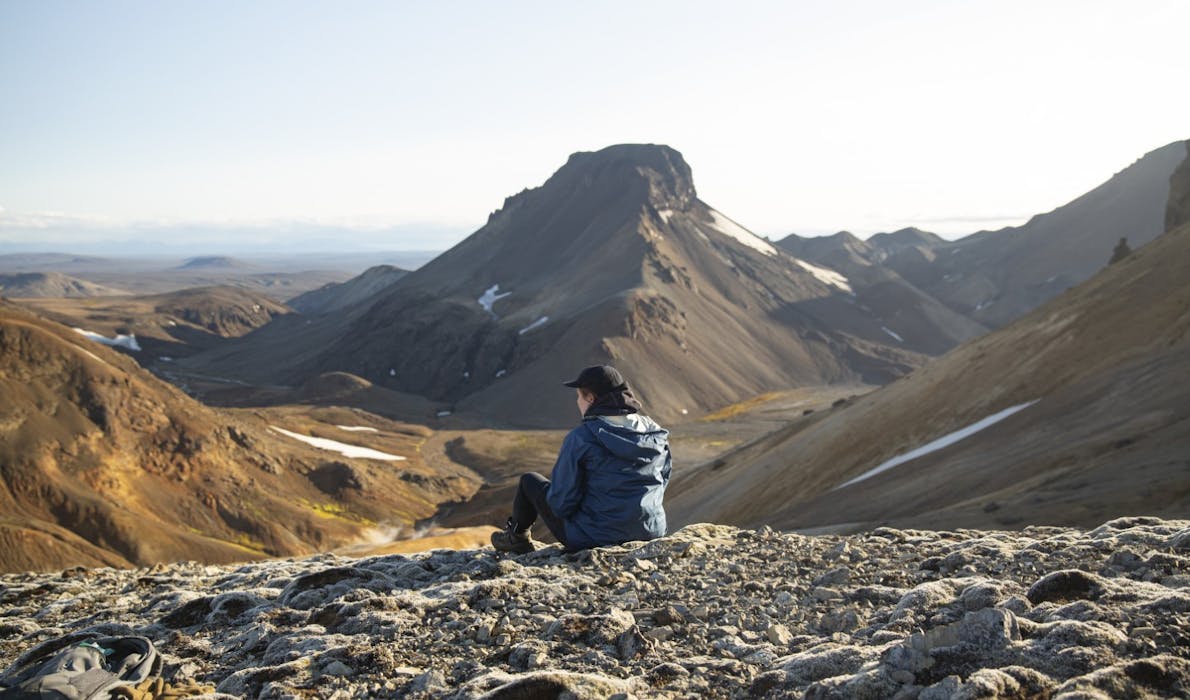
Planning a trip to Iceland
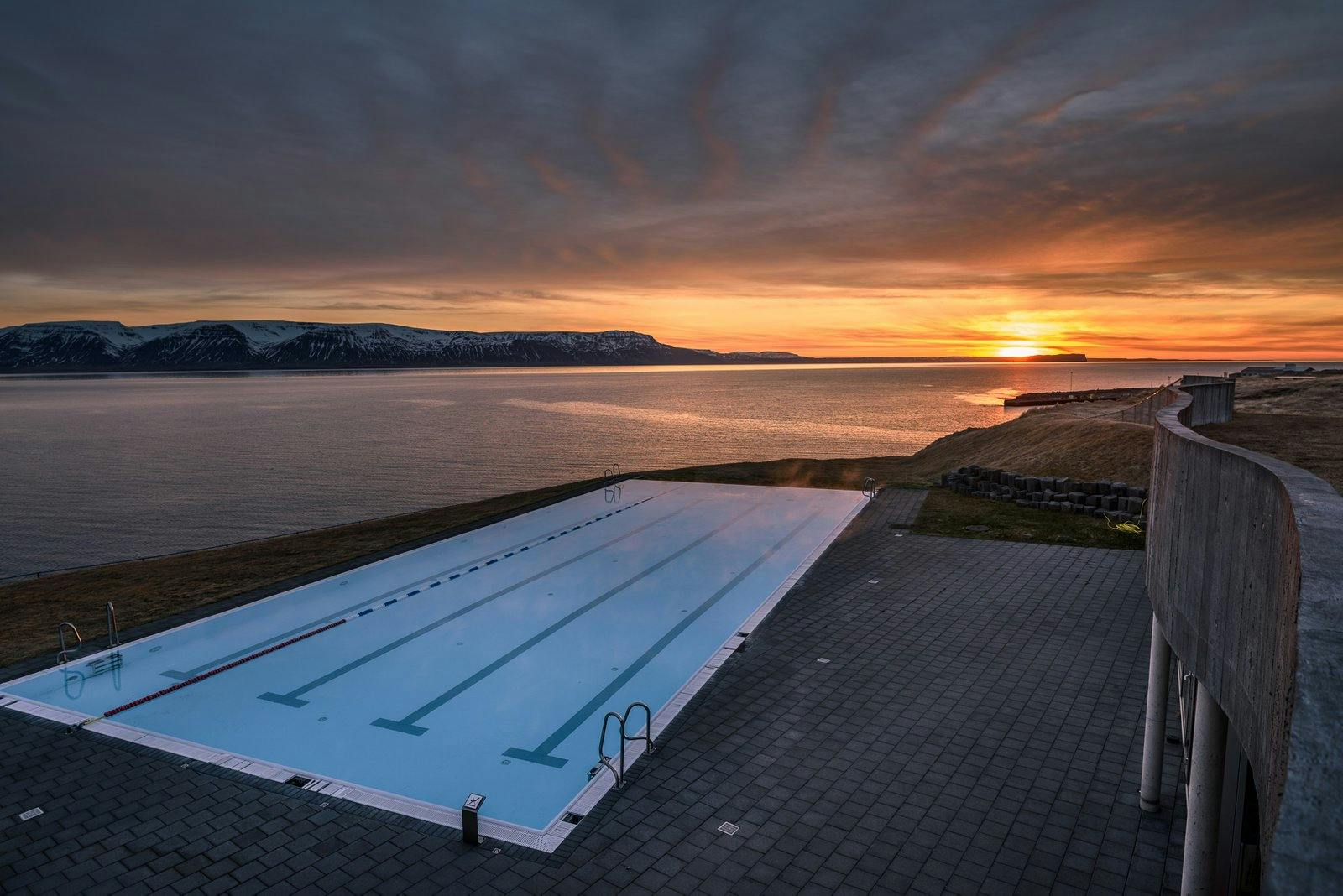
Swimming pool culture in Iceland
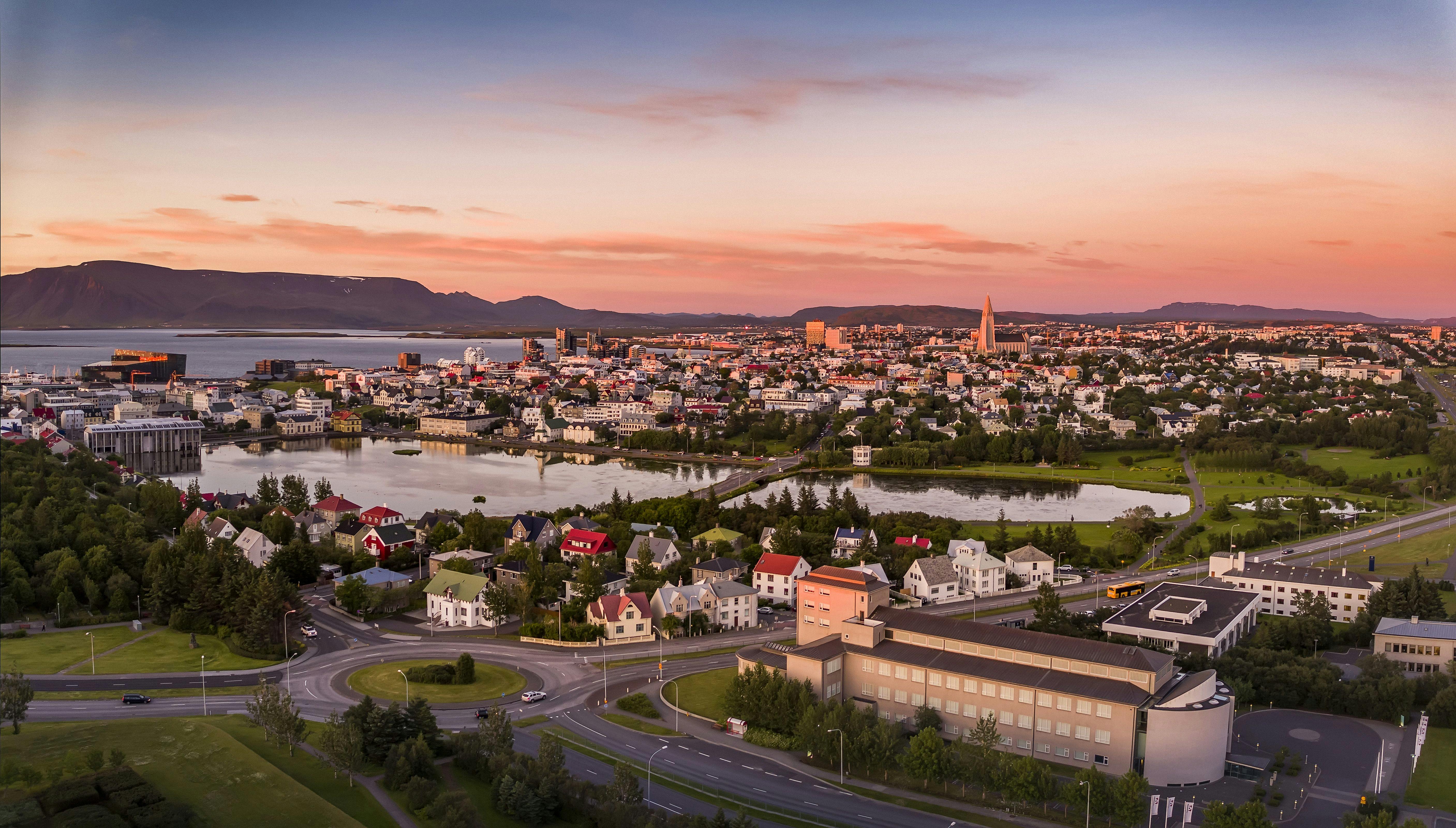
Reykjavík Weekend Getaway
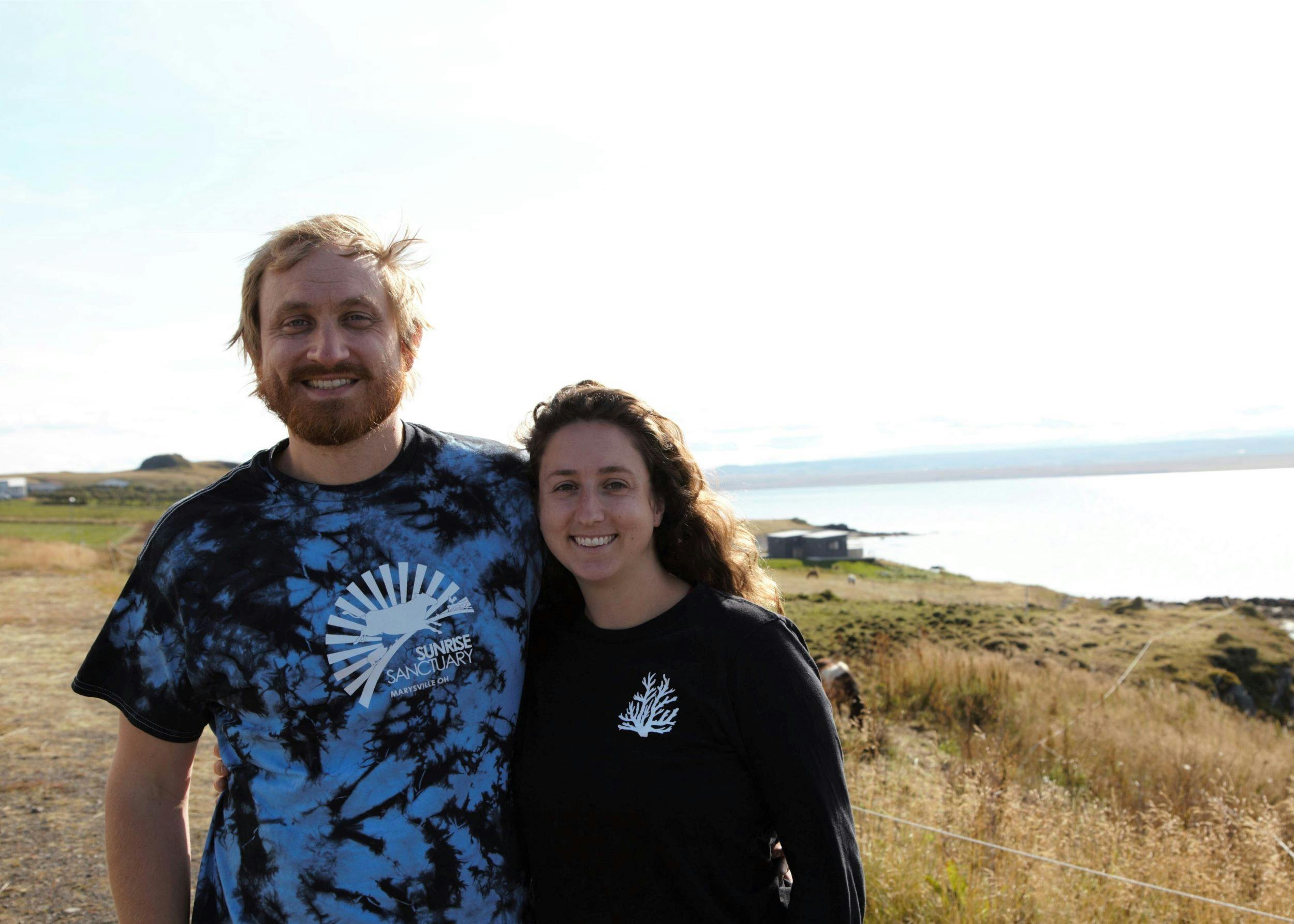
Iceland travel advice - from one tourist to another

LGBT+ Travel in Iceland

Volcanic eruption on the Reykjanes Peninsula

16 places of Character and Charm to eat for Every Corner of Iceland
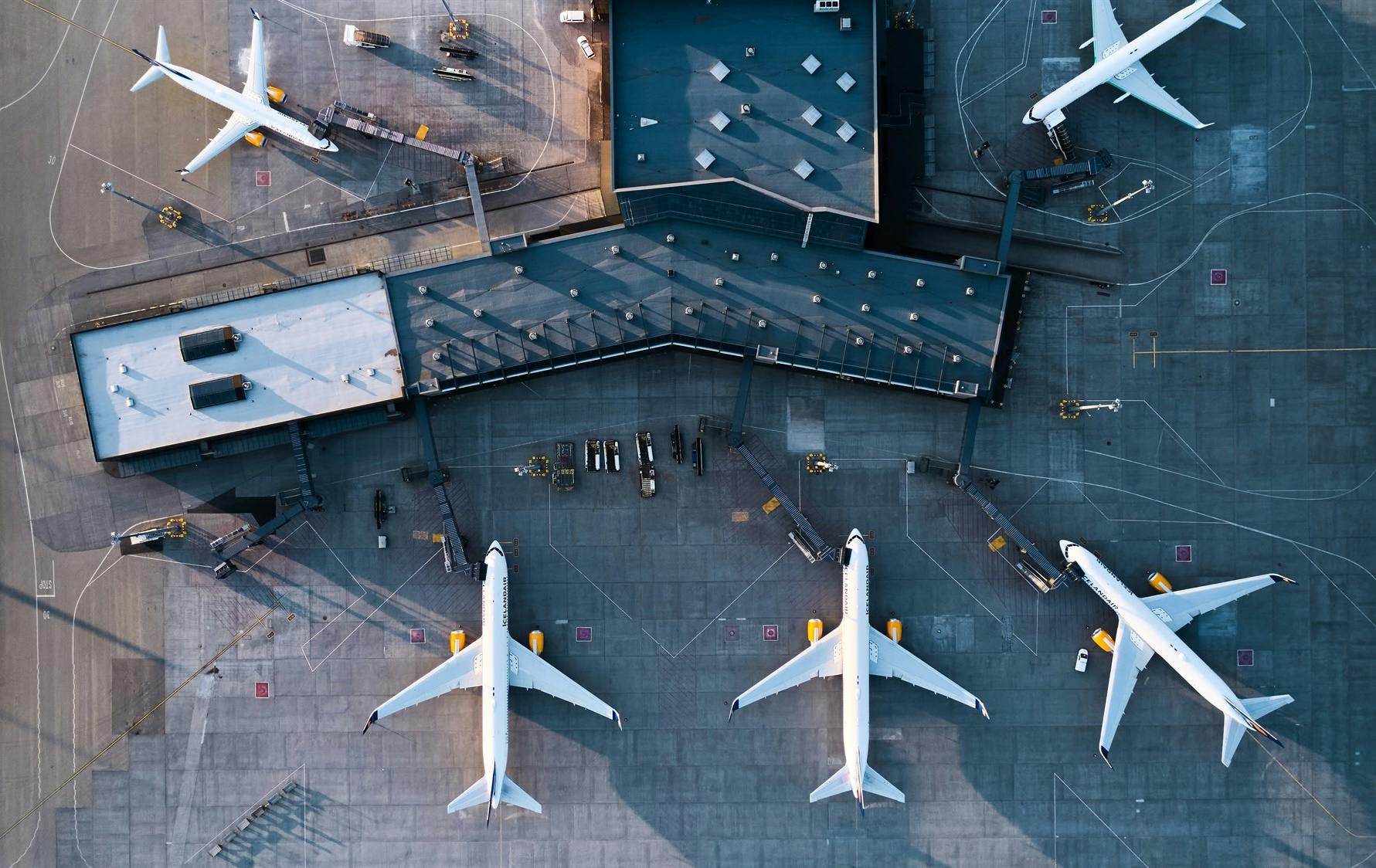
How to Get to Iceland
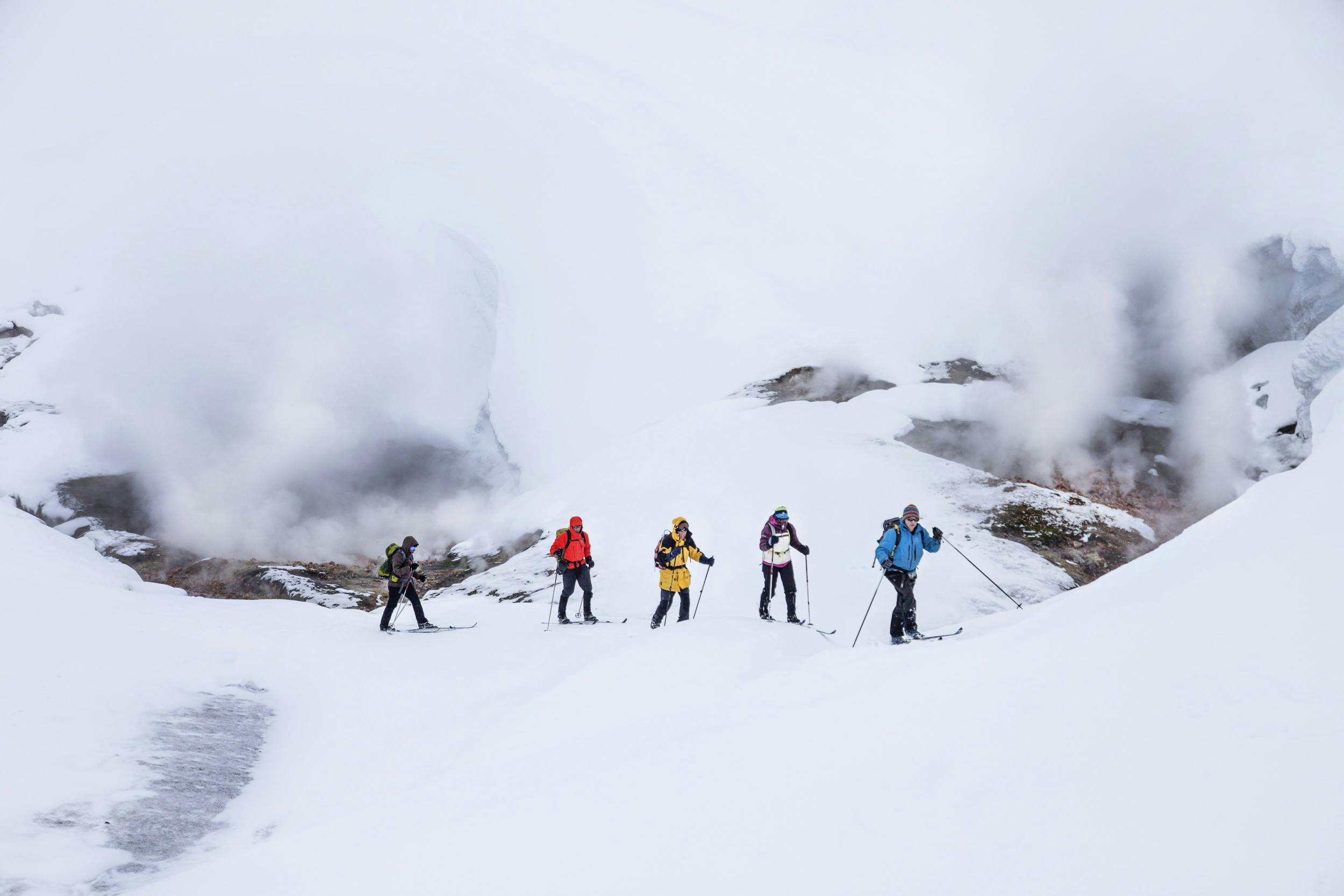
It’s snow outside: Winter activities for beginners and pros

Minibreak North Iceland

Reykjavík on the Rocks - Five geosites in the Capital Region
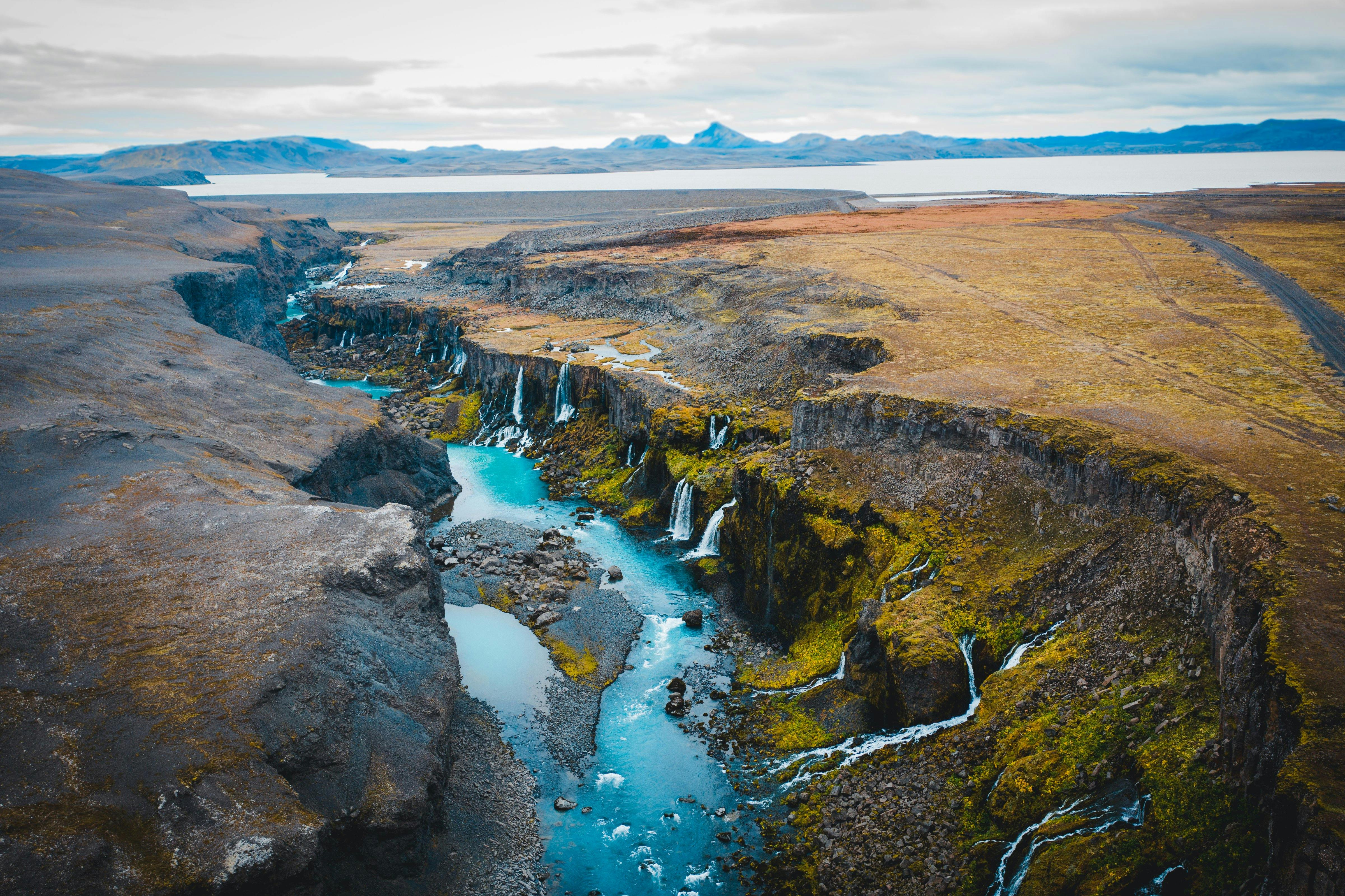
Nature's Alchemy: Exploring Iceland's geosites

Iceland for lovebirds

How to capture the Northern lights with a smartphone
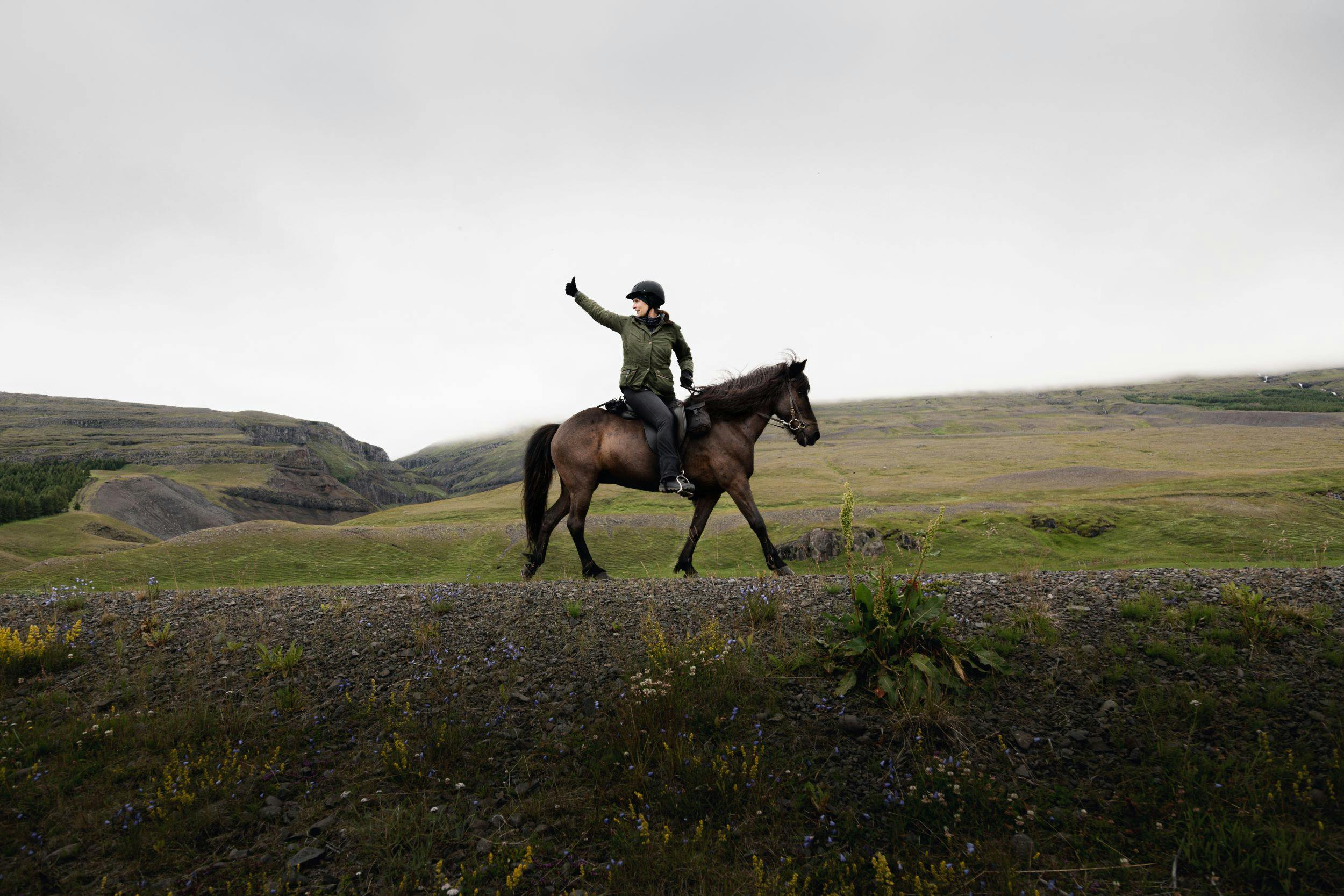
6 Unforgettable riding tours in Iceland
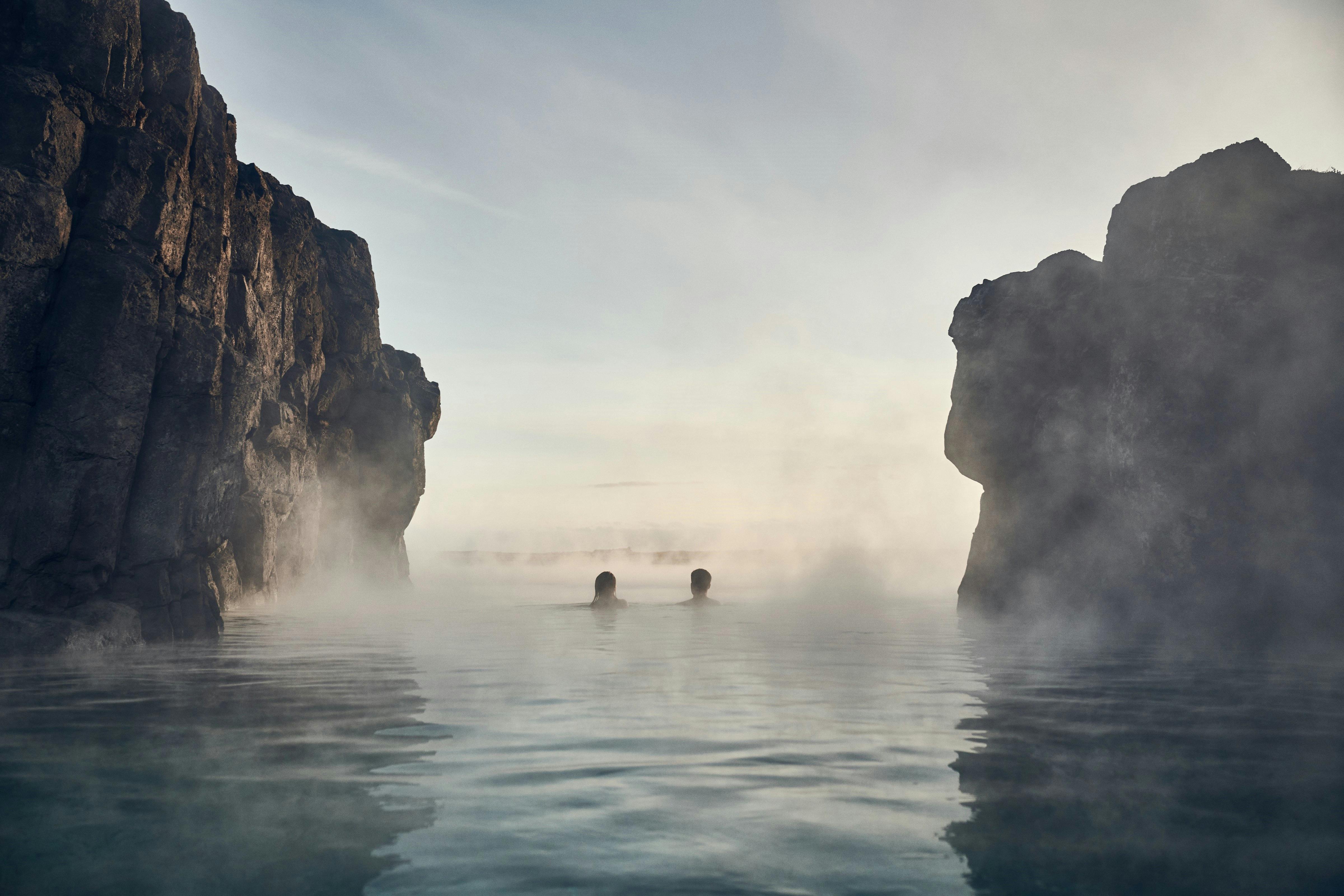
The Reykjavík Triangle of Hot Resorts
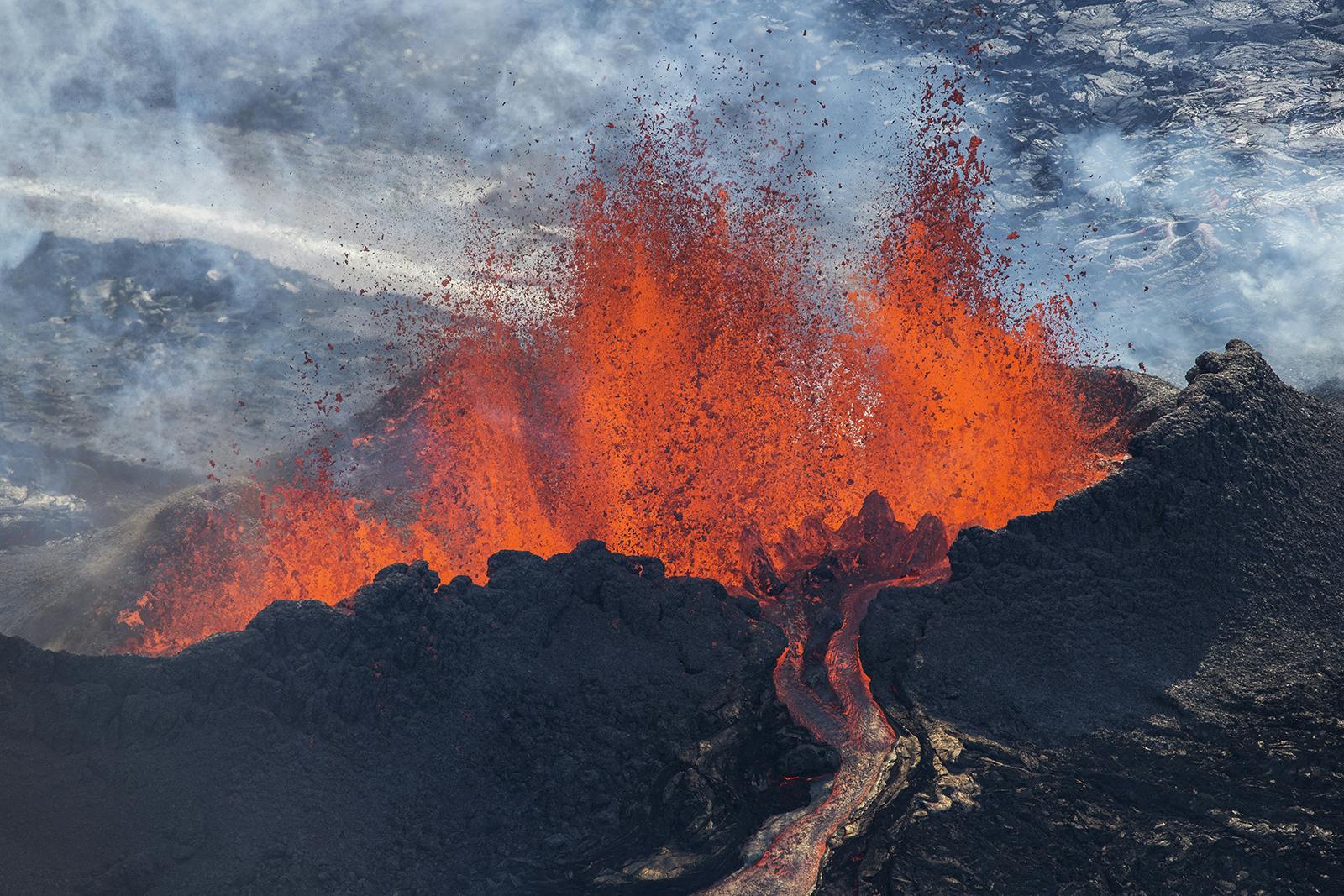
Volcanoes of Iceland
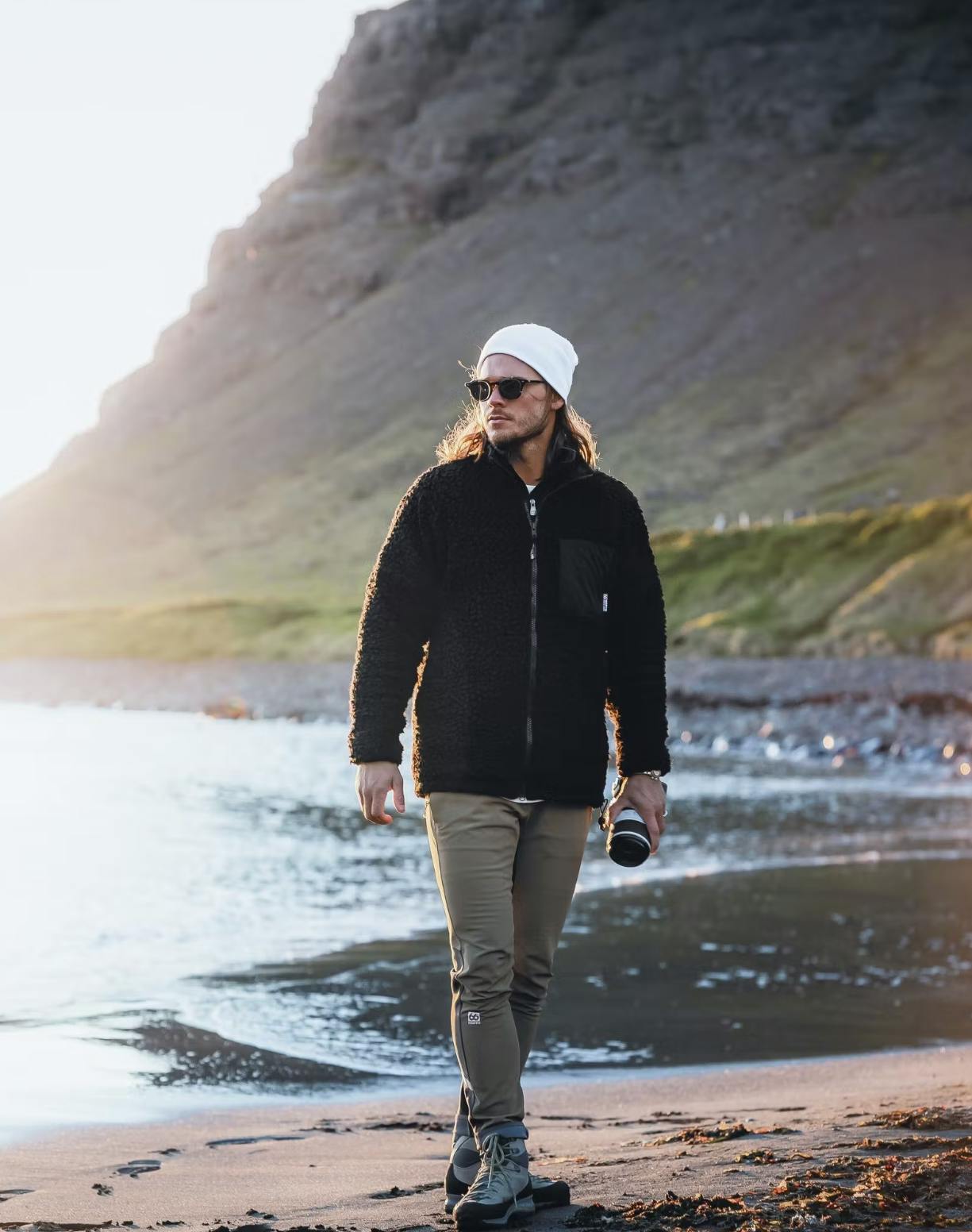
What to wear in Iceland

New destinations in 2024
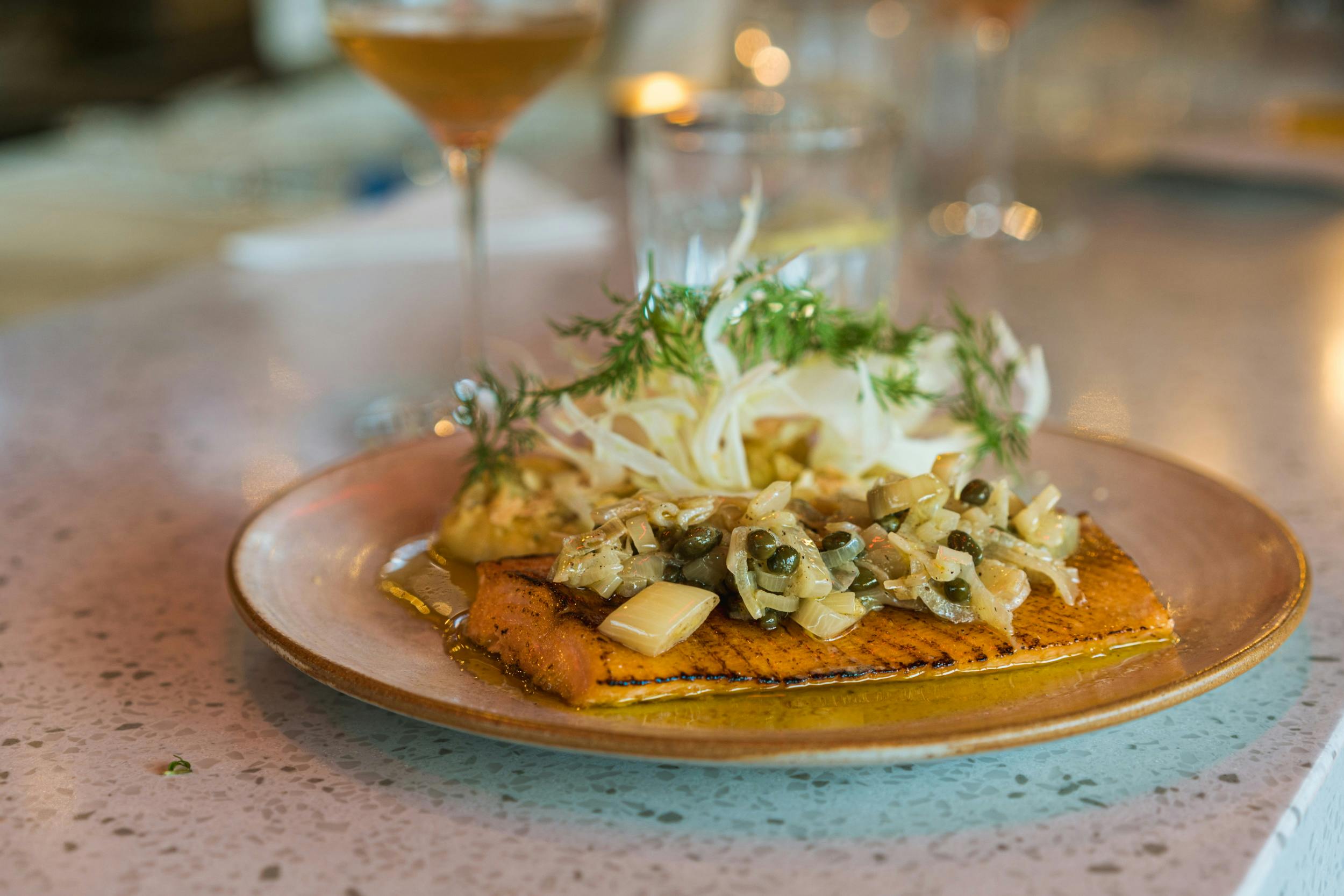
Mapping the best places for food and drink in Reykjavik

How to practice your hobby in Iceland
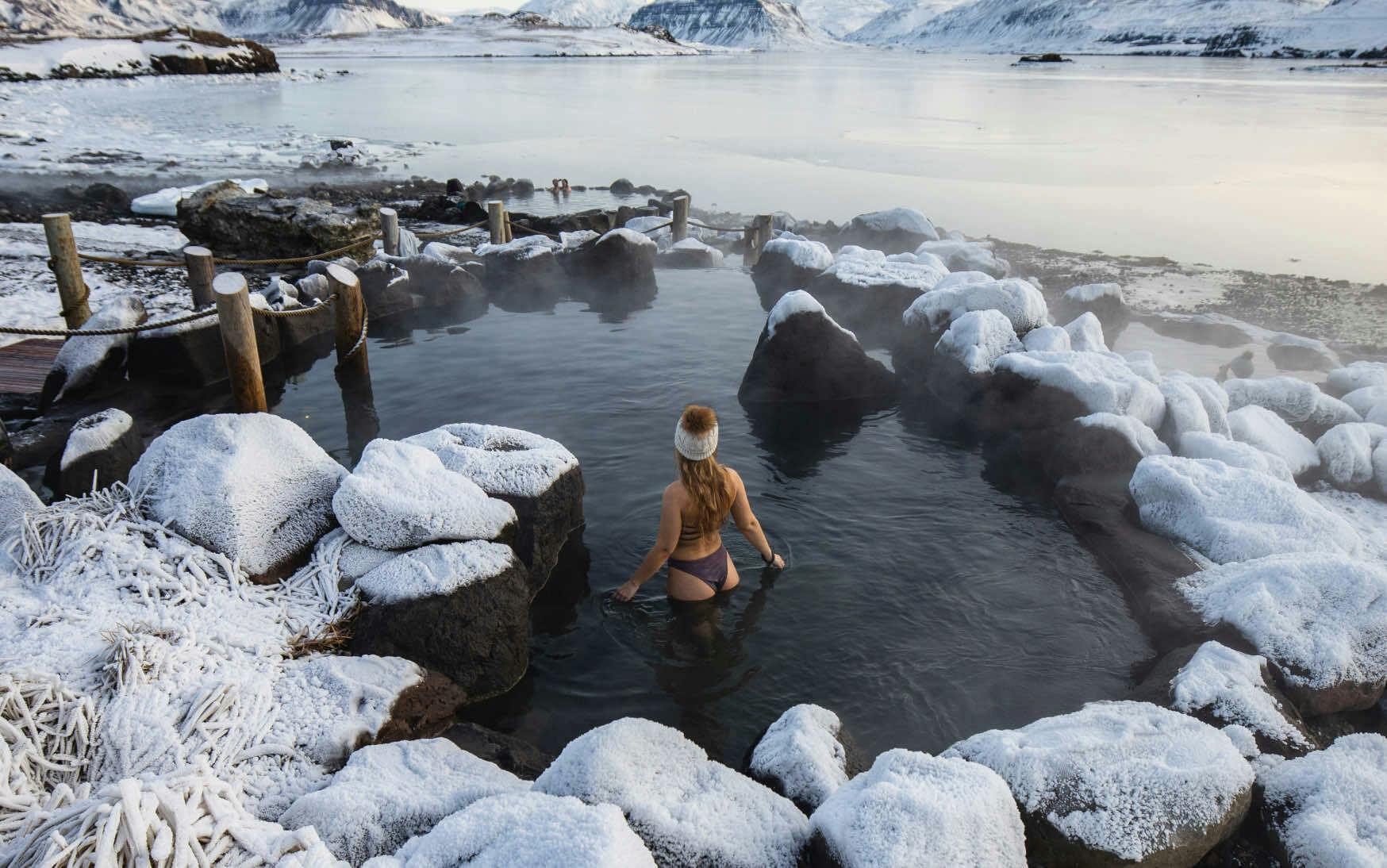
A day-trip from Reykjavík: Discover the Whale Fjord
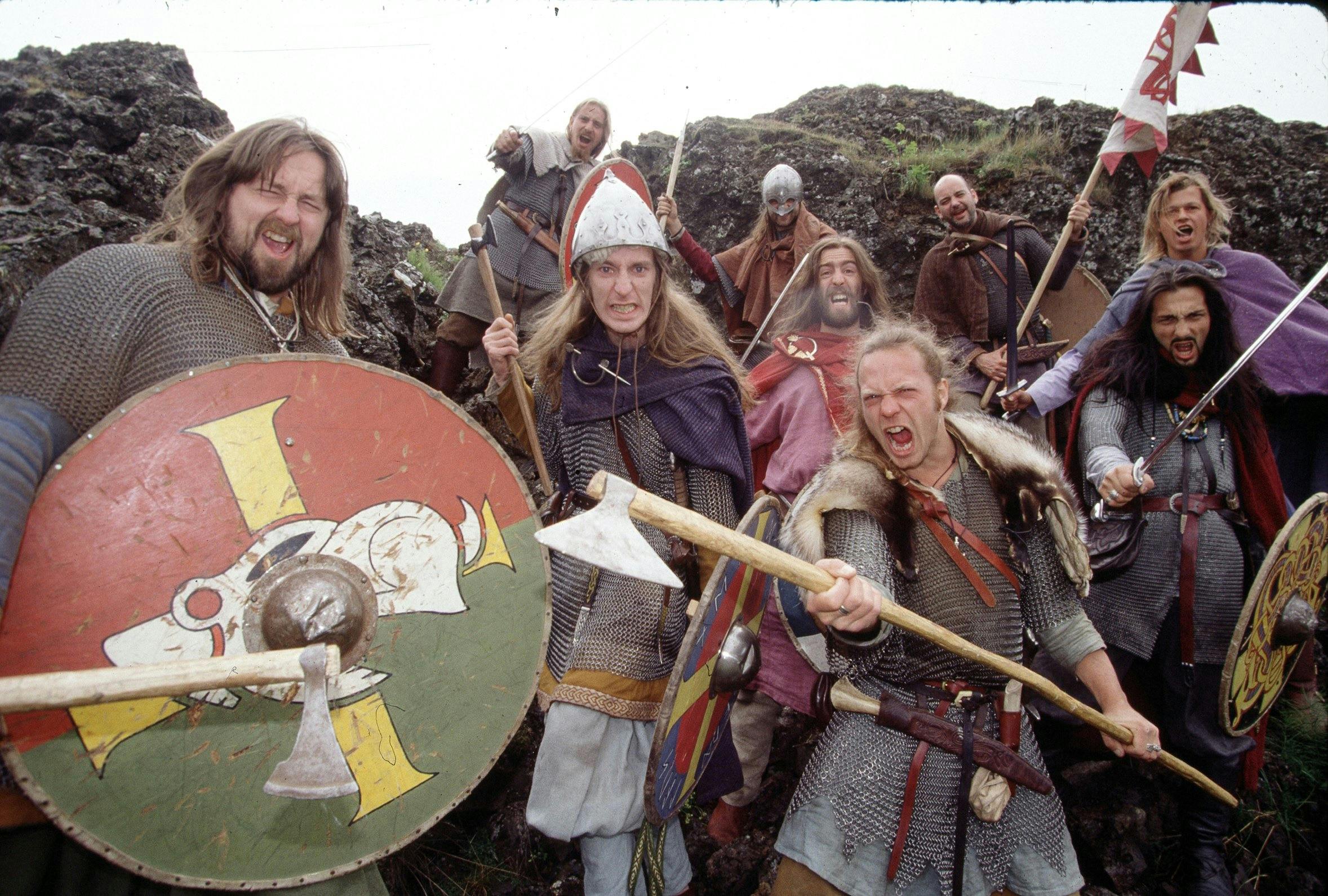
Key Locations for Viking History in Iceland
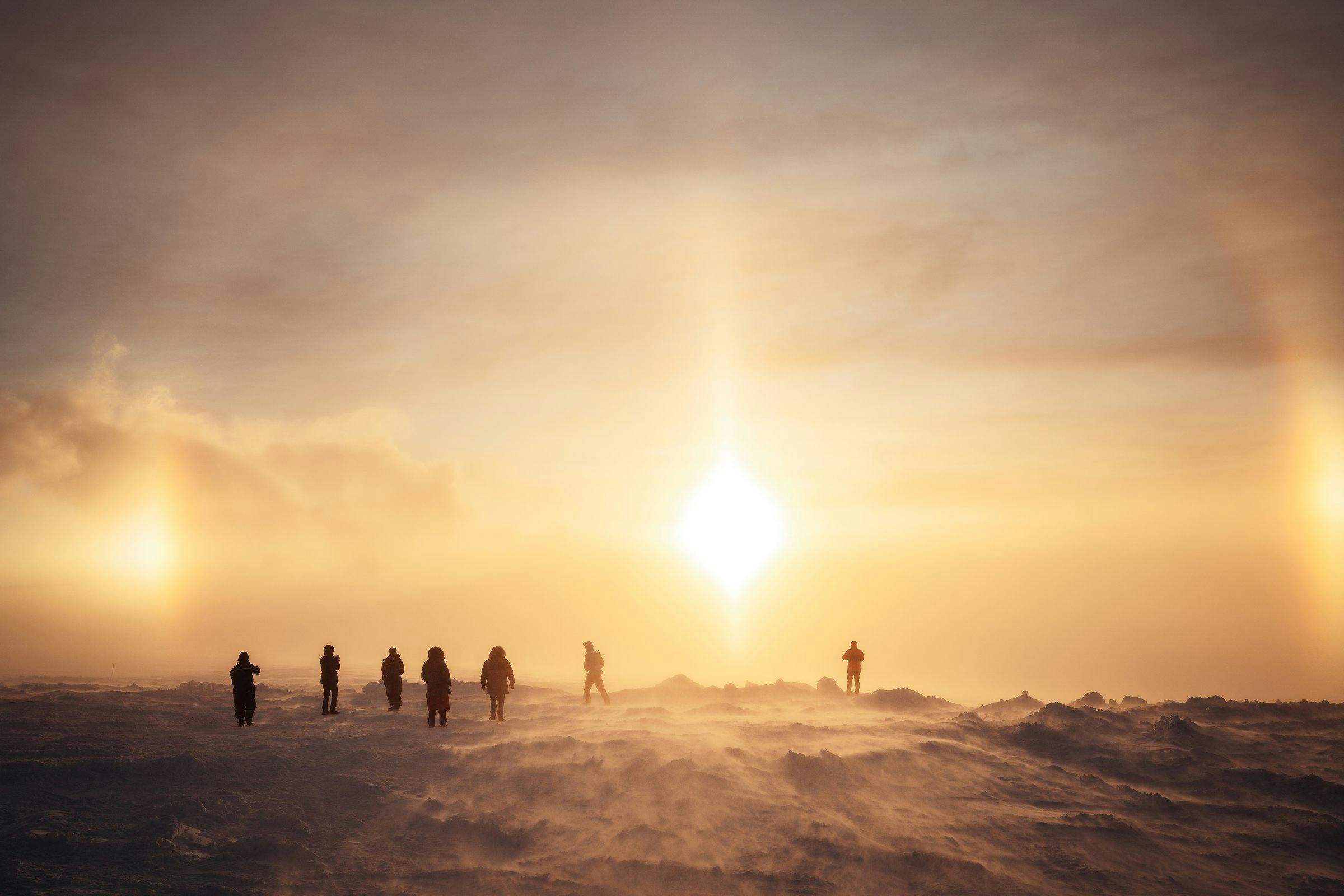
Iceland's Three UNESCO World Heritage Sites
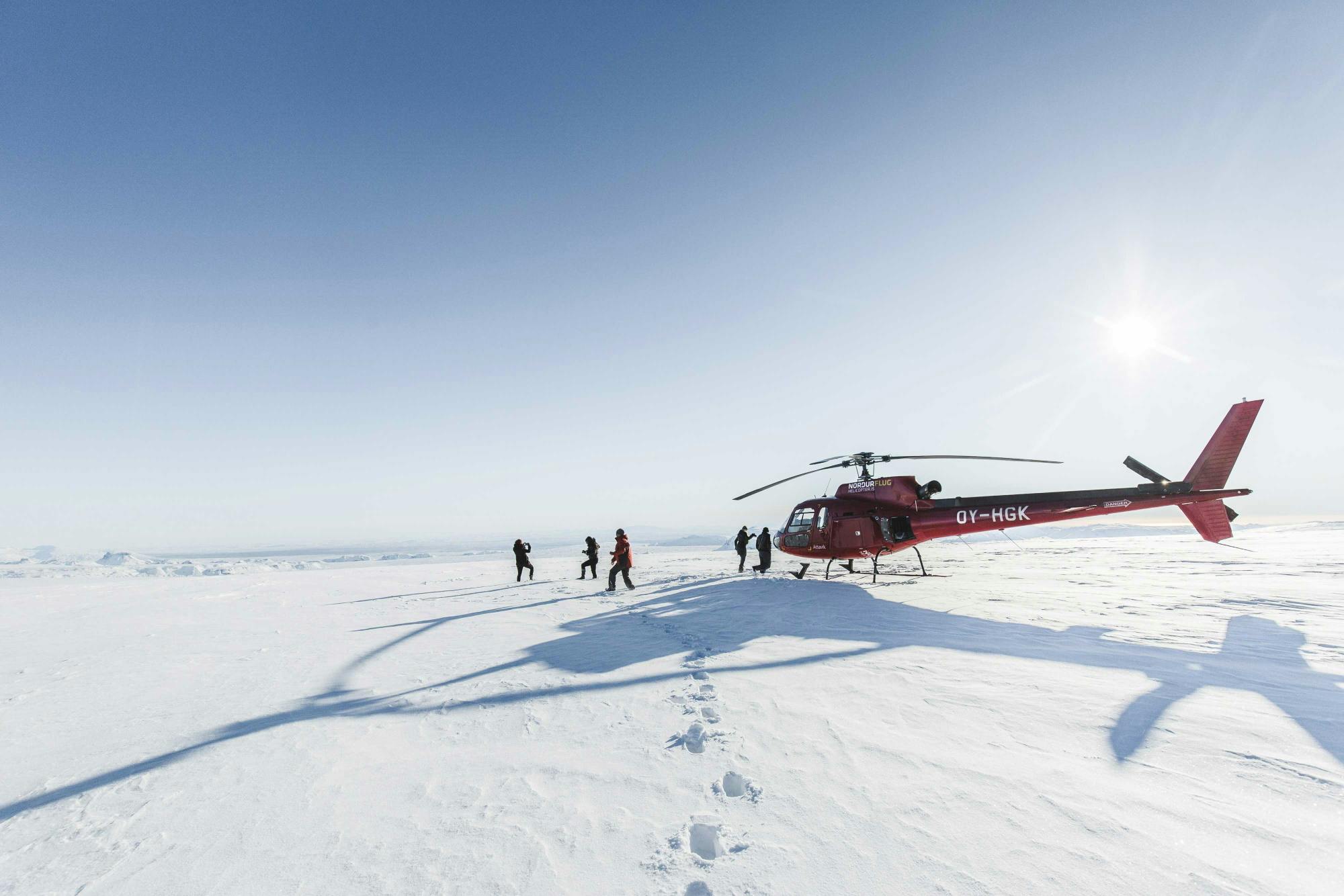
Incredible travel experiences money can indeed buy
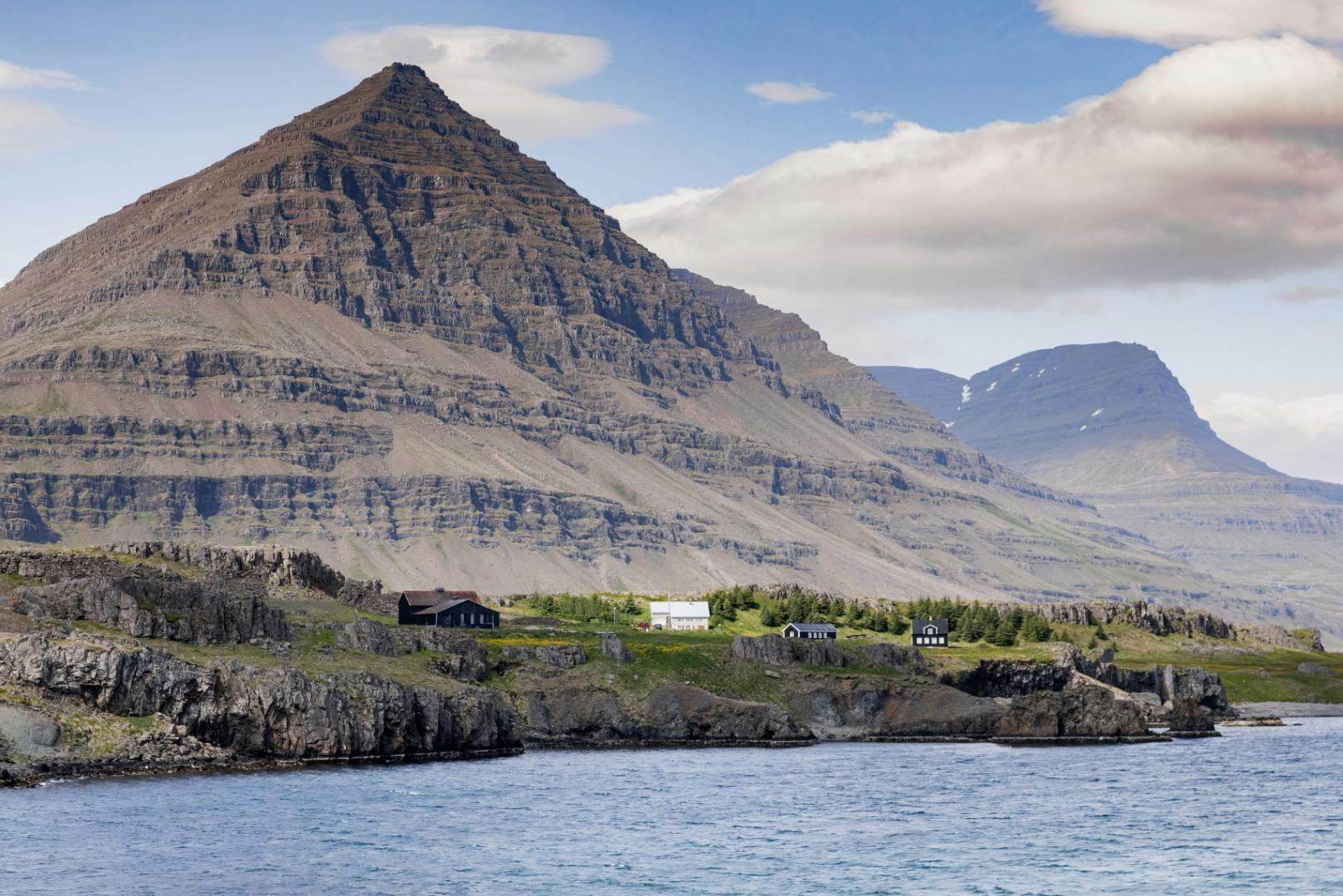
Around Iceland in 14 days

Sustainability travel tips
.jpg?ixlib=gatsbyFP&auto=compress%2Cformat&fit=max&w=2400&h=1600)
Dalvík and Around: Ride Fjords and Moutains In Every Season

Safe travel in Iceland
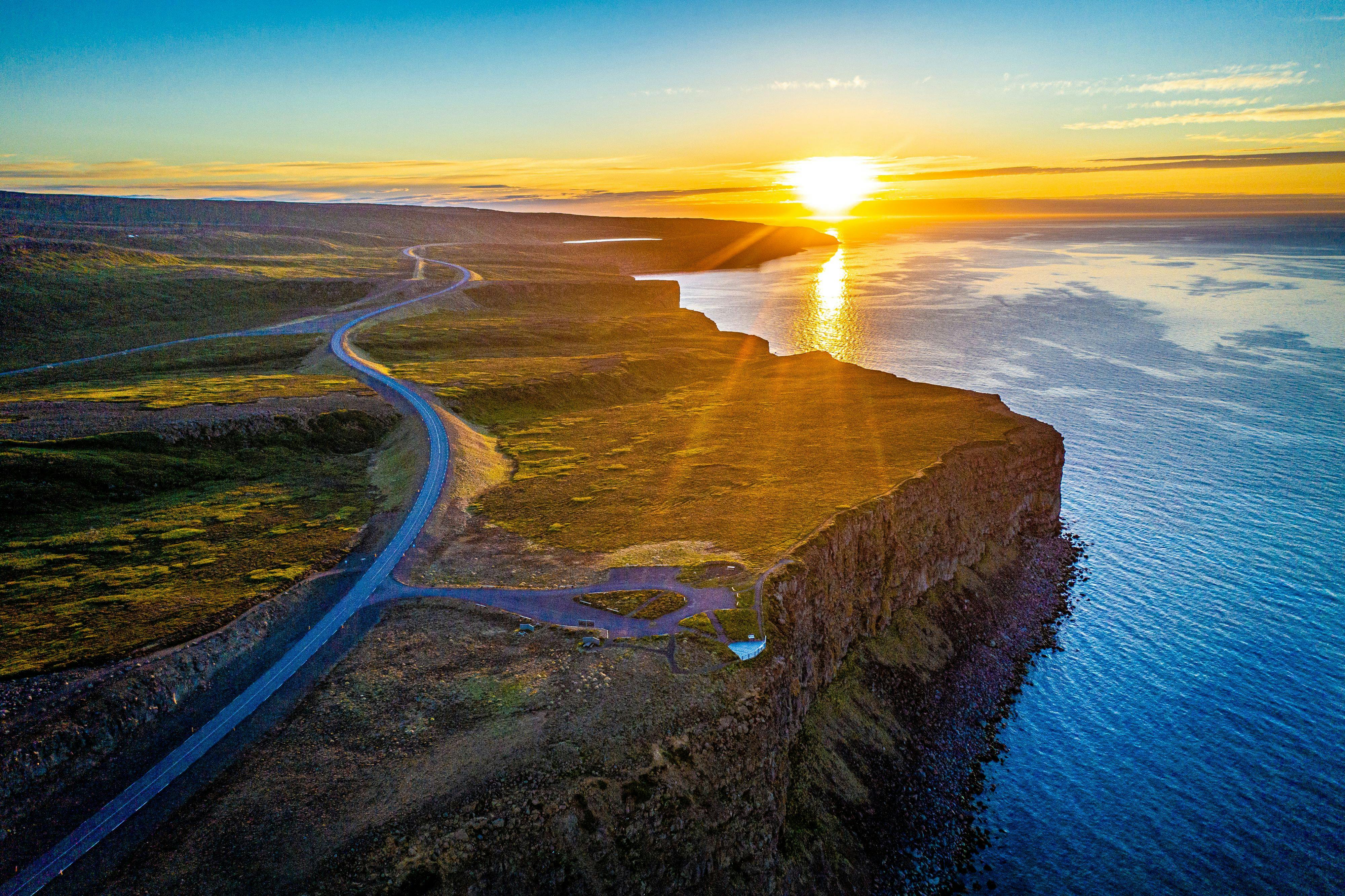
Arctic Coast Way
_Diamond.jpg?ixlib=gatsbyFP&auto=compress%2Cformat&fit=max&w=2000&h=1333)
The Diamond Circle

Vatnajökull National Park
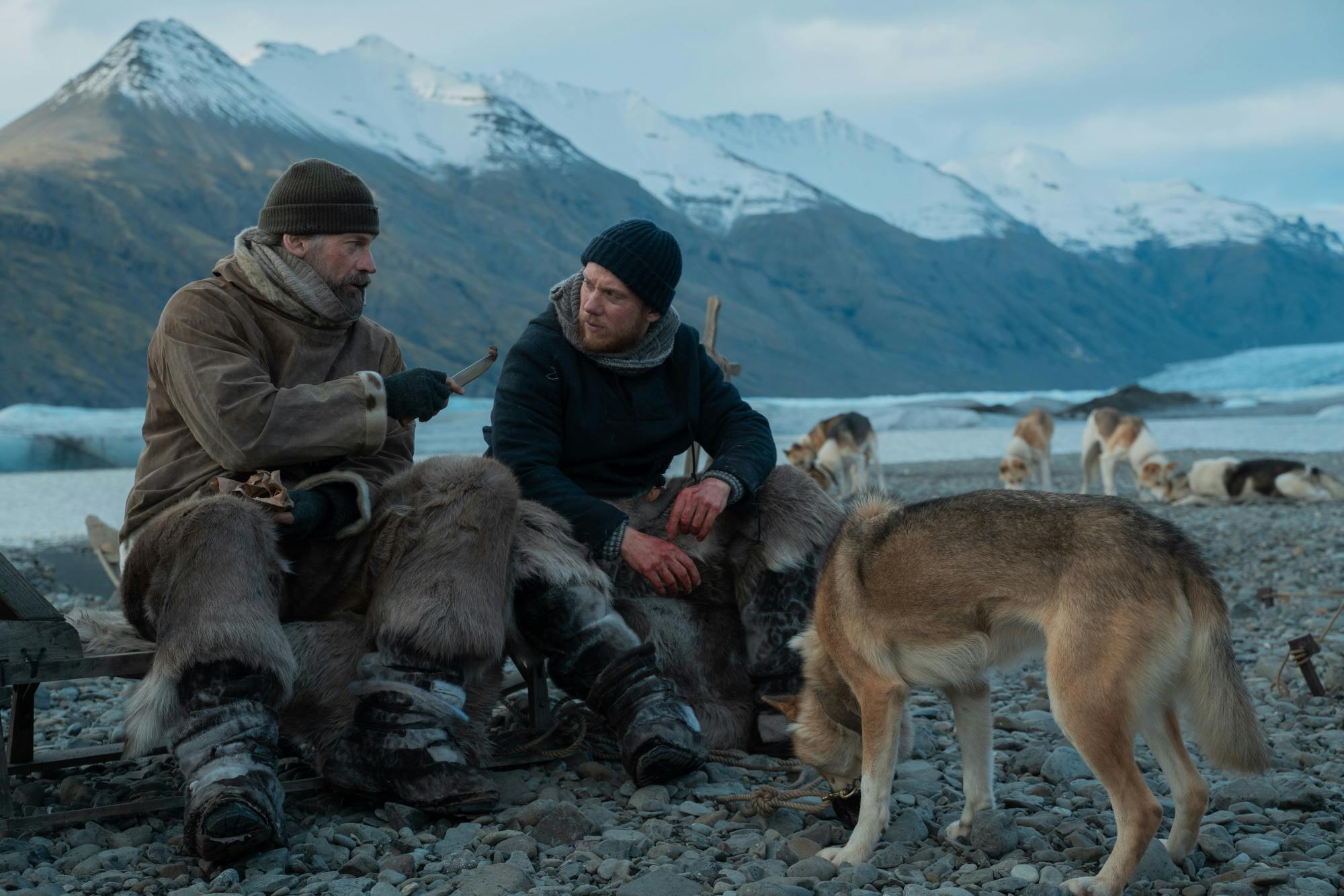
Famous film sights in Iceland
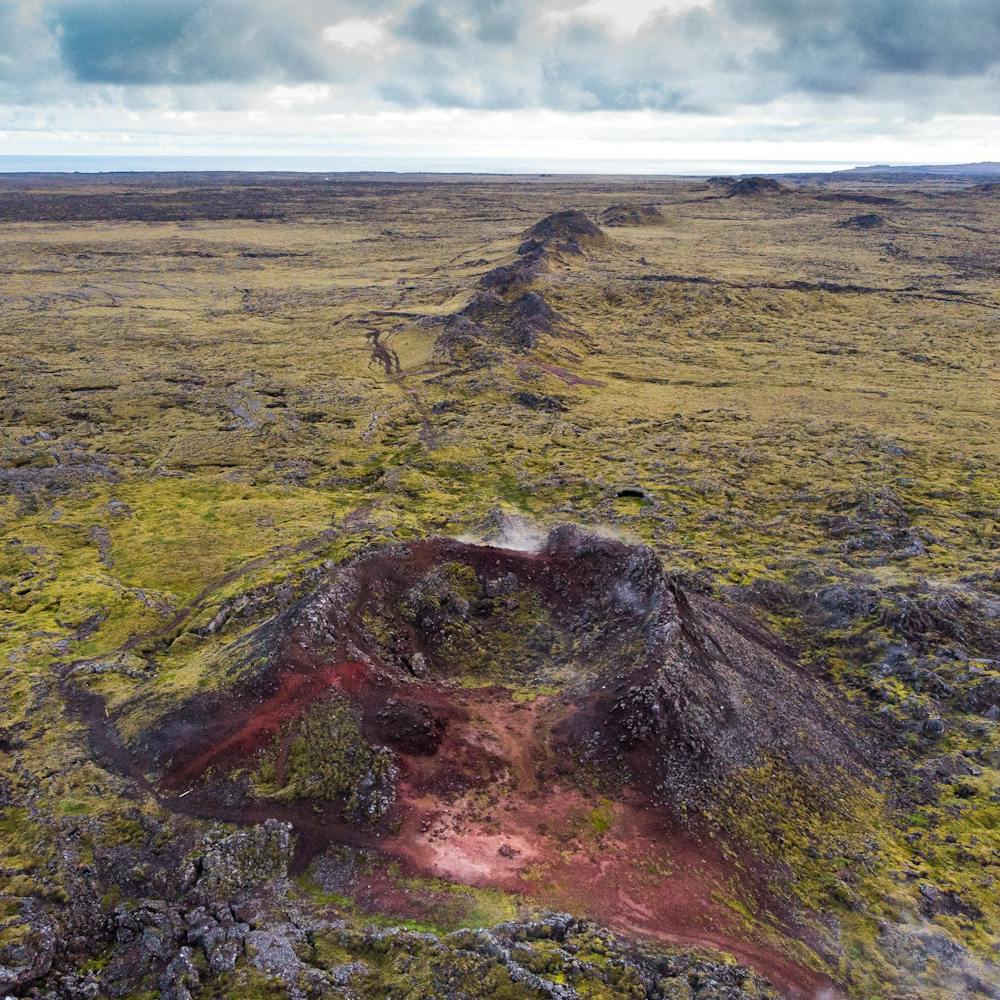
VOLCANIC ACTIVITY ON THE REYKJANES PENINSULA
Since 2021, the Reykjanes Peninsula has witnessed a surge in seismic activity, including several volcanic eruptions. Despite this, Iceland has remained a safe and open destination for travelers. For a detailed look into the recent volcanic activities and their safety implications, the Icelandic Meteorological Office offers insights through this informative video.
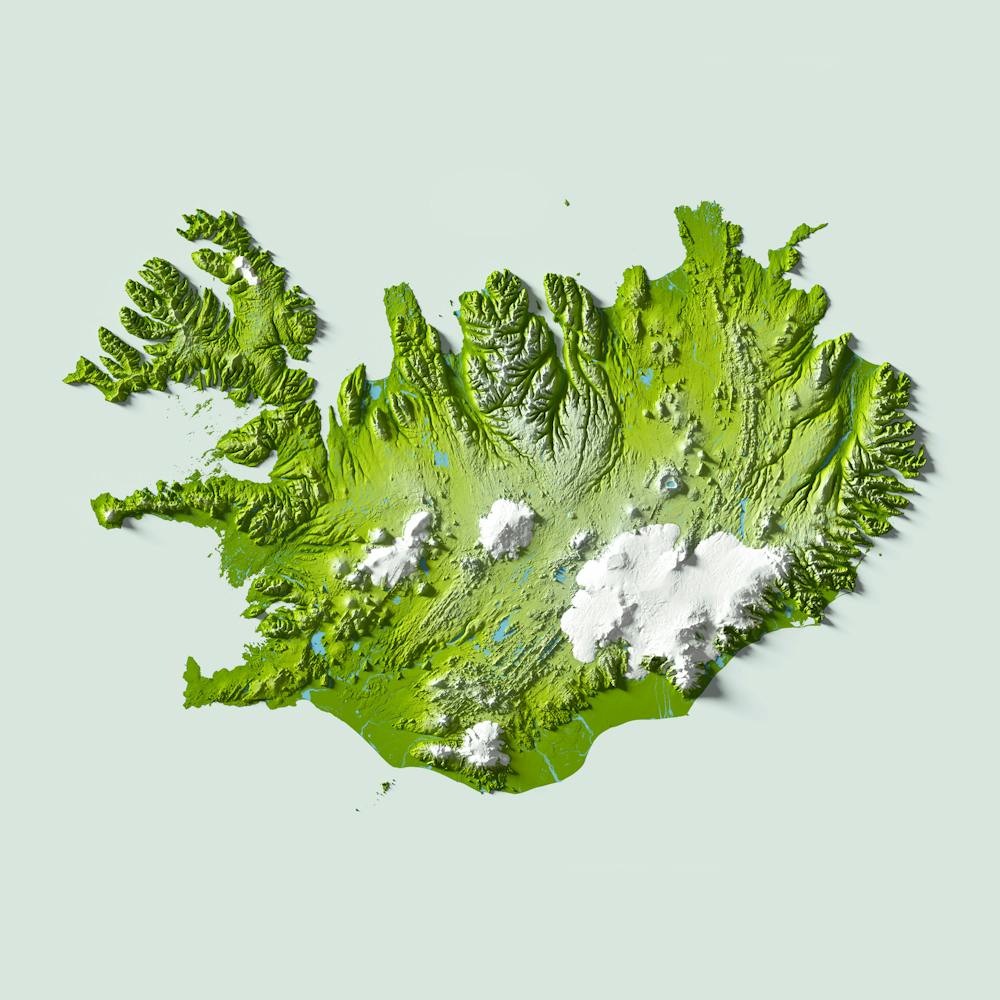
Embark on the journey of a lifetime in Iceland!
With our new interactive map feature, you can easily plan every step of your adventure. From cozy accommodations to unforgettable activities, the possibilities are endless. Dream big, plan smart, and chart your path with our personalized itinerary feature. Make the most of every moment in Iceland!
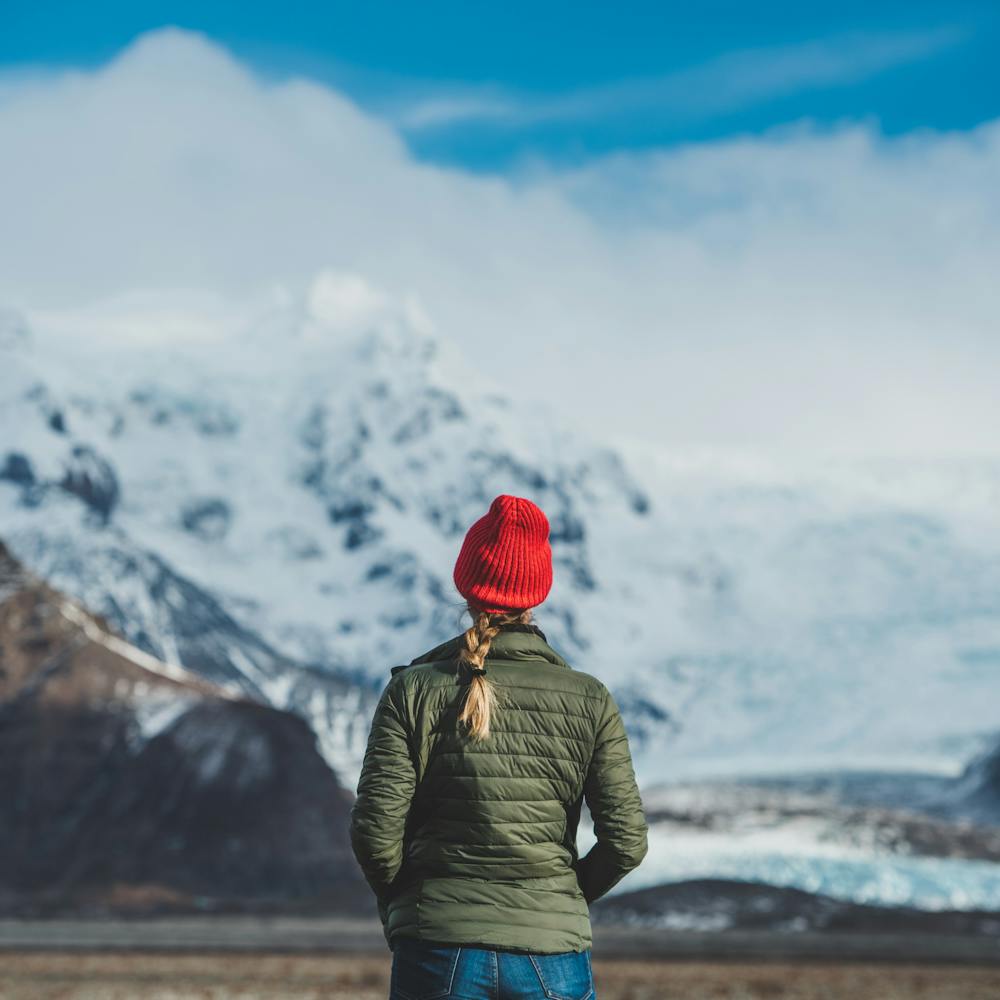
Take the Icelandic Pledge
Are you visiting Iceland? Be a responsible tourist and take the Icelandic pledge. Encourage your friends to do the same!
Looking for things to do?
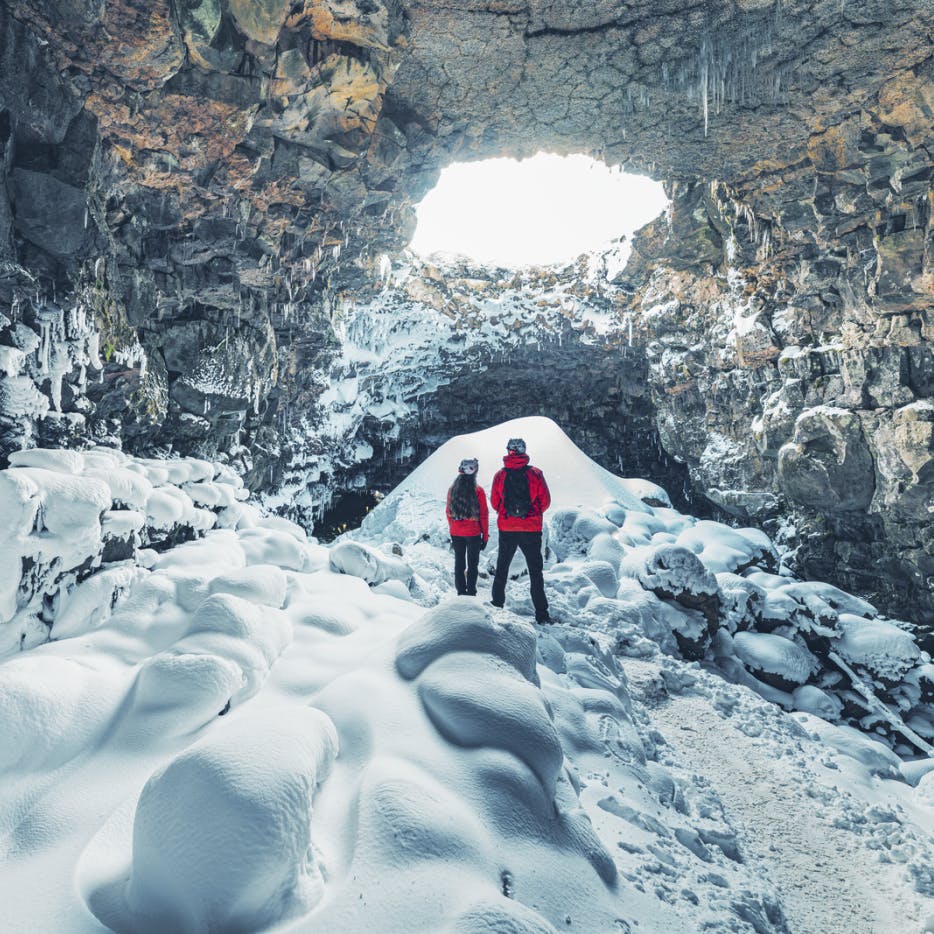
Regions of Iceland
Iceland is typically divided into 7 different geographical regions. Each region differs slightly in respect to culture and landscapes, but are uniquely Icelandic. Find your favorite part of Iceland.
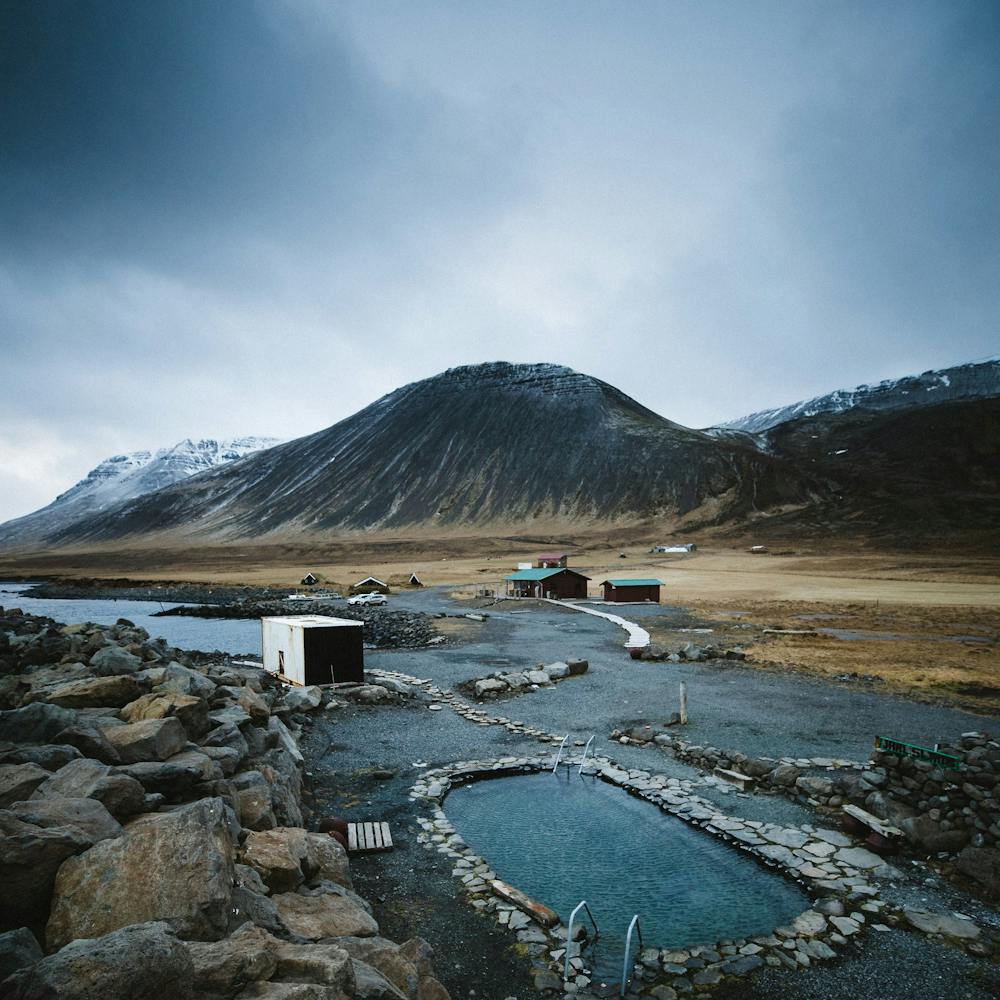
Iceland is a popular travel destination. Sometimes, certain places can be busier than others. Skip the hectic tourist traffic at the most popular destinations and plan your trip to make the most of your time in Iceland. Use our tourist counter to see peak visitor times and plan accordingly.
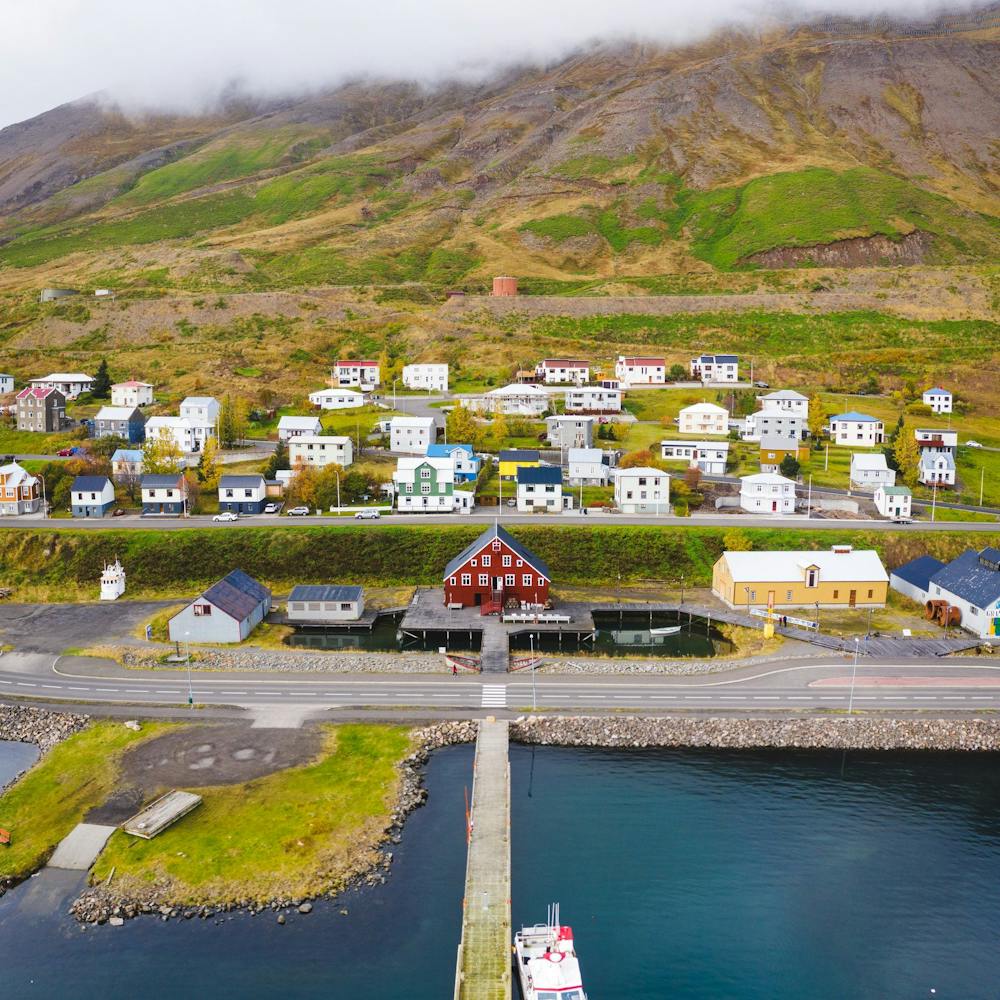
Appreciate our towns & villages
Did you know that there are over 100 towns and villages to explore throughout Iceland? We encourage you to stop and look into these charming, beautiful, and often quirky places. History, art, nature, local cuisine, and year-round swimming pools abound. You might be surprised at what you find!
Sign up for our mailing list
Stay connected and find out what is happening in Iceland.
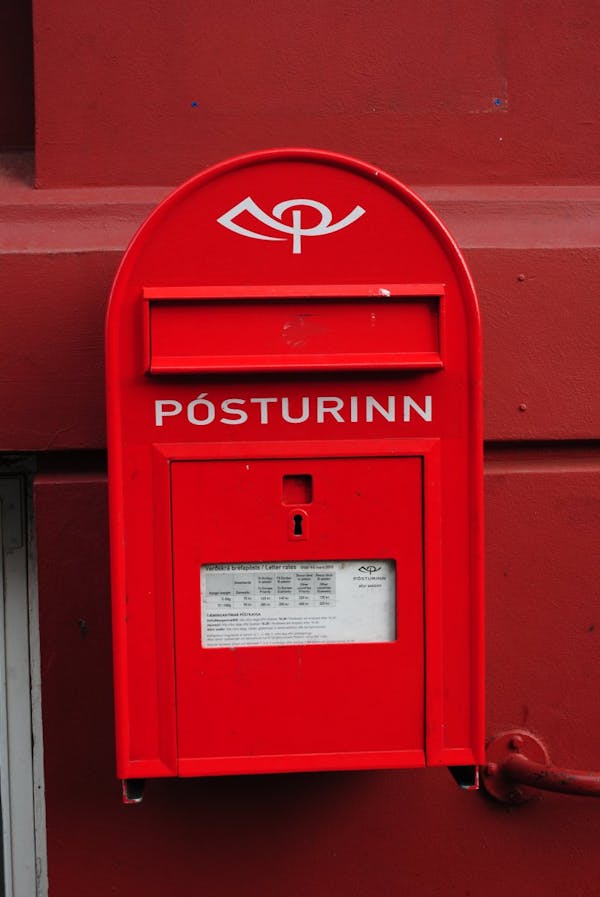
Iceland Travel Guide
Book your individual trip , stress-free with local travel experts
- roughguides.com
- Travel guide
- Itineraries
- Local Experts
- Travel Advice
- Accommodation
Plan your tailor-made trip with a local expert
Book securely with money-back guarantee
Travel stress-free with local assistance and 24/7 support
Carson (United States)
I must tell you that my tour with you is probably THE best tour I've ever taken (and I've taken a lot). My guide Rico set a bar so high that I don’t know i...
Iceland is a place where nature reigns supreme - find out how to make the most of your time with our Iceland travel guide. Aside from the modern and cosmopolitan capital, Reykjavík, population centres are small, with diminutive towns, fishing villages, farms and minute hamlets clustered along the coastal fringes. The interior of the country, meanwhile, is a starkly beautiful wilderness of ice fields, windswept upland plateaux, infertile lava and ash deserts, and the frigid vastness of Vatnajökull, Europe’s largest glacier.
Iceland travel facts
Where to go in iceland, best time to travel to iceland.
- How to get to Iceland
7 best places to visit in Iceland
Iceland travel itineraries, best things in iceland, swimming and hot pools in iceland, fishing in iceland, hiking in iceland, horseriding in iceland, snow sports in iceland, festivals in iceland, travel visa requirements for iceland, travel safety in iceland.
Iceland’s location on the Mid-Atlantic Ridge also gives it one of the most volcanically active landscapes on Earth. It is peppered with everything from naturally occurring hot springs, scaldingly hot bubbling mud pools and noisy steam vents to a string of unpredictably violent volcanoes, which have regularly devastated huge parts of the country.
Travel to Iceland and you can visit intriguing museums, take part in good old-fashioned rúntur pub crawls, seek out puffin colonies, marvel at the Northern Lights, or go whale-watching. It’s the kind of country that has to be seen to be believed. Our Iceland travel guide will give you the tools you need to plan your trip and find unique things to do , but you’ll have to experience it for yourself to truly understand its allure.
- Language: Icelandic
- Currency: króna (krónur in the plural), abbreviated to either Isk, Ikr or kr. notes are issued in 5000kr, 2000kr, 1000kr and 500kr denominations
- Population: Iceland’s population is tiny – at barely 323,000, it’s no bigger than many towns in other countries
- Tourism numbers : Tourism to Iceland has rocketed in recent years – visitor numbers rose from a million in 2015 to over two million in 2018, six times the national population
- Literary talent: Iceland boasts more writers per capita than any other country in the world. The long dark winter months are said to be the reason so many folk put pen to paper, and native- language books on all matters Icelandic can be found in shops across the country.
- Historical ‘sagas’: Iceland is famous for its ‘sagas’ - epic tales based on events that happened from approximately 9AD-11AD. Reykjavík’s Landnámssýningin museum (Saga Museum) boasts some of Europe’s oldest and finest medieval manuscripts.

Gullfoss, the Golden Falls - one of the sights to include in your trip to Iceland © Thomas Lusth/Shutterstock
Most people visiting Iceland travel to Reykjavík , and it is certainly not a place to miss. Yet Iceland has so much more to offer, and as every good Iceland travel guide will tell you, you need to go beyond Reykjavík and into the wild.

To see the wild side of Iceland, travel on Route 1, the Ringroad, where you’ll see brilliant green wide spaces, red and black sands on pristine coastlines, and brooding hills and mountains.
Travel to Iceland’s most dramatic scenery, the West Fjords , where little fishing villages sit snugly below table-top mountains. Ísafjörður's proximity to the wilds of the Hornstrandir peninsula makes for fantastic hiking opportunities. However, if you want the least touristy part of Iceland, head for the East Fjords .
Make time for a stop off in Akureyri , Iceland's second largest town. Known as the capital of the north, it's a relaxing place to spend a couple of days, with cafés and restaurants and a wonderful botanical garden. It's also a good jumping off point for visits to Lake Mývatn, the island's most visited attraction after Reykjavík, as well as Húsavík and the Jökulsárgljúfur National Park.
For puffin spotting you can't go wrong with Heimaey, the largest of the Westman Islands and the location of one of the largest puffin colonies in the world. It's also the site of a solidified lavafield, the result of a huge eruption in 1973 which destroyed much of the town below.

Isafjordur in the West Fjords is one of the best placese to go in Iceland - © Shutterstock
Discover more places in Iceland

- Northwest Iceland Travel Guide
- Southwestern Iceland Travel Guide
- The west coast Travel Guide
- The West Fjords Travel Guide
When you visit Iceland you will quickly find that you can’t rely on the weather. Icelandic weather is spectacularly changeable. Although summer sees its fair share of sunny days with temperatures sometimes climbing to 17°C, it can just as easily drop to 10°C and landscapes can suddenly be shrouded in mist and rain.
Your Iceland travel plans might also need to take into account the sun patterns. Although almost all of Iceland lies south of the Arctic Circle and therefore doesn’t experience a true Midnight Sun, nights are light from mid-May to early August across the country; in the north, the sun never fully sets during June. In winter, temperatures in Iceland fluctuate at 7–8°C either side of freezing point and daylight is limited to a few hours – in Reykjavík, sunrise isn’t until almost 11am in December; the sun is already sinking slowly back towards the horizon after 1pm.
If you want to make the most of the tourist attractions, then the best time to visit Iceland is between late May and early September, when most museums and attractions are open. Travelling around Iceland is easier at these times, too, as this is when buses run their fullest schedules. However, if your main reason for travelling to Iceland is to see the Northern Lights, or Aurora Borealis, then you’d be best off going between September and January – this is when the natural phenomenon can often be seen throughout the country.

Check the best time to travel to Iceland for seeing the Norther Lights - © Shutterstock
When you visit Iceland you’ll most probably be heading to Keflavík International Airport, about 40km west of Reykjavík. This airport is connected by plentiful flights to Europe, the UK, Scandinavia, the US, and Canada.
It’s also possible to travel to Iceland year-round by sea via the Faroese super- ferry Norröna, which performs a regular crossing of the North Atlantic.
Once you’re there, Iceland’s small scale makes getting around fairly straightforward – at least during the warmer months. From Reykjavík, it’s possible to fly or catch a bus to all major centres, and in the summer there are even scheduled buses through the Interior.
On the ground, you’ll probably spend a good deal of time on Route 1, or the Ringroad (known in Icelandic as the Hringbraut ), which largely follows the coast in a 1500km circuit of the country via Reykjavík, Akureyri, Egilsstaðir and Höfn. Virtually the entire Ringroad is sealed, and in winter snow ploughs do their best to keep the route open to all vehicles.
Elsewhere, while stretches around towns might be surfaced, the majority of Icelandic roads are gravel. While many of these are accessible to all vehicles, some – such as most roads through the Interior – are only negotiable in high-clearance four-wheel-drives.
Hiking in Hornstrandir
One of the best ways to see Iceland is by hiking. This way you’ll get the best views of the outstanding and beautiful Icelandic landscapes. The total remoteness and majestic landscape make isolated Hornstrandir a fantastic destination for dedicated hikers. Once you’ve seen the remote snow-covered hills and cliffs of the Snæ allaströnd coastline, you’ll have an idea of what lies immediately north. A claw-shaped peninsula of land bordered by the Jökul rðir ords to the south and the Greenland Sea to the north, and attached to the rest of the West Fjords by a narrow neck of land just 6km wide, Hornstrandir represents Iceland’s very last corner of inhospitable terrain where habitation was at least attempted – the last settlements here were abandoned in the 1950s due to the harsh climate – and its coastline is the most magnificent in the country.
The Interior
Nothing you might see elsewhere in Iceland prepares you for the desolate, raw beauty of the barren upland plateau that is the Interior – known in Icelandic as hálendið or “highlands” – Europe’s last true wilderness. The violence of the elements here means that Iceland’s heart is a desolate and uninhabited place, with no towns or villages, just cinematic vistas of seemingly infinite grey gravel plains, glacial rivers and lava fields punctuated by ice caps, volcanoes and jagged mountains.
See Strokkur erupting at Geysir, after which all geysers are named. Visible from many kilometres away as a pall of steam rising above the plains, hot springs at the Geysir thermal area bubble out over a grassy slope at the foot of Bjarnfell, studded with circular pools atop grey, mineral-streaked mounds. The area has been active for thousands of years, but the springs’ positions have periodically shifted as geological seams crack open or close down; the current vents appeared following a thirteenth-century earthquake.

Whale watching at Húsavík © SasinTipchai/Shutterstock
Whale watching in Húsavík
Get up close to minke and humpback whales on a whale-watching tour from Húsavík. Despite the resumption of commercial whaling in 2006, whale stocks off Húsavík remain high, and the chances of seeing some are good. Dolphins, porpoises and medium-sized minke whales are encountered most frequently, with much larger humpback whales runners-up; these are identified by lengthy flippers and their habit of “breaching” – making spectacular, crashing leaps out of the water. Similar-looking fin whales are the next most likely candidates, with rarer sightings of colossal blue whales, orca and square-headed sperm whales.
The Northern Lights
Thanks to its northerly location, Iceland is a great place from which to see the Aurora Borealis. Take one of the special tours which operate from Reykjavík and prepare to be amazed. The best time to see the Northern Lights is usually between October and March, and one of the best ways to view them is to take a boat trip from Reykjavík harbour, which allows you to get well away from the city lights. Bear in mind, though, that the sky needs to be clear and free of cloud; on days when it’s too windy to put out to sea, the tour transfers to a coach that drives out of the city.

Auror Borealis or Northern Lights © MikeDrago.cz/Shutterstock
Iceland’s best beaches
The empty, golden strands at Breiðavík in the West Fjords are sublime on a sunny day, and the black volcanic sands near Vík on the south coast are equally compelling. The idyllic Breiðavík bay has open views westwards over white sand to the aquamarine waters of the Atlantic. This exquisite beach, without a doubt one of Iceland’s finest, is irresistible, and when the sun shines the sands are seen to their best advantage.
The Museum of Witchcraft and Sorcery
Galdrasýning á Ströndum (Museum of Sorcery and Witchcraft) is an offbeat exhibition in the West Fjords. In The Rough Guide to Everywhere travel podcast we spoke to the founder and owner of this unusual place and you can listen to the full episode here .
Iceland’s difficult terrain takes time to negotiate, and you can’t cover the country in a single trip. Forward-planning, researching different itineraries, will ensure you get the best Iceland trip to suit your time and budget.
Tailor-made travel itineraries for Iceland, created by local experts

8 days / from 2092 USD
Iceland: A Game of Thrones Road Trip
This themed road trip will take you around Iceland, home to many filming locations of the hit TV series, Game of Thrones. Travel around the country's coastline, past the many dramatic glaciers and cliffs, relax in geothermal spas, and spot whales in the rough seas. Warning: Spoiler alert!

8 days / from 2052 USD
Iceland's Wild West
Welcome to the road trip of a lifetime, which will bring you to some of western Iceland’s wildest and most remote spots. On this adventure, you will pay unforgettable visits to Hraunfossar Waterfalls, as well as the Barnafoss and Deildartunguhver hot springs, and much more!

6 days / from 1680 USD
Iceland's Highlights from East to West
Take a flight to the East where you get to enjoy the enchanting Eastfjords before you drive south. If you are looking to focus on a few regions with a mix of the most popular sights and something off the beaten path; and to avoid backtracking with a one-way domestic flight, this is the perfect trip.
Our Grand Tour concentrates on Iceland’s main sights, while our other Iceland routes focus on two fascinating regions, the island’s west and north, and the south and east.
Grand Tour of Iceland
Two weeks in Iceland and no idea where to start? Our Grand Tour puts you on the right track.
- Reykjavík Though one of Europe’s smaller capitals, the vibrant heart of Iceland offers everything from style-conscious bars and restaurants to great museums and galleries.
- Blue Lagoon Take a dip in the sublime waters of this famous open-air swimming pool, fed by geothermal water and set in the middle of a lavafield.
- Golden Circle See Þingvellir, site of Iceland’s original open-air parliament, hot waterspouts at Geysir, and a stunning two-tier waterfall at Gullfoss.
- Akureyri Chill on the north coast in Iceland’s second-largest town, renowned for its sunny summer days and thriving bar and restaurant scene.
- Húsavík Whale watching is on everybody’s list of must-dos in Iceland, and the expertly run tours from Húsavík offer virtually guaranteed sightings.
- Lake Mývatn A proliferation of geological oddities, from bubbling mud pools to steam vents, clustered around a beautiful lake teeming with birdlife.
You can travel our suggested itineraries independently, but you can also book your Iceland trip through the Rough Guides Tailor-Made Trips service. Use the suggested itineraries as inspiration and let us know what exactly you’d like to do. Our Iceland travel expert will plan a bespoke trip especially for you, which you can modify until you are completely happy.
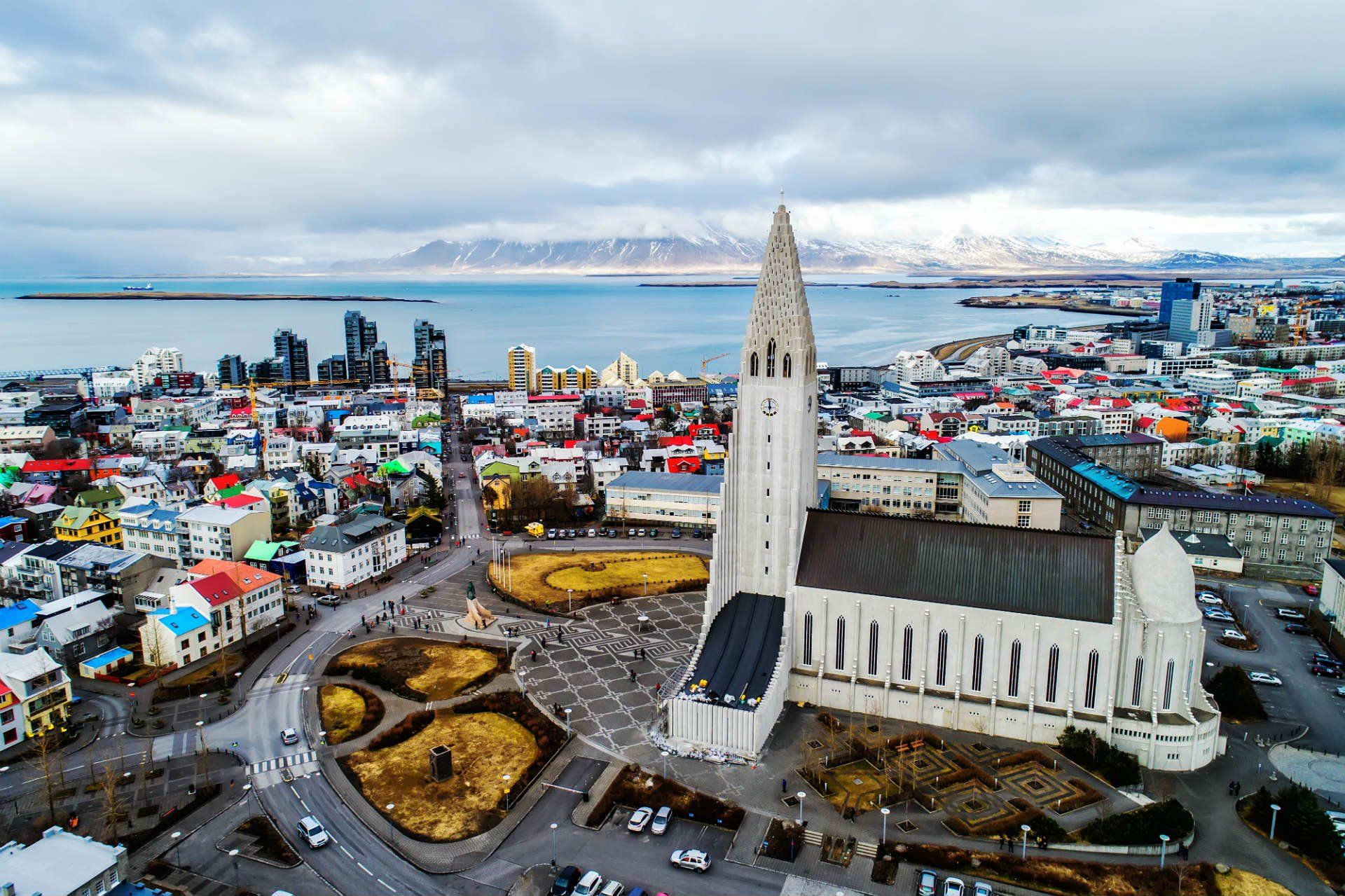
Hallgrímskirkja Cathedral, Reykjavik © Ververidis Vasilis/Shutterstock
The lava plains, black-sand deserts, glacier-capped plateaux, alpine meadows, convoluted fjords and capricious volcanoes that make Iceland such an extraordinary place also offer tremendous potential for outdoor activities.
Whether you’ve come for wildlife or to hike, ride, ski, snowmobile or four-wheel-drive your way across the horizon, these activities are all on offer. Further information is always at hand in local tourist offices, while you can find out more about the few national parks and reserves from the Department of Forestry or various Icelandic hiking organizations.
Many activities can be undertaken as part of an organized tour, sometimes with the necessary gear supplied or available for rent. Check out our list of favourite activities in Iceland here.
You probably won’t be travelling to Iceland to swim, but in fact this is a major year-round social activity with Icelanders. Just about every settlement has a swimming pool, usually an outdoor affair and heated by the nearest hot spring to around 28˚C. There are also almost always one or two spa baths or hot pots, providing much hotter soaks at 35–40˚C – another great Icelandic institution, and particularly fun in winter, when you can sit up to your neck in near-scalding water while the snow falls thickly around you.
Out in the wilds, hot pots are replaced by natural hot springs – a welcome way to relax trail-weary muscles.
Icelandic swimming pools have their own etiquette that you need to follow. Remove your shoes before entering the changing rooms (there will be a rack in the pool lobby); leave your towel in the shower area between the changing rooms and the pool, not in your locker (this is so you can towel off before returning to the changing rooms, keeping them dry); and shower fully, with soap and without swimwear, before getting in the pool. Note that though there are always separate male and female changing rooms, very few pools have private cubicles.
As Iceland is surrounded by the richest fishing grounds in the North Atlantic, sea fishing has always been seen as more of a career than a sport. The country’s rivers and lakes, however, are also well stocked with salmon and trout, pulling in hordes of fly fishers during the fishing season (April 1 to September 20 for trout; June 20 to mid-September for salmon). Both fish are plentiful in all the country’s bigger waterways, though the finest salmon is said to come from the Laxá in northeast Iceland, and the Rangá in the south. During the winter, people cut holes in the ice and fish for arctic char; the best spots for this are at Þingvallavatn and Mývatn.
You always need a permit to fish. Those for char or trout are fairly cheap and easy to obtain on the spot from local tourist offices and some accommodation, but permits for salmon are extremely expensive and often need to be reserved a year in advance, as there is a limit per river. For further information, contact the Federation of Icelandic River Owners, whose website has a huge amount of English-language information.
Hiking gets you closer to the scenery than anything else in Iceland. In reserves and national parks you’ll find a few marked trails, though even here guideposts tend to be erratic and you’ll always need to be competent at using navigational aids, especially in poor weather.
However long you’re hiking for, always carry warm, weatherproof clothing, food and water (there are plenty of places where porous soil makes finding surface water unlikely), as well as a torch, lighter, penknife, first aid kit, a foil insulation blanket and a whistle or mirror for attracting attention. The country is carpeted in sharp rocks and rough ground, so good-quality, tough hiking boots are essential – though a pair of neoprene surf boots with thick soles are useful to ford rivers.
When and where to hike
The best months for hiking are June through to August, when the weather is relatively warm, flowers are in bloom, and the wildlife is out and about – though even then the Interior and higher ground elsewhere can get snowbound at short notice. Outside the prime time, weather is very problematic and you might not be able to reach the area you want to explore, let alone hike around it.
One of the beauties of Iceland is that you can walk just about anywhere, assuming you can cope with local conditions, though there are, of course, highlights. Close to Reykjavík, the Reykjanes Peninsula offers extended treks across imposingly desolate lava rubble; there are some short, easy hikes along steaming valleys near Hveragerði, while trails at Þingvellir include historic sites and an introduction to rift valley geology. Further east, Laugavegur is an exceptional four-day trail; and Þórsmörk is one of the most popular hiking spots in the country, a wooded, elevated valley surrounded by glaciers and mountain peaks with a well-trodden network of paths.
Along the west coast, the Snæfellsnes Peninsula is notoriously damp but peaks with the ice-bound summit of Snæfellsjökull, the dormant volcano used as a fictional gateway into the centre of the earth by writer Jules Verne. Further north there’s Hornstrandir, the wildest and most isolated extremity of the West Fjords, a region of twisted coastlines, sheer cliffs and rugged hill walks.
Those after an easier time should head to Mývatn, the shallow northeastern lake where you can make simple day-hikes to extinct craters, billowing mud-pits, and still steaming lava flows; longer but also relatively easy are the well-marked riverside trails around nearby Jökulsárgljúfur National Park, which features some awesome canyon scenery.
Over in the east, the best of the hikes take in the highland moors and glaciated fringes of the massive Vatnajökull ice cap: at Snæfell, a peak inland from Egilsstaðir; Lónsöræfi reserve near Höfn; and Skaftafell National Park, another popular camping spot on Vatnajökull’s southern edge.
Icelandic hikes: six of the best
- Laugavegur - An epic four-day hike over snowfields, moorland and desert between hot springs at Landmannalaugar and the highland valley of Þórsmörk.
- Jökulsárgljúfur - Straightforward though lengthy trails follow a glacier river canyon down to Europe’s largest waterfall.
- Hornstrandir - You can spend days hiking across this totally unpopulated peninsula, which is probably the wildest, most remote corner of Iceland that is still accessible.
- Þórsmörk - Isolated glacier valley in the southwest, covered in dwarf birch and wildflowers, with almost limitless hiking potential.
- Skaftafell - Easily reached moorland plateau between two glaciers, with plenty of well-marked trails of up to a day’s duration.
- Skógar to Þórsmörk - Relatively straightforward 25km hike over mountains and snowfields, passing solidified lava from the 2010 eruption.
Grading hikes
Hiking trails in Iceland are not formally graded, though local organizations sometimes use a boot icon to indicate difficulty (one boot easy, five boots tough). It’s always prudent to seek local advice about routes, but note that Icelanders, hardened since birth to the country’s conditions, tend to make light of difficulties: a “straightforward” trail often means anything that doesn’t actually involve technical skills and climbing gear, but might well include traversing knife-edge ridges or dangerously loose scree slopes.

The Blue Lagoon © Jacksoo999/Shutterstock
Horses came to Iceland with the first settlers, and have remained true to their original stocky Scandinavian breed. Horses also had a religious place in Viking times and were often dedicated or sacrificed to the pagan gods. With the advent of Christianity, eating horse meat was banned, being seen as a sign of paganism. Nowadays, horses are used for the autumn livestock round-up, and for recreational purposes.
Icelandic horses are sturdy, even-tempered creatures which, in addition to the usual walk, trot, gallop and canter, can move smoothly across rough ground using the gliding tölt gait. The biggest breeding centres are in the country’s south, but you can hire horses from farms all over Iceland, for anything from an hour in the saddle to two-week-long treks across the Interior. To organize something in advance, contact Íshestar or Eldhestar, which run treks of all lengths and experience levels right across the country.
Snow sports – which in Iceland are not just practised in winter – have, surprisingly, only recently begun to catch on. Partly this is because the bulk of Iceland’s population lives in the mild southwestern corner of the country, but also because snow was seen as just something you had to put up with; cross-country skiing, for instance, is such a fact of life in the northeastern winters that locals refer to it simply as “walking”, and were baffled when foreign tour operators first brought in groups to do it for fun.
The possibilities for cross-country skiing are pretty limitless in winter, though you’ll have to bring in your own gear. Downhill skiing and snowboarding are the most popular snow sports, with winter slopes at Bláfjöll only 20km from Reykjavík.
Plenty of tour operators offer glacier trips on snowmobiles or skidoos, which are like jet-skis for snow – the only way for the inexperienced to get a taste of Iceland’s massive ice fields, and huge fun. Several of southwestern Iceland’s larger rivers have caught the attention of whitewater rafting enthusiasts, while Iceland also has surprisingly good scuba diving potential, the prime sites being in Þingvallavatn’s cool but amazingly clear waters, at various shipwrecks, and at seal colonies around the coast. Dive Iceland can sort out the details, though you’ll need dry-suit skills.
Another thing to consider when planning your trip to Iceland, is the national holidays that take place throughout the year.
Though Iceland’s calendar is essentially Christian, many official holidays and festivals have a secular theme, and at least one dates from pagan times. Some are already familiar: Christmas, Easter Monday, and New Year are all holidays in Iceland.
- Þorrablót - February: A midwinter celebration that originally honoured the weather god Þorri, and became something to look forward to during the bleakest time of the year. Locals throw parties centred around the consumption of traditional foods such as svið and hákarl , with some restaurants also laying on special menus.
- Sjomannadagur (Seamen’s Day) - June 4: One of the biggest holidays of the year, with communities organizing mock sea-rescue demonstrations, swimming races and tug-of-war events. This is followed by another break for Independence Day (June 17), the day that the Icelandic state separated from Denmark in 1944.
- Jónsmessa - June 24: Although not an official holiday, this is the day that elves and other magical creatures are said to be out in force, playing tricks on the unwary. Some people celebrate with a big bonfire, and it’s also meant to be good for your health to run around naked.
- Verslunnarmannahelgi - first weekend of August: Traditionally, on Labour Day weekend, everybody heads into the countryside, sets up camp, and spends the rest of the holiday drinking and partying themselves into oblivion. On Heimaey in the Westman Islands, Þjódhátið is held on the same day and celebrated in the same way – there’s live music, too, and a huge bonfire – though it nominally commemorates Iceland’s achieving partial political autonomy in 1874.

Route 1, or the Ring Road © Mathias Berlin/Shutterstock
Travel advice for Iceland
From travel safety to visa requirements, discover the best tips for traveling to Iceland
- Sports and Outdoor activities in Iceland
- Eating and drinking in Iceland
- Getting around Iceland: Transportation Tips
- Travel Tips Iceland for planning and on the go
- Best time to visit Iceland
Whilst visiting Iceland, be prepared to spend a fair bit of money on your expenses. If you plan transport and accommodation ahead of arrival and research all your Iceland travel essentials , it is a relatively easy place to travel.
Costs and money
Iceland is a very expensive country to visit. Iceland’s currency is the króna. You can get around Iceland without ever touching cash: almost everywhere takes credit cards.
To keep costs as low as possible try to be self-sufficient. If you're opting for budget self-catering accommodation bring a sleeping bag – and food, if possible. If you're intending to camp, bring the camping equipment you'll need. To get a few hundred krónur a night off youth hostel rates get a Hostelling International Card. And invest in a bus pass to keep transport costs down.
Mid-range travel still means using a bus pass to get around, but favouring hostels and eating out cheaply most of the time will set you back about 18,000kr a day. Staying only in guest-houses or hotels and eating in restaurants for every meal means that you’re looking at daily expenses of upwards of 30,000kr.
Alcohol is also expensive – pick up a bottle on arrival (Keflavík airport’s duty-free is the cheapest place to buy alcohol in the country) – and, with the exception of beer, it’s only sold in bars, clubs, restaurants, and state-owned liquor stores known as vinbúð.
Culture and etiquette for Iceland travellers
The major social blunders made by visitors are usually at swimming pools; make sure you follow the rules about shoes, towels, and showering.
Travellers with special needs
Iceland is fairly well-prepared for disabled travellers. New hotels are required by law to make a percentage of their rooms accessible, while transport can make provisions for wheelchair users if notified in advance.
Travelling with children
Iceland presents few difficulties for travelling with children. Icelanders are very child-friendly people; cities and towns are relatively safe, low-crime places with familiar amenities; and supermarkets and pharmacies are well stocked with nappies, formula and other items.
Citizens from Schengen countries, the European Economic Area, the US, Canada, Australia, New Zealand and many other nations require no visa to visit Iceland for up to ninety days providing that their passport is valid for at least ninety days after the date of arrival. For the full list, and information on how to apply for a visa if you do require one, contact the Icelandic Directorate of Immigration (utl.is).
If you plan to stay in Iceland for over 90 days then you must apply for an Iceland residency permit. This can be done at the Embassy, Consulate, or VAC of Iceland in whichever country you live. However, always double-check the most up-to-date visa requirements before planning your trip to Iceland.
As regards customs regulations, all visitors to Iceland can bring in the following: camping gear and other travelling equipment for their own use in Iceland (including foodstuffs and other supplies, but no uncooked meat of any sort); and either 1 litre of spirits and 1 litre of wine, or 1 litre of spirits and 6 litres of beer, or 1.5 litres of wine and 6 litres of beer or 3 litres of wine. In addition to this, 200 cigarettes, or 250g of other tobacco products, are also permitted.
Iceland is a peaceful country, and it’s unlikely that you’ll encounter much trouble here. Most public places are well lit and secure, people are helpful, if somewhat reserved, and street crime and hassles are rare. needless to say, hitching alone, or wandering around central Reykjavík late at night, is unwise.
Most incidents involve petty crime and are largely confined to Reykjavík. Many criminals are drug addicts or alcoholics after easy money; keep tabs on your cash and passport (and don’t leave anything visible in your car when you park it) and you should have little reason to visit the police ( lögreglan ). If you do seek them out, you’ll find them unarmed, concerned and usually able to speak English – remember to get an insurance report from them if you have anything stolen.
As for offences you might commit, drink-driving is taken extremely seriously, so don’t do it: catch a taxi. Being incoherently drunk in public in Reykjavík might also get you into trouble, but in a country campsite you probably won’t be the only one, and (within reason) nobody is going to care. Drugs, however, are treated as harshly here as in much of the rest of Europe.

Women in Iceland
Sexual harassment is less of a problem in Iceland than elsewhere in Europe. Although you might receive occasional unwelcome attention in Reykjavík clubs, there’s very rarely any kind of violent intent. If you do have any problems, the fact that almost everyone understands English makes it easy to get across an unambiguous response.
Natural Hazards
Awareness of Iceland’s natural hazards – including the weather and geology – is taken very much for granted; don’t expect to find warning signs, safety barriers or guide ropes at even patently dangerous locations on the edge of waterfalls, volcanoes or boiling mud pits. Always exercise caution, especially at heavily touristed locations – where you’ll often see locals (and uninformed tourists) taking insane risks.
On lava, watch out for volcanic fissures, cracks in the ground ranging from a few centimetres to several metres across. These are easy enough to avoid when you can see them, but blanketed by snow they’ll be invisible, so use a hiking pole to test the path ahead.
Another hazard is river crossings, which you’ll have to make on various trails all over the country. Glacier-fed rivers are at their lowest first thing in the morning, and rise through the day as the sun melts the ice and snow that feed into them. When looking for a crossing point, remember the river will be shallowest at its widest point. Before crossing, make sure that your backpack straps are loose so that you can ditch it in a hurry if necessary. Face into the current as you cross and be prepared to give up if the water gets above your thighs. Never attempt a crossing alone, and remember that some rivers have no safe fords at all if you’re on foot – you’ll have to hitch across in a vehicle.
Top image: The village of Vík © Nido Huebl/Shutterstock
The Rough Guides to Iceland and related travel guides
In-depth, easy-to-use travel guides filled with expert advice.

Find even more inspiration here

Planning your own trip? Prepare for your trip
Use Rough Guides' trusted partners for great rates
written by Rough Guides Editors
updated 29.06.2021
Ready to travel and discover Iceland?
Get support from our local experts for stress-free planning & worry-free travels.
- Where to stay
- Travel advice

© Alex Walker/Getty Images

Hitting headlines, topping bucket lists, wooing nature lovers and dazzling increasing numbers of visitors – the talents of this breathtaking northern destination are seemingly endless.
Best Time to Visit
Best places to visit, leave the planning to a local expert.
Experience the real Iceland. Let a local expert handle the planning for you.
Attractions
Must-see attractions.
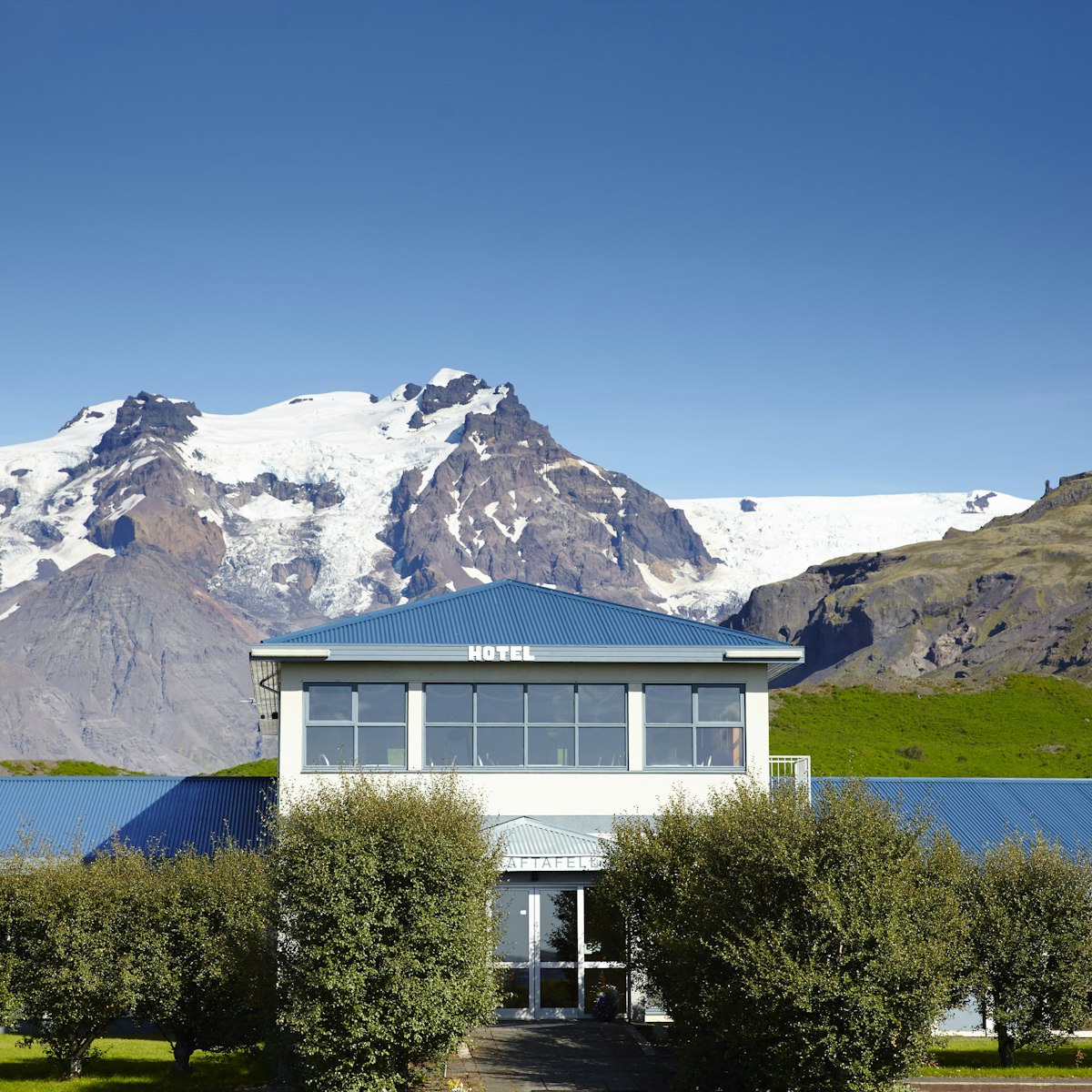
Vatnajökull National Park
Vast, varied and spectacular, Vatnajökull National Park was founded in 2008, when authorities created a megapark by joining the 8300-sq-km Vatnajökull ice…
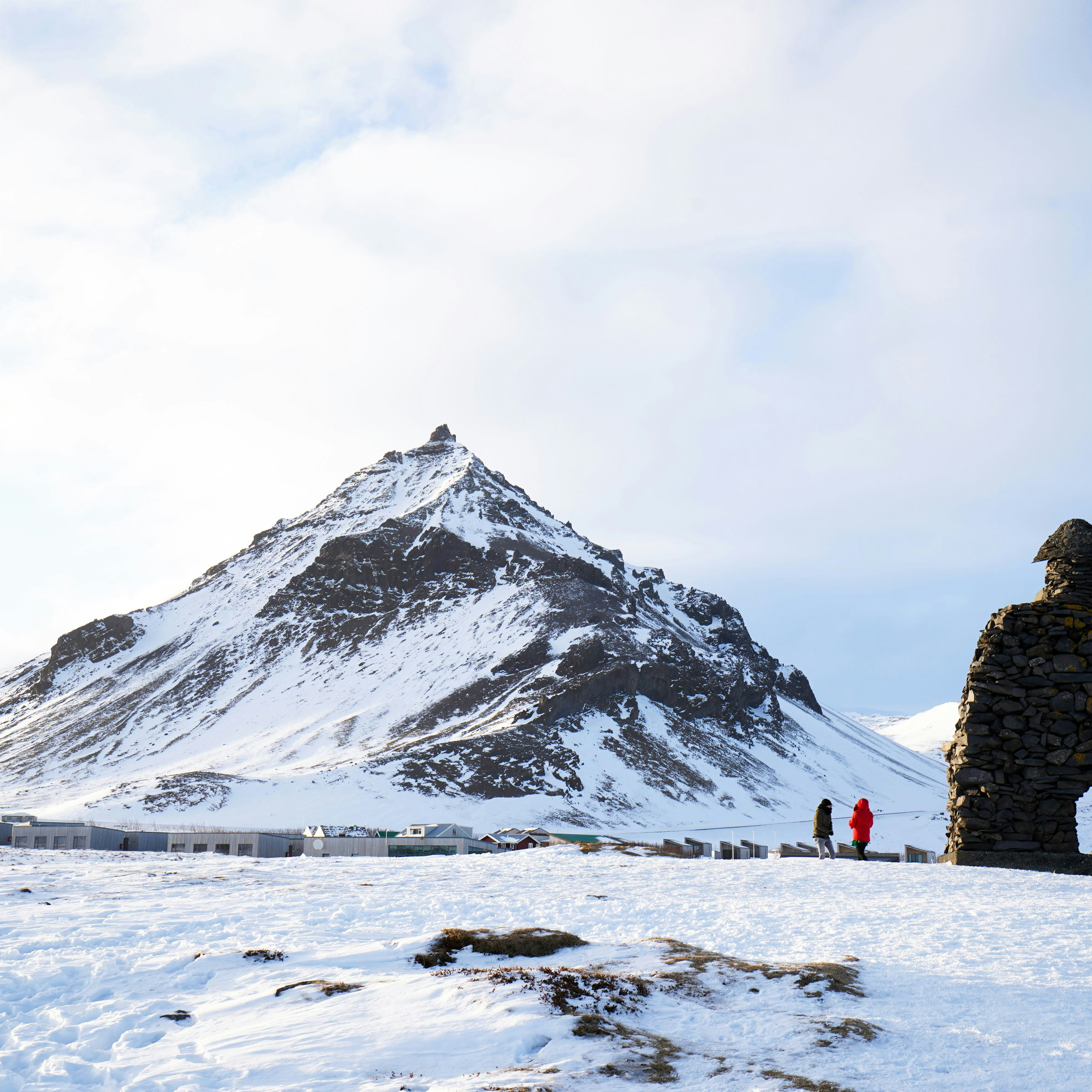
Snæfellsjökull National Park
Snæfellsnes Peninsula
Snæfellsjökull National Park encompasses much of the western tip of Snæfellsnes Peninsula, and wraps around the rugged slopes of the glacier…
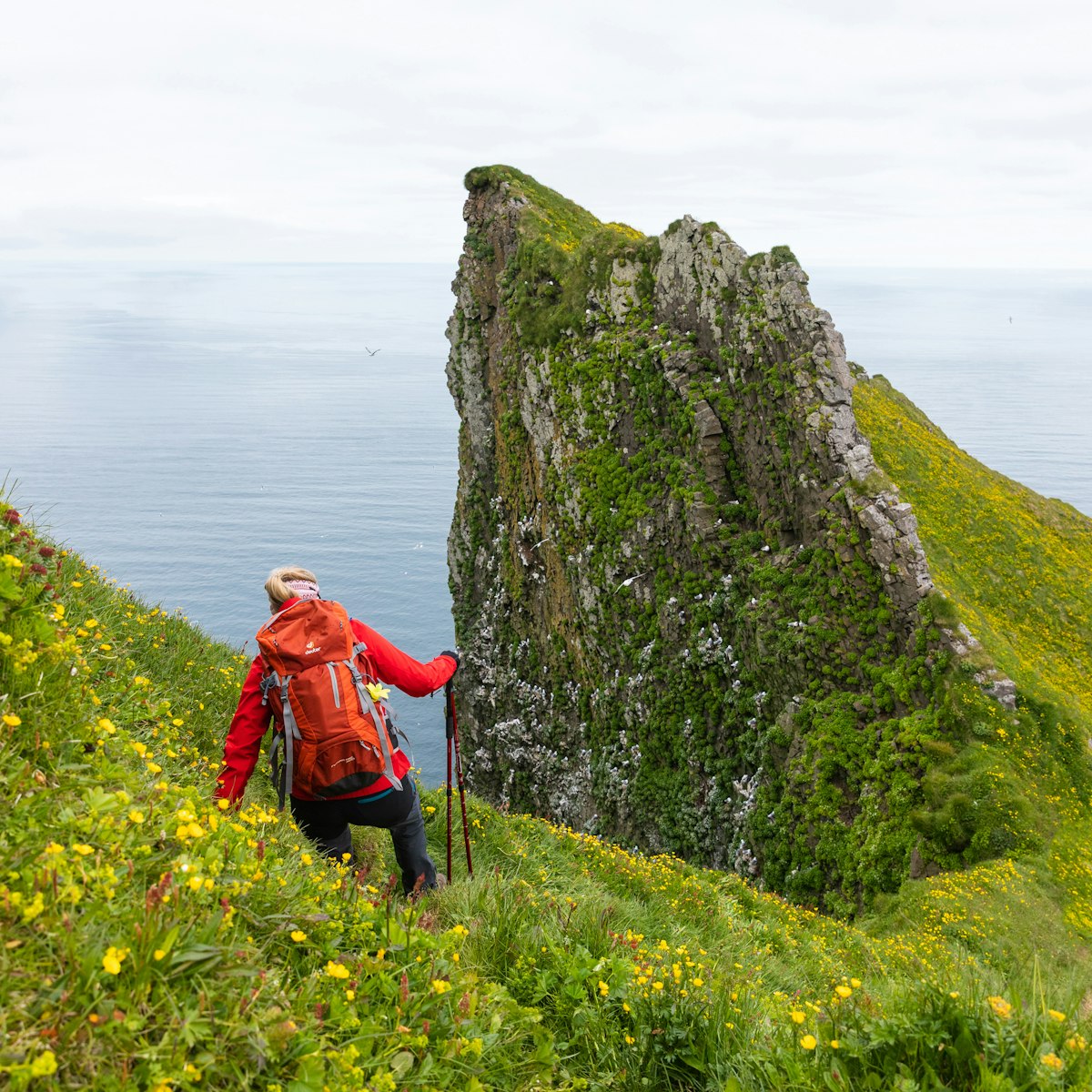
Hornstrandir Nature Reserve
The Westfjords
Craggy mountains, precarious sea cliffs and plunging waterfalls make up Hornstrandir, one of Europe’s last true wilderness areas, covering some of the…
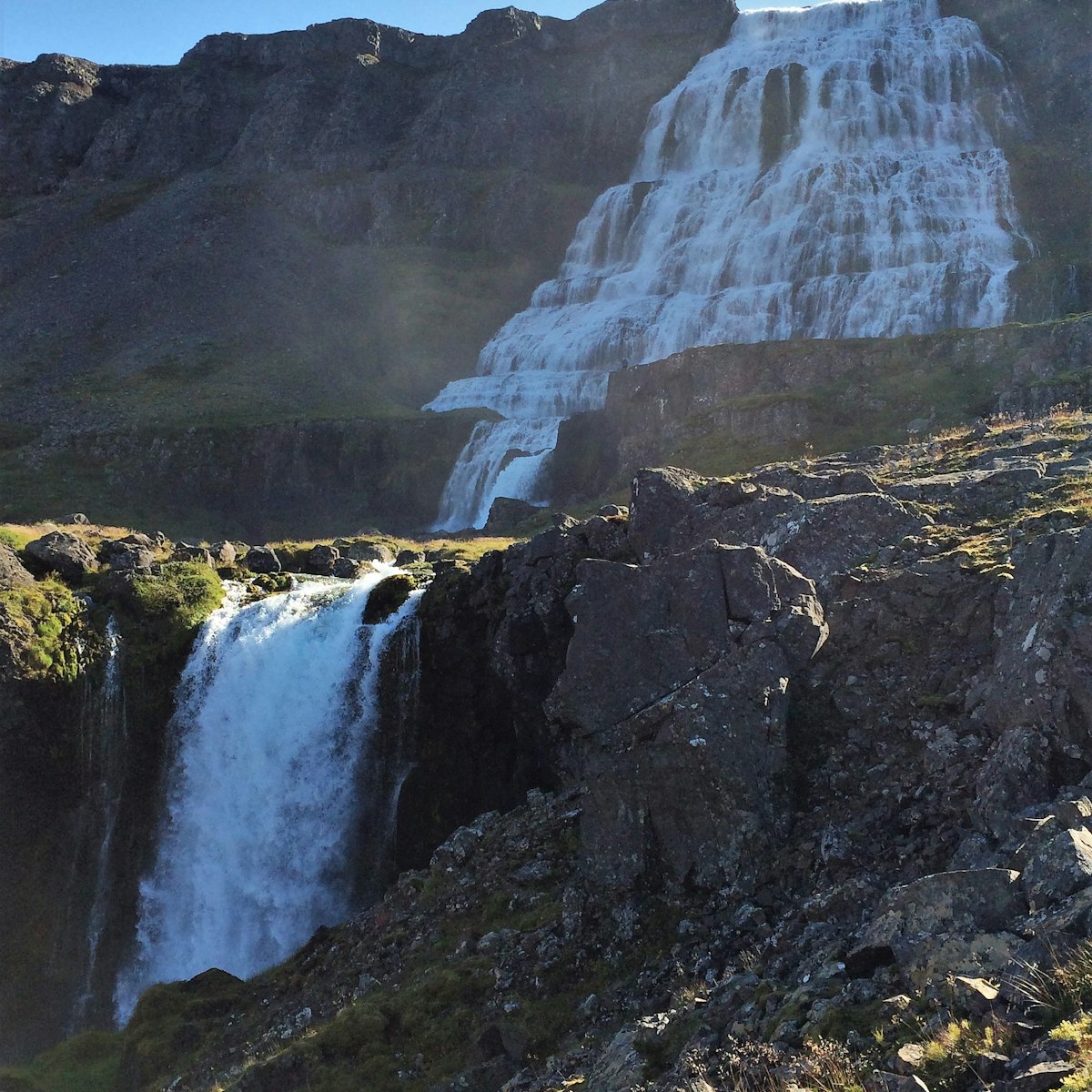
Tumbling in a broad sweep over a 100m-rocky scarp at the head of Dynjandivogur bay, Dynjandi is the most dramatic waterfall in the Westfjords. The bumpy…
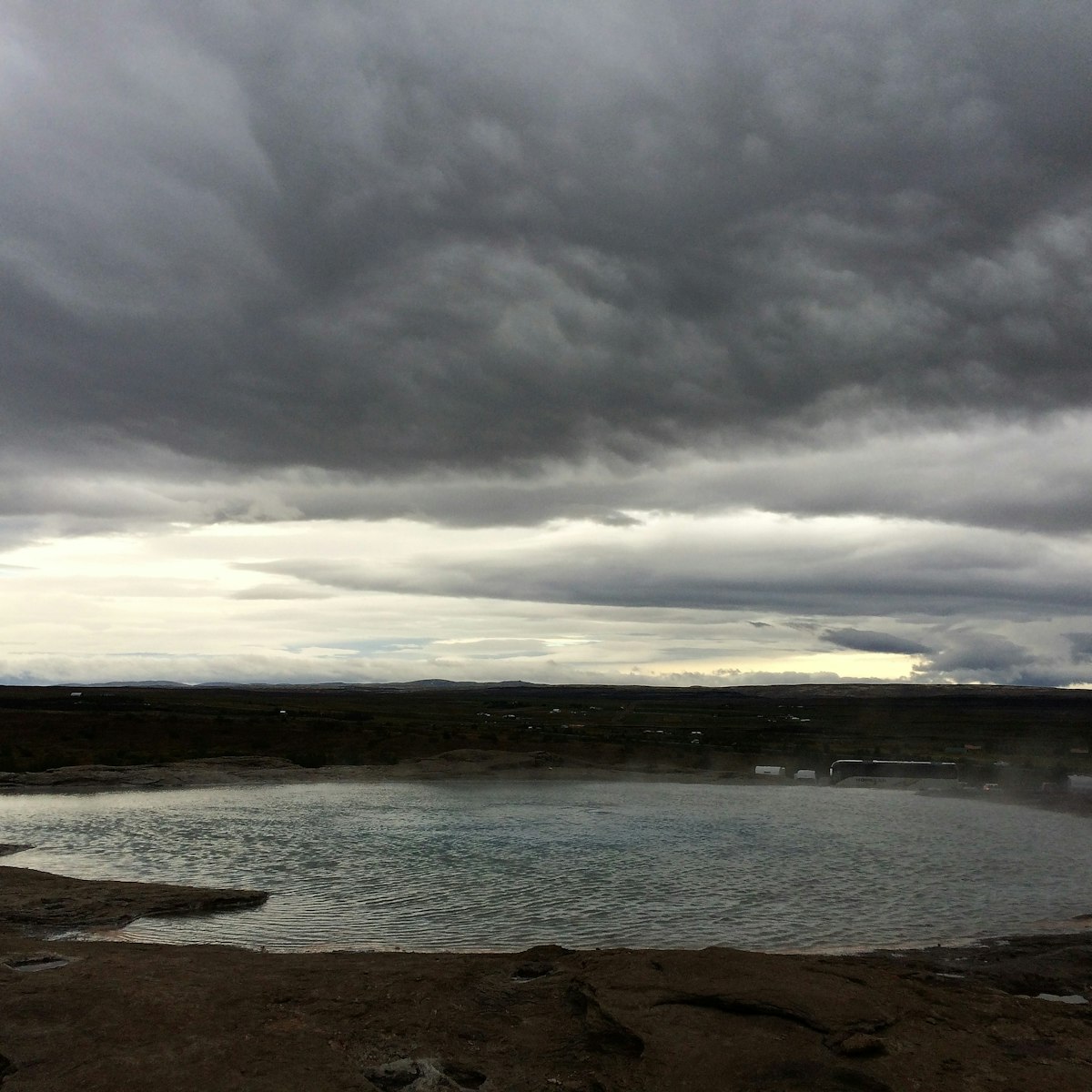
The Golden Circle
One of Iceland’s most famous tourist attractions, Geysir (gay-zeer; literally ‘gusher’) is the original hot-water spout after which all other geysers are…
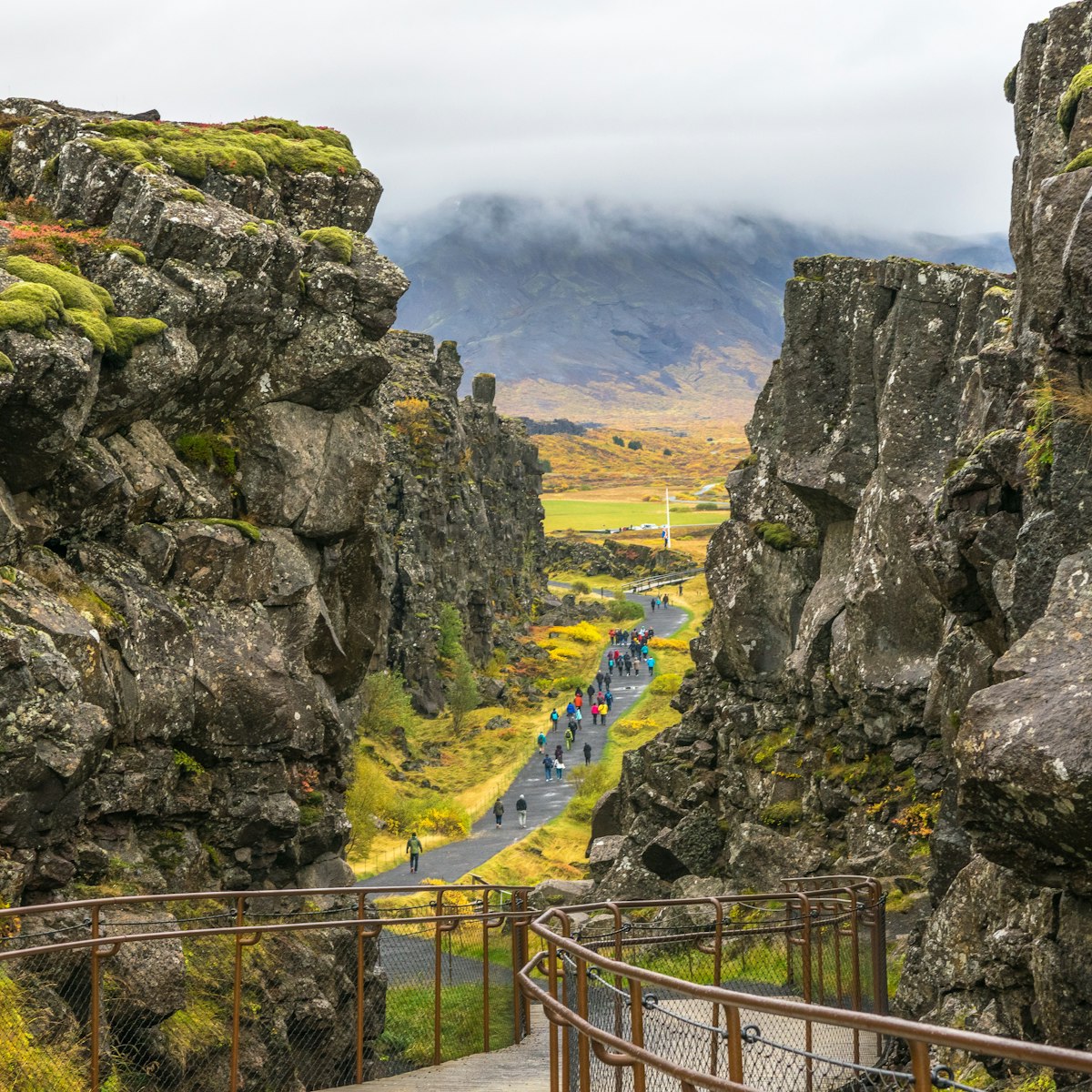
Þingvellir National Park
The world’s oldest parliament, Althingi (pronounced ál-thingk-ee; also called Alþing) was uniquely situated at this monumental site where two tectonic…
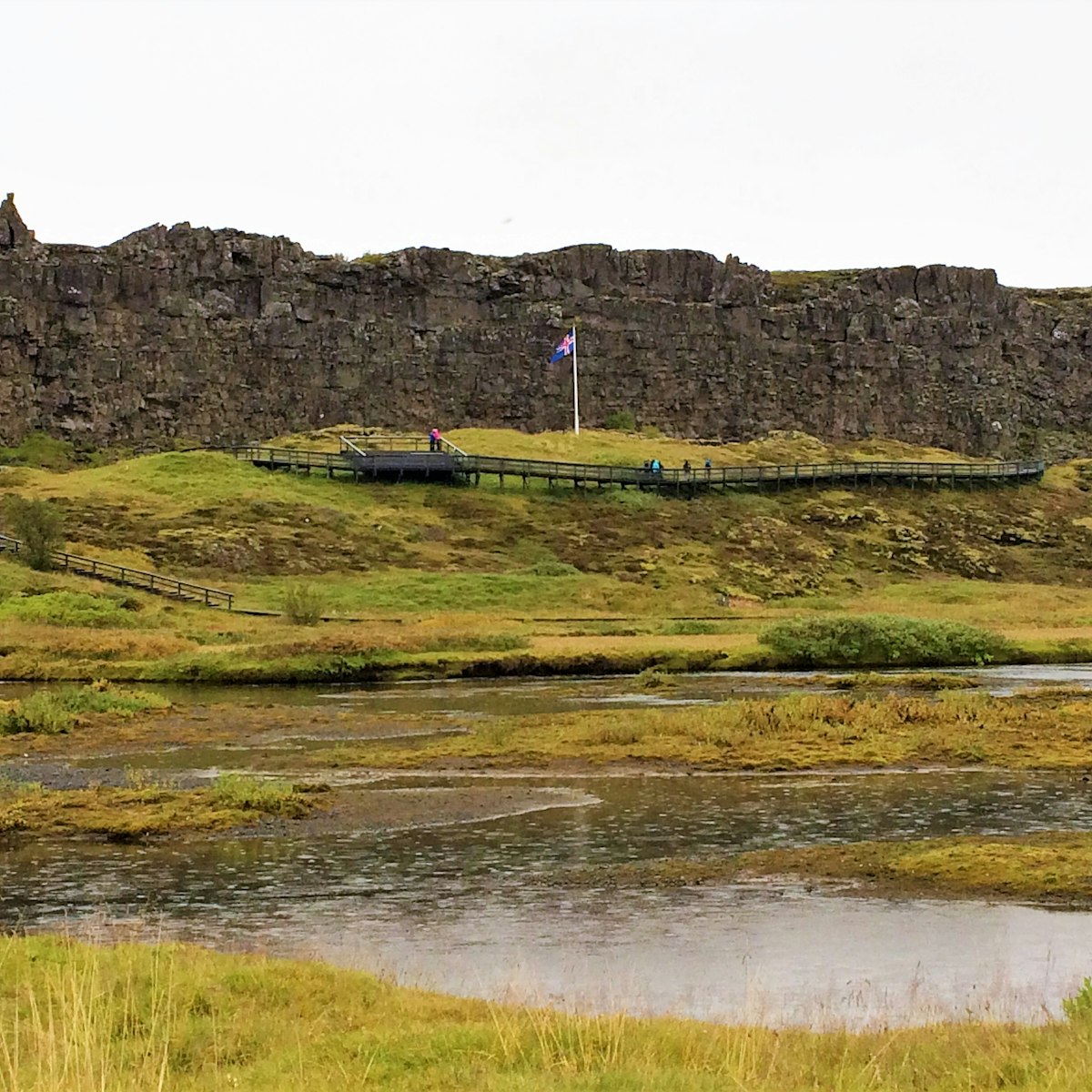
Alþingi Site
Near the dramatic Almannagjá fault and fronted by a boardwalk is the Lögberg (Law Rock), where the Alþingi (Parliament) convened annually. This was where…

Tectonic Plates
The Þingvellir plain is situated on a tectonic-plate boundary where North America and Europe are tearing away from each other at a rate of 1mm to 18mm per…
Top picks from our travel experts
14 of the best things to do in iceland.
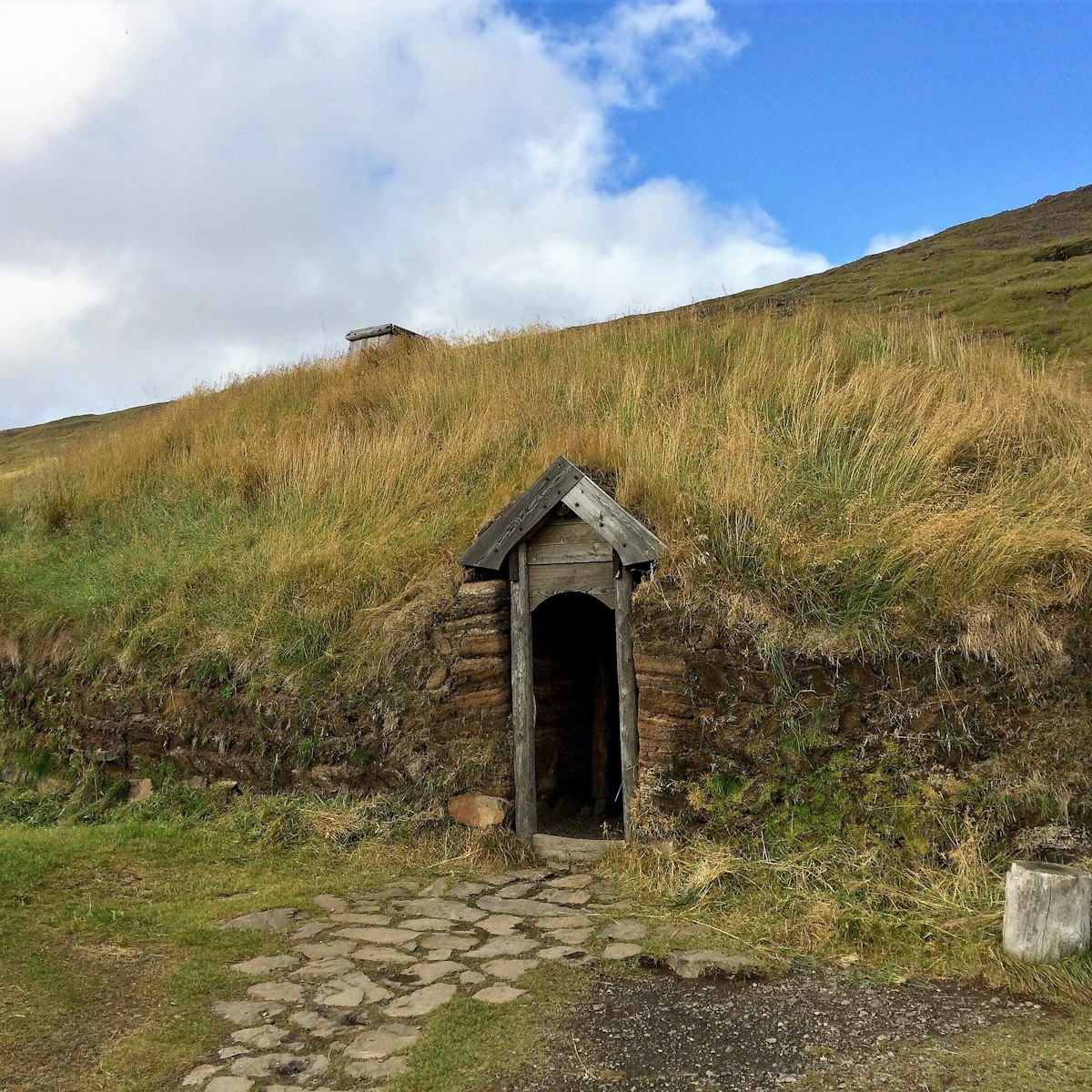
Eiríksstaðir Reconstruction
West Iceland
The farm Eiríksstaðir was home to Eiríkur Rauðe (Erik the Red), father of Leifur Eiríksson, the first European to visit America. Although only a faint…
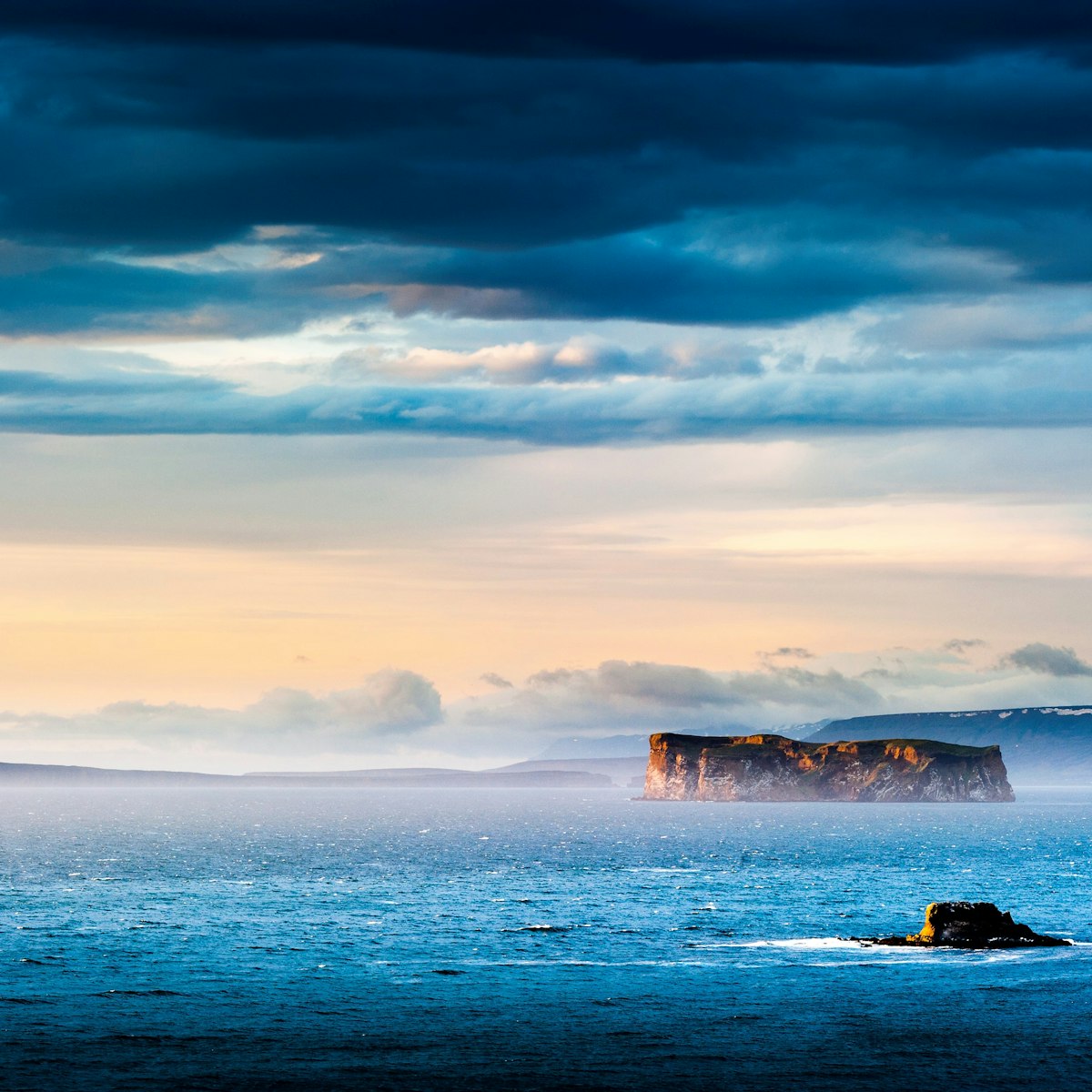
North Iceland
The tiny rocky islet of Drangey (drown-gay), in the middle of Skagafjörður, is a dramatic flat-topped mass of volcanic tuff with 180m-high sheer…
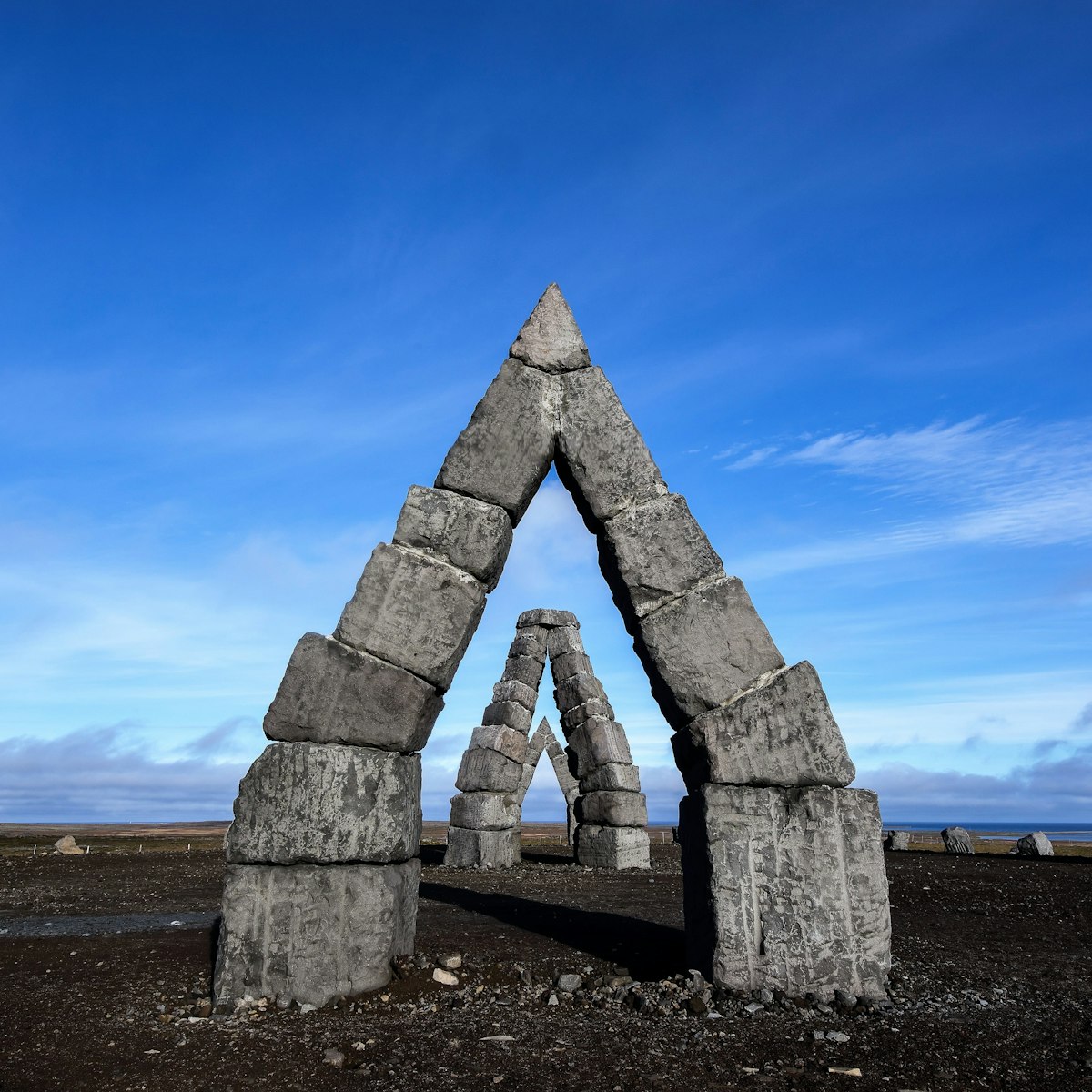
Arctic Henge
The striking stone arches of Arctic Henge are the darling of many a brochure, and in real life they live up to the exalted mood. The massive stone circle…

Borgarbyggð
The Langjökull ice cap is the second largest glacier in Iceland, and the closest major glacier to Reykjavík. It's accessed from the 4WD Kaldidalur or…

More than 400 buildings lie buried under lava from the 1973 eruption, and on the edge of the flow ‘Pompeii of the North’ is a museum revolving around one…

Hekla Volcano
One of Iceland's most active volcanoes, Hekla stands at 1491m, and has erupted 20 times since 874, most recently in the year 2000. In a 4x4, it's possible…

Aurora Reykjavík
Learn about the classical tales explaining the Northern Lights, and the scientific explanation, then watch a 35-minute surround-sound panoramic high…

Dimmuborgir
Mývatn Region
The giant jagged lava field at Dimmuborgir (literally ‘Dark Castles’) is one of the most fascinating flows in the country. A series of nontaxing, colour…

Perlan's mirrored dome, designed by Ingimundur Sveinsson, covers huge geothermal-water tanks some 2km from the city centre. Inside, the Wonders of Iceland…
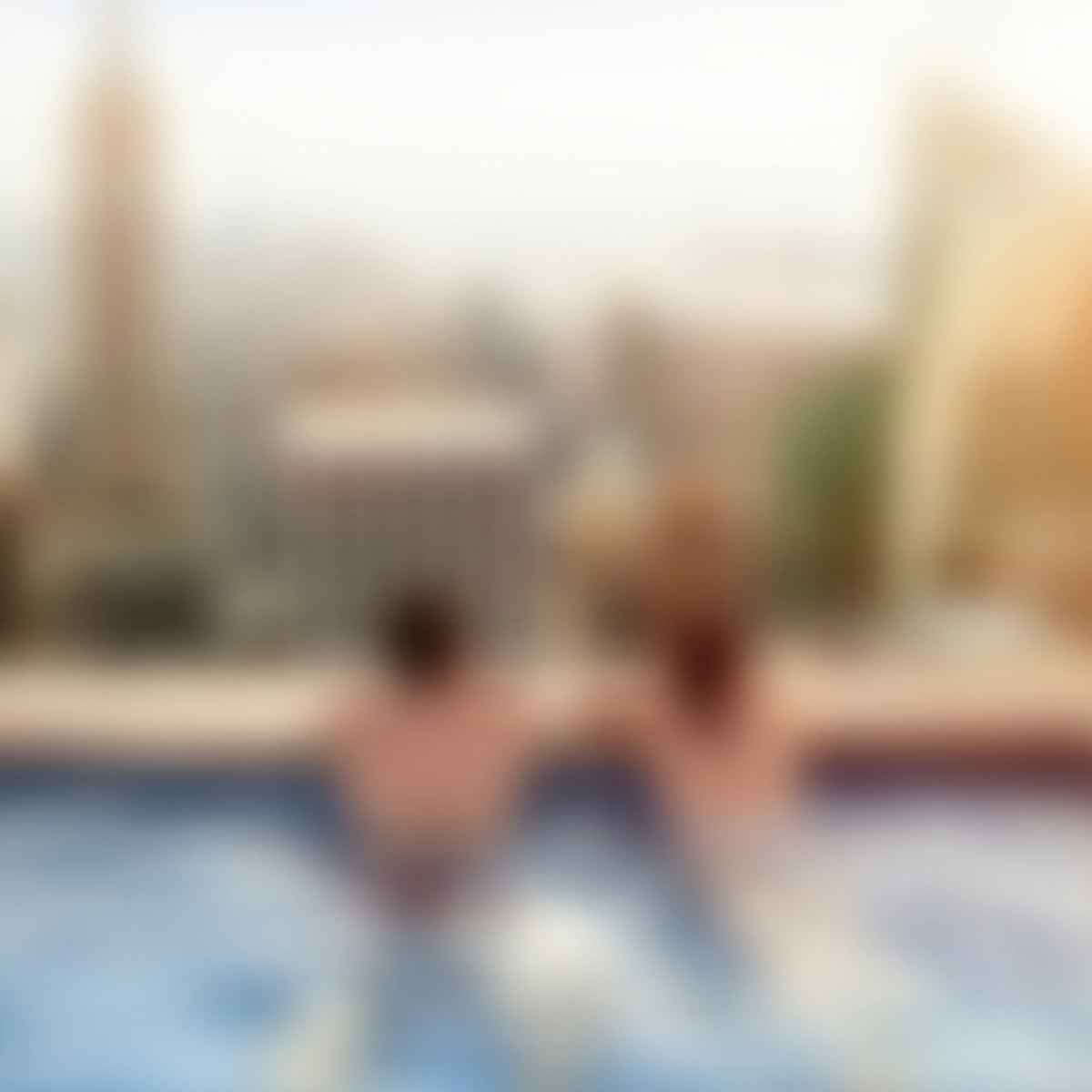
Hótel Rangá
Just south of the Ring Road, 8km east of Hella, Hótel Rangá, with its stuffed polar bear in the lobby, looks like a log cabin but caters to Iceland’s high…
Planning Tools
Expert guidance to help you plan your trip.
Best Things to Do
When traveling in Iceland, pay attention to its place names, you may even recognise one from the Icelandic sagas. Read on to find out how to learn more.
Things to Know
Plan the perfect visit to Iceland with these top tips on packing, the environment and local etiquette.
Transportation
It may be small but Iceland can be mightily difficult to get around. The scale and savagery of the landscape make traveling tricky – here's how to do it.
Visa Requirements
It depends on your citizenship. Read on to find out if you need a visa to visit Iceland, and more information if you do (and even if you don’t).
Money and Costs
Make your krónur go further in Iceland with these budget tips.
Traveling with Kids
Don't let Iceland's wild terrain fool you – there are lots of amazing attractions here for kids of all ages. Here's how to plan a family trip to Iceland.
Best Road Trips
Experience Iceland's incredible landscape and stunning small towns on one of our favorite Icelandic road trips.
Plan with a local
Experience the real Iceland
Let a local expert craft your dream trip.
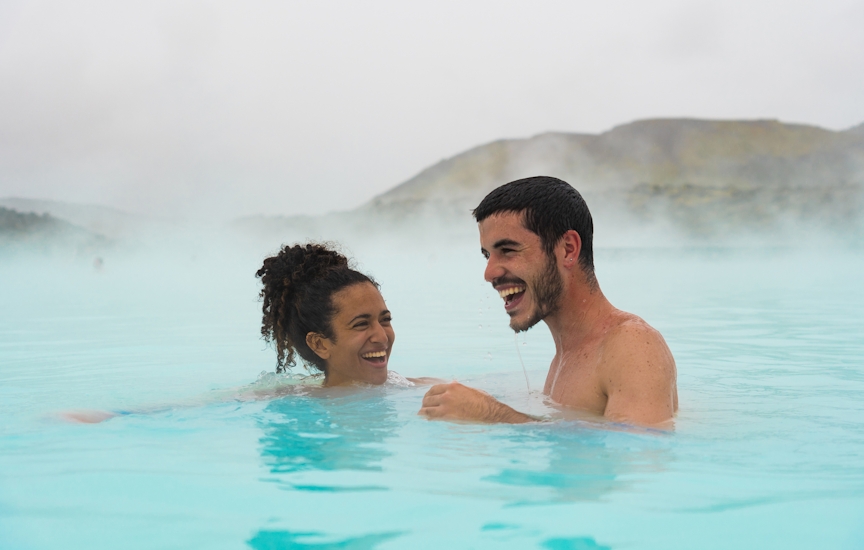
Latest stories from Iceland
Filter by interest:
- All Interests
- Adventure Travel
- Art & Culture
- Beaches, Coasts & Islands
- Food & Drink
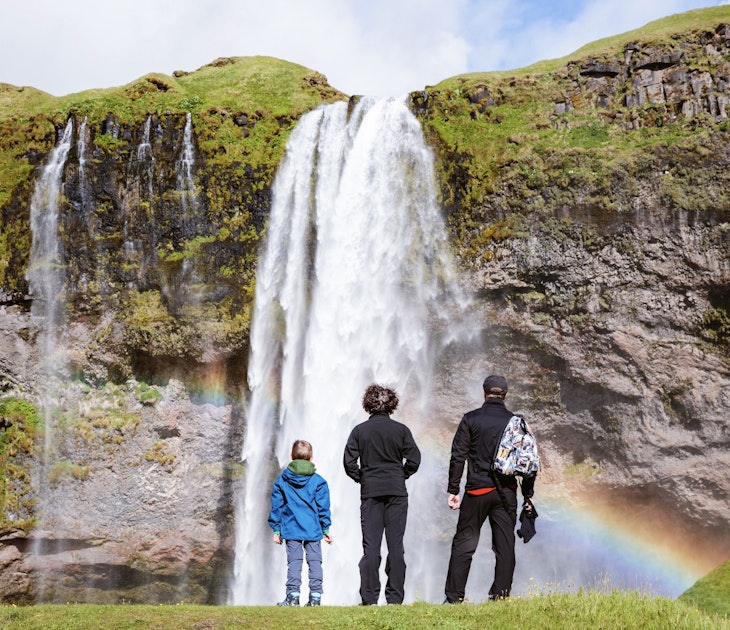
Destination Practicalities
Apr 6, 2024 • 3 min read
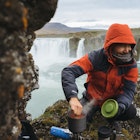
Apr 4, 2024 • 7 min read
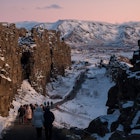
Mar 31, 2024 • 12 min read
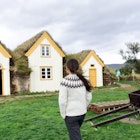
Mar 31, 2024 • 6 min read

Mar 28, 2024 • 17 min read
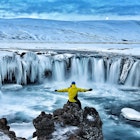
Mar 12, 2024 • 8 min read

Mar 7, 2024 • 5 min read
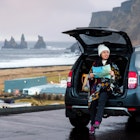
Mar 6, 2024 • 9 min read
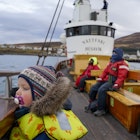
Mar 5, 2024 • 6 min read
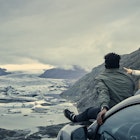
Mar 4, 2024 • 10 min read
in partnership with getyourguide
Book popular activities in Iceland
Purchase our award-winning guidebooks.
Get to the heart of Iceland with one of our in-depth, award-winning guidebooks, covering maps, itineraries, and expert guidance.
Iceland and beyond

- GLACIER HIKES, ICE CAVE TOURS & KAYAKING
- +354 661 0900
- [email protected]

Iceland Glacier Tours setREVStartSize({c: 'rev_slider_7_1',rl:[1240,1024,778,480],el:[900,968,960,960],gw:[1240,1024,778,480],gh:[900,968,960,960],type:'hero',justify:'',layout:'fullwidth',mh:"0"});if (window.RS_MODULES!==undefined && window.RS_MODULES.modules!==undefined && window.RS_MODULES.modules["revslider71"]!==undefined) {window.RS_MODULES.modules["revslider71"].once = false;window.revapi7 = undefined;if (window.RS_MODULES.checkMinimal!==undefined) window.RS_MODULES.checkMinimal()} Iceland Glacier Tours
Summer tours.

Winter Tours
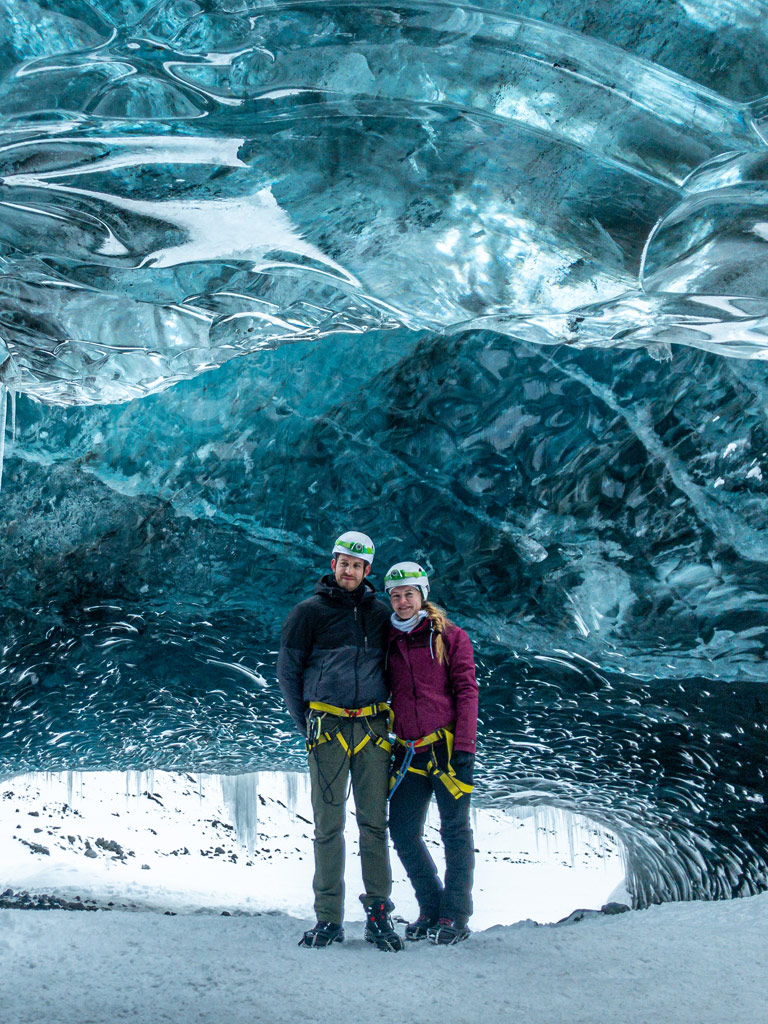
Private Tours

Experience a world of fantasy!
What do people say about us....

Our Most Popular Tours
Glacier hike & ice cave tour.
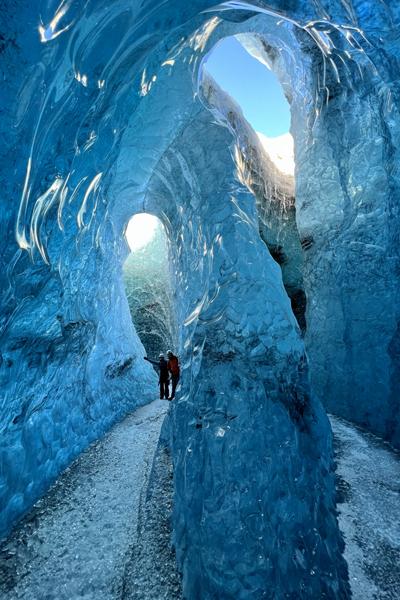
Availability: November – March

ICE CAVE TOUR

Our Instagram Feed

Thanks for visiting nordicvisitor.com! For the very best browsing experience on our website, we urge you to upgrade to the most recent version of your browser . Some of our site features may not function properly on older versions.
Iceland is open: volcano update
- Search Suggested Results View All Results
- EUR (€)
- GBP (£)
- Self-Drive i
- Privately Guided i
- Guided Small Groups i
- Multi-Day i
- Northern Lights i
- Honeymoon & Romance i
- Solo Travel i
- All Types & Themes
- All Iceland Tours
- Best Sellers
- Special Offers
- Book With Confidence i
- ICELAND IS OPEN i
- Iceland Volcano Update i
- Why book with us i
- Travel Update
- Booking Terms i
- Sustainability Policy i
- Iceland at a Glance i
- Useful Information i
- Iceland Attractions i
- Iceland Blog i
- Scandinavia
- Switzerland
- United Kingdom
- Manage Booking
- Privacy policy
Iceland Bíldshöfði 20 110 Reykjavík +354 578 20 80 View Map
Sweden Scotland View Details
Travel Guide
Discover everything you need to know about Iceland here. Nordic Visitor’s travel guide includes all the essential information, including top attractions, preparation tips, and popular ways to travel.

Adventures Under the Midnight Sun
Best Ways To Explore Iceland
Take a look at the most popular ways to see Iceland.
Self-Drive Tours
You take the wheel after we provide the route, car and accommodation.
Small Group Tours
Your guide gives you local insights as you travel in a cosy group of 16 people at most.
Private Tours
Experience a personalised tour, where your group set the pace.
Multi-Day Tours
Day tours made easy. We plan your excursions, accommodation and transport.
Most popular places
Take a look at these incredible bucket list destinations in Iceland.
- Þingvellir National Park
- Jökulsárlón Glacier Lagoon
- Blue Lagoon
- Lake Mývatn
- Skógafoss
- Seljalandsfoss
- Goðafoss
- Húsavík
- Stykkishólmur
- Seyðisfjörður
- Westman Islands
Useful tips
- What to pack
- Climate & weather conditions
- Health & safety
- Icelandic Language
Your Iceland Travel Tips
Our recommendations for unique travel experiences in Iceland.
Attractions
- Central Highlands of Iceland
- Reykjanes peninsula
- South Iceland
- East Iceland
- North Iceland
- West Iceland
- The Westfjords
- Reykjavik Capital area
Practical Information
- Climate & weather conditions
- Health & Safety
- Time & Daylight
- Shopping in Iceland
- Currency & banks
- Driving in Iceland
- Winter driving in Iceland
- Credit cards & travellers cheques
- Phones & mobile service
Iceland at a Glance
Annual events, accommodation, 4x4 and rental cars, getting to iceland.
Whether you have a single question or a special request, we're here for you.

Nomadic Matt's Travel Site
Travel Better, Cheaper, Longer
Iceland Travel Guide
Last Updated: April 1, 2024
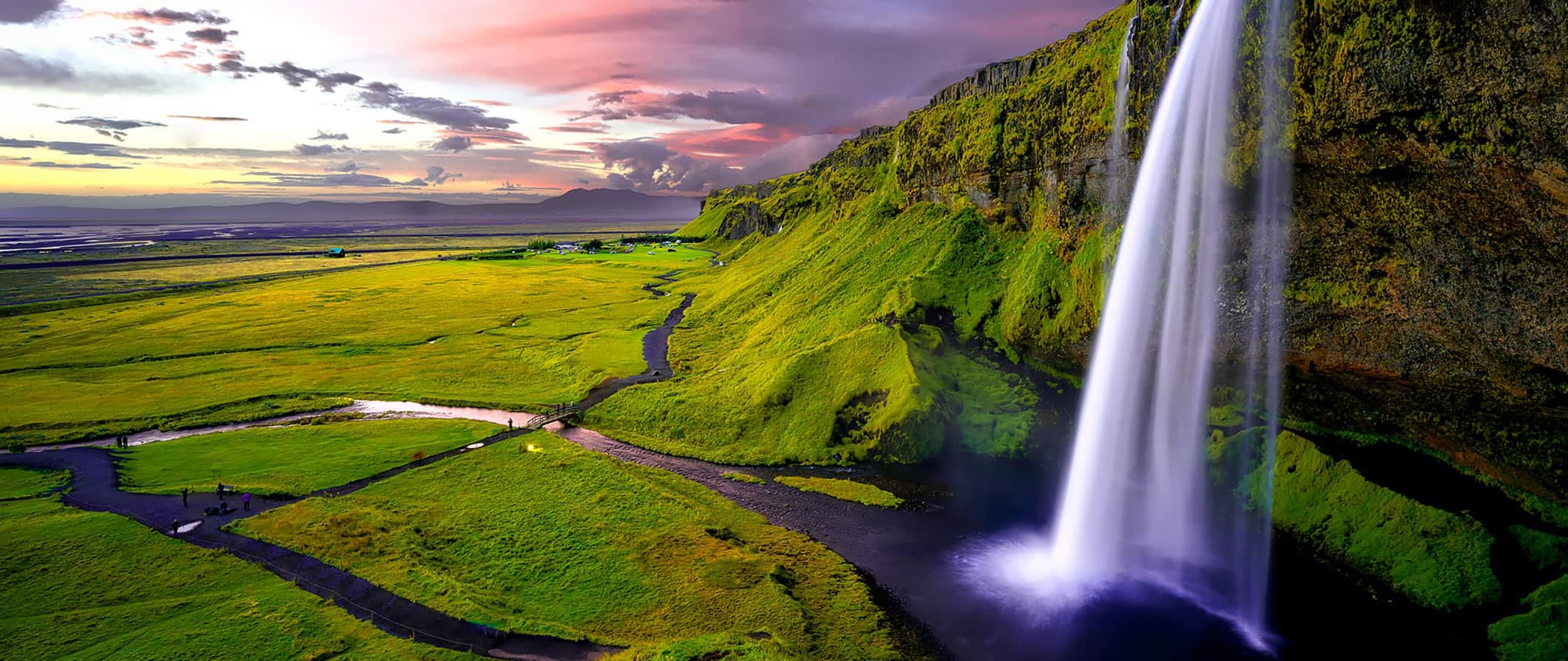
Iceland is a magical place. It’s the land of sheep, northern lights, volcanoes with unpronounceable names (try saying “Eyjafjallajökull”), rugged landscapes, waterfalls, mountains, and natural hot springs. Its stunning, scenic landscape feels out of this world.
Iceland quickly became one of my favorite countries after my first visit. It’s such a beautiful island filled with warm, welcoming people and sweeping vistas you won’t find anywhere else in the world. I have relished every subsequent visit to the country.
However, Iceland is expensive.
Traveling here on a budget is difficult as Iceland is definitely not a cheap country (and the growing influx of tourists is only increasing prices further).
Fortunately, it is possible to see a lot without going broke if you plan ahead. You won’t be living large if you’re here to backpack, but Iceland is worth the expense.
This travel guide to Iceland can help you plan your trip and see the sights without breaking the bank!
Table of Contents
- Things to See and Do
- Typical Costs
- Suggested Budget
- Money-Saving Tips
- Where to Stay
- How to Get Around
- How to Stay Safe
- Best Places to Book Your Trip
- Related Blogs on Iceland
Top 5 Things to See and Do in Iceland

1. Visit the Mývatn Nature Baths
Mývatn is quieter and less expensive than the famous Blue Lagoon (more on that below). The water from the underground hot springs is pulled from depths of up to 2,500 meters (8,202 feet) and reaches 37–39°C (98–102°F). The pool’s iconic milky blue color is created from the reflection of the sun on silica-rich water. Grab some local geyser-baked bread that they sell at the little cafe and relax, or enjoy a cocktail from the swim-up bar. After your soak you can head in for a geothermal steam bath, naturally created from the steam that rises through the floorboards. The Northeast area of Iceland where the pools are located is abundant with wildlife, so you might even spot local birds while you swim. Admission to Mývatn Nature Baths is 6,490 ISK.
2. See the Northern Lights
Seeing this natural phenomenon was one of the most awe-inspiring things I have ever witnessed. Aurora Borealis is named after the Roman Goddess of dawn and the north wind. They are a stunning sight that is caused by electrically charged particles as they speed into the earth’s atmosphere. They’re only visible in the arctic regions of the world, as the earth’s magnetic field is weaker there. The lights are best admired in remote places away from city lights. The best time to catch them is from mid-September to mid-April. However, it depends on the weather. The longer you stay, the better your chances. If you don’t have a car, you can take a Northern Lights tour from Reykjavik for 7,700 ISK.
3. Tour Reykjavik
Reykjavik is awash in cozy cafes, high-energy clubs, friendly pubs, and brightly colored wooden row houses. It’s super small and worth a few days to get a feel for the art and cafe culture of the city. Reykjavik translates to ‘smoky bay’ and was named for the steam that rises from the hot springs. It’s the northernmost capital of the world and despite its intimate size, the city is home to about 60% of Iceland’s population, making it one of the liveliest places in the country. Foodies will love the ever-expanding culinary scene where you can try options ranging from fine dining to tasty street food. If you’re a night owl, you’ll love the party scene here but be warned: they don’t go out until about midnight and drinks aren’t cheap!
4. Check out the Jökulsárlón glacier lagoon
Located in the southeast of Iceland within Vatnajökull National Park, this ice flow is one of the most popular attractions in the country. It’s the deepest lake in Iceland and is formed from the melting glaciers. Deep blue water is littered with icebergs which move through the lagoon towards the Atlantic Ocean, and you might spot seals perched on floating chunks of ice or swimming in the frosty water. Over the past 50 years the lake has grown significantly due to rising temperatures and currently covers 18 square kilometers (11 square miles). I enjoyed just sitting down and listening to the ice crash into each other on its way out to sea. For an up-close look at the glaciers, consider exploring the lagoon by boat.
5. See the waterfalls
Iceland is the king of waterfalls with over 10,000 cascades to explore. Dettifoss is the most powerful waterfall in Europe with a huge volume of water cascading over the falls every minute, at 45 meters (147 feet) tall and 100 meters (328 feet) wide. Gullfoss is one of the biggest waterfalls in Iceland and is close to Iceland’s famous golden circle (its name translates to ‘golden waterfall’). Seljalandsfoss is beautiful and you can walk behind the falls to get up close and personal with the powerful water. And then there’s Skogafoss which can be found along the Skógá River, and Svartifoss, which is surrounded by towering black cliffs.
Other Things to See and Do in Iceland
1. soak in the blue lagoon.
While I found the Mývatn baths to be a more relaxing and less expensive option, you cannot deny that Iceland’s most famous geothermal pool is the country’s top tourist attraction. It might be crowded and expensive, but there’s nothing like it in the world. This huge, milky-blue spa is fed by mineral-rich heated seawater from the nearby geothermal plant. Add the silvery towers of the plant, rolling clouds of steam, and people covered in white mud, and you’ll think you’re in the twilight zone – in a good way! Admission with a drink, towel, and mud mask is 14,000 ISK.
2. Take a Game of Thrones tour
The harsh climate north of the Wall in HBO’s hit series was predominantly filmed in Iceland. Explore the film locations on a guided tour, with both single- and multi-day options available, to get a behind-the-scenes look at this epic series. An 8-hour day tour starts at 15,470 ISK.
3. Explore Thingvellir National Park
This national park and UNESCO World Heritage Site is interesting for two reasons: it’s the original site of the longest-running parliament in the world (Vikings held political meetings here in the 10th century), and it’s also where the North American and European continental shelf plates are being torn apart (you can actually scuba dive between the plates for around 35,000 ISK). It’s one of the main stops in the Golden Circle and has several trails if you want to get out and stretch your legs. There are also some campgrounds here if you want to stay the night. Admission is free.
4. See Maelifell Volcano
Found in Myrdalsjökull Glacier Park north of Vik, Maelifell’s perfect cone shape gives this volcano that ‘classic’ volcano look. During the summer, snow melts to reveal a lavish green surface covered with moss. There is plenty to do and see in the surrounding park which is full of volcanoes, hot springs, and hiking trails. During the winter, a lot of the roads in the park close, so the summer season is the best time to go if you want to see the volcano up close. You can get to the volcano in 90 minutes by car from Vik.
5. Check out the geysers
Volcanic activities underneath the surface of Iceland have created a lot of geysers, underground springs, and thermal pools. Strokkur, in the southwest of Iceland, is currently the most popular geyser in the country. It erupts every 15 minutes and shoots a spray of water over 10 meters (32 feet) into the air. Geysir (from which the English word geyser is derived), was the first popular geyser known to tourists, though it no longer erupts frequently (you can still visit it though). There is no admission to see Strokkur (or Geysir, which is nearby). Arrive early to beat the hordes of tourists that come by bus as this is a main Golden Circle tourist stop.
6. Drive the Golden Circle Tourist Trail
The Golden Circle is a 230 kilometer (140 mile) route that includes some of the most popular sites near Reykjavik, including Gullfoss, Thingvellir, and Geysir/Strokkur. This is the main route for tourists visiting for just a day or two and lots of tourist buses drive this route. Other stops include the Kerið volcano crater, Hveragerði greenhouse village, Skálholt church, and the Nesjavellir or Hellisheiði geothermal power plant. If you have a vehicle, start your day early to beat the buses. You can drive the whole route in a few hours. If you don’t have your own car you can take a guided tour of the Golden Circle for 9,555 ISK.
7. Hike the Laugavegur trail
This 55 kilometer (34 mile) trail runs between Landmannalaugar and Þórsmörk and is a popular hike. Considered one of the most extraordinary hiking trails in the world, it offers a gorgeous variety of landscapes, including mountains in various colors, hot springs and glaciers, rivers, and lakes. Its well-worn trail, cozy huts, steady stream of trekkers, and frequent signposts make it a relatively safe and logistically easy venture. You can stay in huts for around 10,200 ISK per night, or camp in the designated areas outside the huts for just 2,500 ISK. You can hike the entire trail in 3-5 days.
8. Hike the Fimmvörðuháls Trail
If the full Laugavegur hike is too much, try your hand at the shorter (but equally as stunning) Fimmvorduhals trail. Stretching between Þórsmörk and Skógar, this trail can be done in a day or broken up into a two-day adventure. You can either camp or book one of the mountain huts located along the route. Just be aware: the huts sell out fast! The trail is moderately challenging so you’ll need to have solid footwear and be in good shape. Make sure you have rain gear as the weather can change quickly. Hiking is free if you don’t camp and there is a bus that can take you from Þórsmörk back to Skógar if you parked your car there (it’s 8,000 ISK each way).
9. Go fishing
Iceland is famous for its fish. With tons of salmon, trout, cod, and haddock, fishing here is incredibly popular and a big part of Icelandic culture and cuisine. You can find fishing tours from Reykjavik as well as more remote destinations like the Westfjords. They’re pretty much available everywhere! Expect to pay around 16,000 ISK for a three-hour fishing tour.
10. See the Skaftafell Ice Cave
These beautiful ice caves in Vatnajökull National Park attract adventurers from around the globe. The caves are part of the largest ice cap in the country and the second-largest in all of Europe. They are only accessible in winter. Guided tours take you into the caves where, armed with an ax and crampons, you can explore this otherworldly landscape. Tours start at 19,200 ISK per person and last around 4 hours.
11. Go whale watching
Iceland is home to some 20 different species of whale, as well as dolphins and harbor porpoises. Minke, fin, and humpback whales are the most commonly seen, and orcas and sperm whales appear regularly as well. The prime whale-watching season is from April to September, with most tours leaving from the south (Reykjavik) or north (Akureyri). Tours start at 10,000 ISK and go up from there. They usually last 2-3 hours.
12. Visit Landmannalaugar
Located in the interior highlands, these multicolored rhyolite mountains, lava fields, and volcanoes are a popular tourist destination for anyone looking to get off the main tourist trail. The striking landscapes look like a different planet. Horseback riding trips can be done here, starting at 11,000 ISK for a one-hour guided tour. For a short day hike, try the Sulpher Wave Trail. It takes around two hours. Note: to get here you need to drive on F-roads, which means you’ll need a 4×4 vehicle.
13. See Kirkjufell Mountain
Near the small town of Grundarfjörður in western Iceland, this iconic mountain juts out from the landscape. Surrounding this striking mountain are a bunch of waterfalls. If you come in the winter, it’s a gorgeous place to spot the northern lights. The mountain is one of the most photographed sights in all of Iceland (you’ve probably seen it on Instagram).
14. Hike the Snaefellsnes peninsula
Stretching out from the west coast, this peninsula is topped by a large national park. It’s a great place to take a hike or a stroll along the windy and winding coast. There are numerous hills and mountains to climb, including Snæfellsjökull. If you’re feeling adventurous (and have the money!) book a glacier walking tour for 17,000 ISK. These tours take you out over the remote glacier where you can hike, peer into crevasses, and learn about this martian landscape.
15. Search for puffins
Puffins can be spotted nesting all over Iceland between mid-April and mid-August. The larger populations are found on the Westman Islands and in the Westfjords, as well as in certain parts of the East Fjords. While you can try and spot some yourself (ask locals for help!) you can also book a tour to see them up close. Tours cost around 8,900 ISK.
16. Take a culinary tour
If you want to learn more about Icelandic cuisine and try some local favorites, take a culinary tour in Reykjavik. Companies like The Reykjavik Food Walk take you to 5-6 local restaurants for a 3.5-hour tour for around 16,000 ISK. You can try local dishes, learn how they are made, and get first-hand experience of Iceland’s unique cuisine.
17. Visit the National Museum of Iceland
This museum in Reykjavik contains informative exhibits about the first settlers to the island, Christianity in Iceland, the island under both Norwegian and Danish rule, and the independence movement. While not terribly large (you can probably get through it in a couple of hours at the most) it’s a great visit if you are interested in knowing more about the history and culture of the people. General admission is 2,500 ISK.
18. Take a course at the Icelandic Elf School
The Icelandic Elf School is a school that teaches students and visitors about Icelandic folklore. They teach about the “hidden people” and the 13 different kinds of elves that the school believes inhabit the country of Iceland. This is probably one of the strangest things to check out while in Reykjavik, which makes it one of the best. While the 9,058 ISK cost might be a little high, you also get a meal of pancakes and jam, teas, and chocolates to go along with the 3-4-hour lecture!
19. Visit the Penis Museum
The Phallological Museum, colloquially known as the Penis Museum, is a small institution home to the world’s largest collection of penises and penis-themed art. There are almost 300 items in the museum, including whale penises and (allegedly) troll penises! It’s a small museum but it’s incredibly informative — if you’re not too shy! Admission is 2,500 ISK.
Iceland Travel Costs
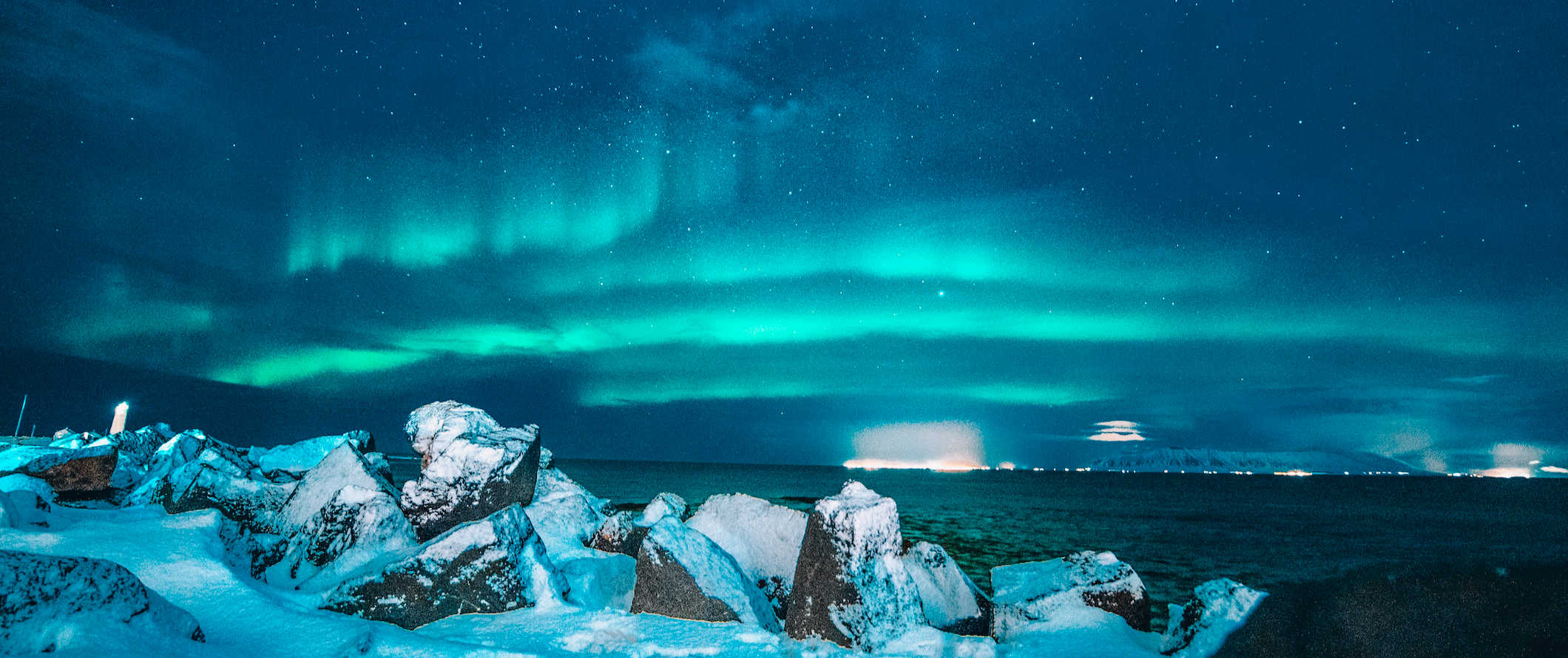
Hostel prices – A bed in a hostel dorm with 8-10 beds costs around 4,500-7,500 ISK per person per night. Private rooms cost 18,000-28,000 ISK. Free Wi-Fi is standard and most hostels also have self-catering facilities.
Many hostels in Iceland charge extra for linens/blankets. You can bring your own, however, you cannot use a sleeping bag instead. Additionally, many of the hostels around the country are HI hostels which offer 5-10% discounts to members.
For those traveling with a tent, campgrounds are available all around the country costing 1,600-2,700 ISK for a basic plot for two people without electricity. Wild camping, while technically legal, is frowned upon by locals.
Budget hotel prices – Expect to pay between 13,500-20,000 ISK per night for a double room with a private bathroom (usually with breakfast included). Free Wi-Fi is usually included, as well as other basic amenities like AC and a coffee/tea maker.
Since hotels are so expensive in Iceland, I much prefer to rent a room or apartment on Airbnb. Private rooms can be found for around 13,000 ISK while entire homes/apartments cost at least 19,000-25,000 ISK. Prices double when not booked early.
Food – Fish, lamb, and dairy are the main staples of Icelandic cuisine. Food here is very similar to what you’ll find across Scandinavia. Smoked lamb, cured meat, dark bread, and skyr (a local yogurt) are all incredibly popular. Haddock and herring are some of the most widely eaten fish. Shrimp is very common too. If you have a sweet tooth, be sure to try snúður (a cinnamon roll with chocolate on top).
If you are going to eat out here, expect to pay around 2,500 ISK for a cheap meal of local cuisine. You can find kebabs, soups, and other quick eats for around 1,500 ISK or less. Fast food (which is rare here) usually costs around 2,000 ISK for a combo meal.
For cheap meals, consider grabbing a hot dog (you can find them in every city and at gas stations). They cost around 500-650 ISK. Surprisingly, a decent place to eat cheaply in Iceland is at the gas stations. Most gas stations sell everything from deli sandwiches, pizzas, Icelandic soups, hot meals, fruit, and they have whole aisles of candy! It’s decent fast food and some of the cheapest you’ll find (albeit not the healthiest).
If you want to splash out, a three-course meal with a drink costs around 6,500 ISK.
Beer costs around 1,400 ISK. A latte/cappuccino is around 615 ISK. Bottled water (which you won’t need here) is around 270 ISK.
If you plan on cooking your own food, a week’s worth of groceries costs around 9,500 ISK. This includes basic staples like pasta, rice, seasonal produce, and a little bit of meat.
Backpacking Iceland Suggested Budgets
On a bare-bones backpacker budget of 7,000 ISK per day, you can camp, cook all your meals, hitchhike to get around, skip drinking, and do free activities like hiking or visiting waterfalls. If you plan on drinking, add 1,000-2000 ISK per day to your budget.
On a more reasonable backpacking budget of 10,500 ISK per day, you can stay in hostel dorms, cook most of your food and have a couple of cheap fast food meals, enjoy a drink here and there, take public transportation to get around and do a couple paid activities like museum visits in Reykjavik.
On a mid-range budget of 23,000 ISK per day, you can stay in a private Airbnb, eat fast food with the occasional traditional meal, split a car rental to get around, drink a little more, and do more paid activities like a puffin tour or whale watching.
On a “luxury” budget of 36,000 ISK per day, you can stay in a budget hotel, eat out at cheap restaurants serving local cuisine, drink out at the bar a few times, rent your own car, and do more expensive excursions like glacier hikes or scuba diving. This is just the ground floor for luxury though. The sky is the limit!
You can use the chart below to get some idea of how much you need to budget daily, depending on your travel style. Keep in mind these are daily averages — some days you’ll spend more, some days you’ll spend less (you might spend less every day). We just want to give you a general idea of how to make your budget. Prices are in ISK.
Iceland Travel Guide: Money-Saving Tips
Iceland is an expensive country to visit. Almost everything is imported, taxes are high, and there’s not a lot of local industry. But that doesn’t mean the country has to break the bank. In fact, there are many ways to save money in Iceland thanks in part of all the free outdoor activities you can do! Here are a few ways to cut down your costs:
- Hitchhike – Iceland is one of the easiest and safest countries in the world for hitchhikers (in fact, it’s the safest country in the world!). You can find rides throughout the country, though it’s especially easy in the southern part of Iceland. While harder, it’s also not impossible to find a ride in the off-season or in the less populated northern regions. One way to find rides is by asking around in hostels — people are usually driving the main Ring Road (M1) that circles the country. That’s how I found my rides.
- Bring a water bottle – The water in Iceland is incredibly clean and drinkable. In fact, you can fill up directly from streams and rivers! LifeStraw is my go-to company for reusable water bottles as their bottles include built-in filters to ensure your water is always clean and safe.
- Camp – Camping is available everywhere in Iceland. You can camp in designated campgrounds for under 2,400 ISK per night and some hostels allow you to put up tents too. You’ll need to have your own gear and sleeping bag. If you plan on camping often, consider purchasing the Campingcard as it can save you quite a bit of money.
- Bring your own sheets – Like in other Scandinavian countries, many hostels in Iceland charge you a fee for bed sheets if you don’t have your own (pillows are free!). Linen fees usually begin at 1,350 ISK; however, some hostels are starting to include them for free. Usually, they will allow you to bring your own blankets but not a sleeping bag.
- Don’t drink – Due to high taxes, it’s very expensive to drink in Iceland. Save money and don’t drink. Ok, maybe once in Reykjavik since its nightlife is world-famous. But other than that, don’t. You’ll save a bundle and feel a lot better. No one wants to hike a volcano with a hangover!
- Cook your own food – With dining out being so pricey, I found the best thing to do is go grocery shopping. Buy everything you need (such as eggs, cereal, pre-made sandwiches, and pasta) and cook it yourself. Most hostels, guesthouses, and campsites have kitchens. Shop at BONUS food stores as they have the cheapest prices.
- Eat hotdogs – If you are going to eat out, eat at the sandwich and hotdog stalls you find throughout the cities. They offer the cheapest (although, not the healthiest) food in the country. You can also find cheap hotdogs at many gas stations, too.
- Stay with a local – Iceland has a very active Couchsurfing community. I stayed with hosts in Reykjavik and Akureyri. Getting involved with the community here is a surefire way to save money, get local insights, meet wonderful people, and get a free place to stay.
- Use Samferda – This website can help you find passengers (or rides). It’s especially popular in the larger cities and it’s cheaper than the bus.
Where to Stay in Iceland
Iceland has tons of hostels all around the country. They are the cheapest form of accommodation. My favorite places to stay are:
- KEX (Reykjavik)
- Hafnarstræti Hostel (Akureyri)
- Akureyri HI Hostel (Akureyri)
- Start Hostel (Keflavik)
For more recommendations, check out this list of my favorite hostels in Iceland
How to Get Around Iceland
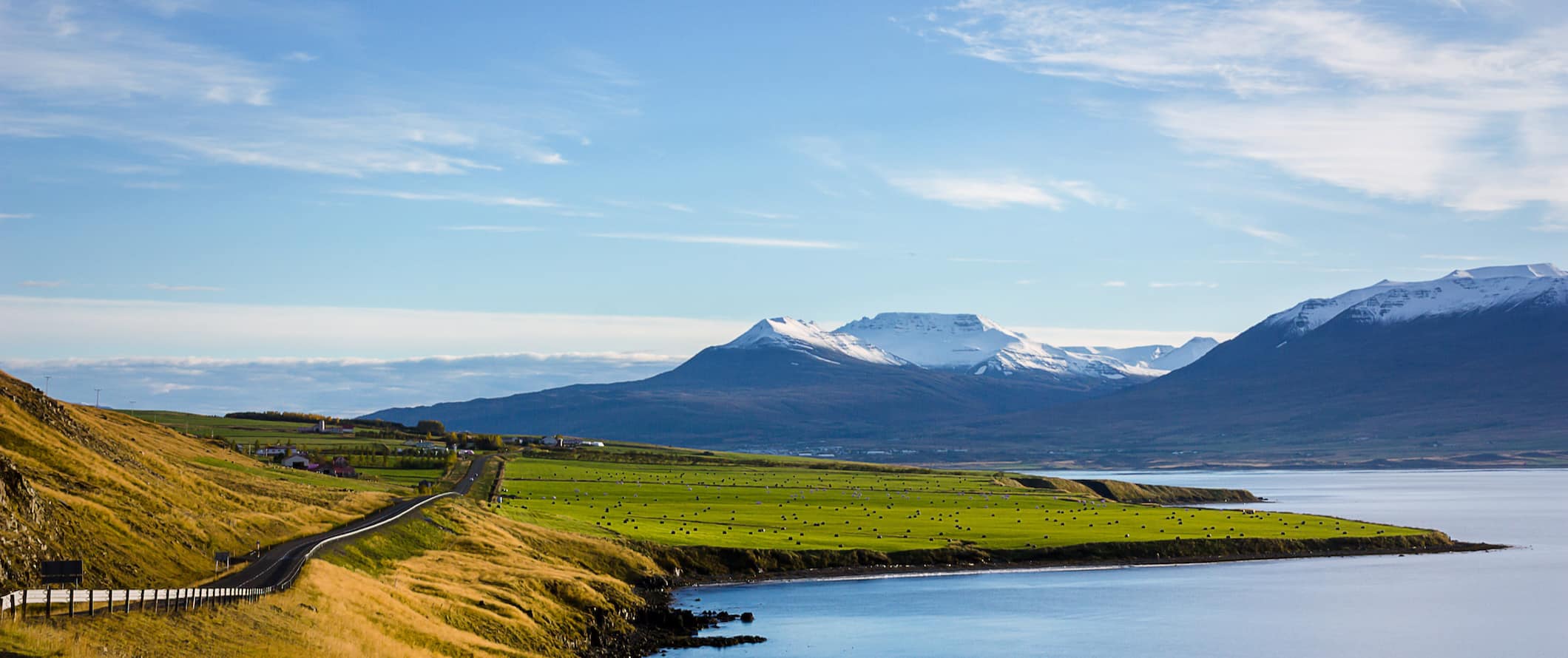
Public transportation – The larger cities of Reykjavik and Akureyri both have a reliable public bus network, although both cities are small enough that you can walk just about everywhere. Strætó is the public bus network and you can plot your route on their website. Bus fare is 490 ISK.
Bus – Using buses to travel around the country is the best option if you don’t have a car. The Strætó bus network goes all around the country (though some regions aren’t covered and routes can be a little infrequent).
A bus from Reykjavik to Akureyri costs 7,100 ISK, while Akureyri to Husavik is around 2,500 ISK. Reykjavik to Vik is 3,850 ISK. Keep in mind though that these are public buses that will get you from point A to point B — there are no stops at attractions. You can look up routes and schedules on the Strætó website or download their app.
There are other bus/tour companies geared specifically towers travelers in Iceland, however, including:
- Reykjavík Excursions
- SBA-Norðurleið
Reykjavík Excursions departs from Reykjavík and offers tours and day trips, but they also have an “Iceland On Your Own” deal where you can buy passes and be more flexible with your route (prices depend on where you’re going).
Trex Hiker is catered specifically for hikers and runs people between Reykjavik and popular hiking routes like Landmannalaugar and Þórsmörk.
Flying – The two main domestic airlines within Iceland are Icelandair and Eagle Air. Destinations covered include Reykjavík, Akureyri, Grímsey, Ísafjörður, and Egilsstaðir (among others). The biggest airport outside of Reykjavík is in Akureyri. A flight here would allow you to cross the entire country in about 30 minutes. If you’re short on time but still want to visit the north, flying is your best option. Expect to pay 15,000-17,500 ISK for a one-way ticket.
Car rental – Renting a car is the best way to travel to Iceland. Small cars cost as little as 6,200 ISK per day and you can split the costs with traveling companions. SADcars and Iceland Car Rental are two of cheapest car rental companies in the country.
If you’re on a budget and have extra space in your car you can use the website Samferda to find passengers.
When to Go to Iceland
Your experience in Iceland will be largely influenced by the time of year you visit. June to September is the best time to visit, as temperatures are pleasant and average between 10-15°C (50-59°F). The days are long and the sun only sets for a few hours. This is also when tourism is at its busiest.
The spring and fall months (shoulder season) are both excellent times to visit as well. The crowds have thinned out, and although temperatures are chilly — ranging from 4-7°C (40-45°F) — there’s still a lot of sunshine. You’ll also get cheaper accommodation too.
Winter (from October to April) can be harsh, but it’s still an interesting time to visit. The days are short and temperatures drop below freezing. However, there are plenty of opportunities to see the northern lights. Driving conditions are hazardous though so this isn’t a good time to rent a vehicle.
How to Stay Safe in Iceland
Iceland is the safest country in the world! You will not be the victim of any crime here. There’s no murder here and no petty crime. I mean I wouldn’t leave your valuables unattended but that’s not beause of locals but because of travelers! Your biggest concern here is the elements. Iceland’s environment can be harsh and unpredictable, especially in the winter. The Iceland Meteorological Office and the Icelandic Road and Coastal Administration are two valuable websites to check in with as you travel.
If you go out hiking, bring water, sunscreen, and rain gear. The weather can change rapidly.
If you rent a vehicle, make sure you are careful with the doors. The wind here is extreme and can rip car doors right off your vehicle (this is surprisingly common). Always make sure you have comprehensive insurance coverage when you rent a car.
F-roads (rugged dirt roads) should only be driven on with a 4×4 vehicle. Don’t try driving on them without one!
Scams here are non-existent, but if you’re worried about getting ripped off you can read about common travel scams to avoid here.
If you experience an emergency, dial 112 for assistance.
The most important piece of advice I can offer is to purchase good travel insurance. Travel insurance will protect you against illness, injury, theft, and cancellations. It’s comprehensive protection in case anything goes wrong. I never go on a trip without it as I’ve had to use it many times in the past. You can use the widget below to find the policy right for you:
Iceland Travel Guide: The Best Booking Resources
These are my favorite companies to use when I travel. They consistently have the best deals, offer world-class customer service and great value, and overall, are better than their competitors. They are the companies I use the most and are always the starting point in my search for travel deals.
- Skyscanner – Skyscanner is my favorite flight search engine. They search small websites and budget airlines that larger search sites tend to miss. They are hands down the number one place to start.
- Hostelworld – This is the best hostel accommodation site out there with the largest inventory, best search interface, and widest availability.
- Booking.com – The best all around booking site that constantly provides the cheapest and lowest rates. They have the widest selection of budget accommodation. In all my tests, they’ve always had the cheapest rates out of all the booking websites.
- HostelPass – This new card gives you up to 20% off hostels throughout Europe. It’s a great way to save money. They’re constantly adding new hostels too. I’ve always wanted something like this and glad it finallt exists.
- Get Your Guide – Get Your Guide is a huge online marketplace for tours and excursions. They have tons of tour options available in cities all around the world, including everything from cooking classes, walking tours, street art lessons, and more!
- The Man in Seat 61 – This website is the ultimate guide to train travel anywhere in the world. They have the most comprehensive information on routes, times, prices, and train conditions. If you are planning a long train journey or some epic train trip, consult this site.
- Rome2Rio – This website allows you to see how to get from point A to point B the best and cheapest way possible. It will give you all the bus, train, plane, or boat routes that can get you there as well as how much they cost.
- FlixBus – Flixbus has routes between 20 European countries with prices starting as low 5 EUR! Their buses include WiFi, electrical outlets, a free checked bag.
- SafetyWing – Safety Wing offers convenient and affordable plans tailored to digital nomads and long-term travelers. They have cheap monthly plans, great customer service, and an easy-to-use claims process that makes it perfect for those on the road.
- LifeStraw – My go-to company for reusable water bottles with built-in filters so you can ensure your drinking water is always clean and safe.
- Unbound Merino – They make lightweight, durable, easy-to-clean travel clothing.
- Top Travel Credit Cards – Points are the best way to cut down travel expenses. Here’s my favorite point earning credit cards so you can get free travel!
Get My Guide to Iceland!
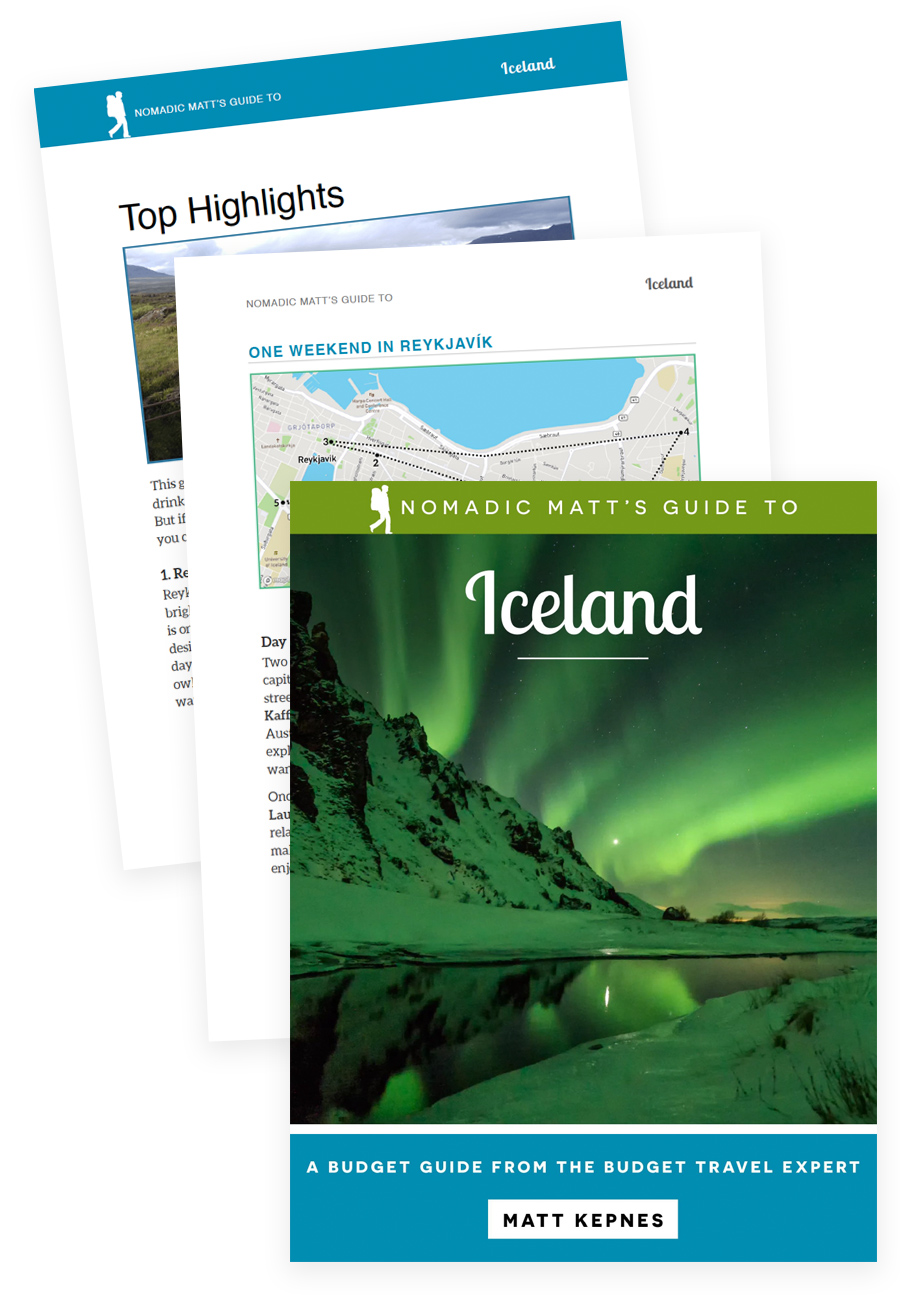
It cuts out the fluff found in other guides and gets straight to the practical information you need to travel and save money in one of the most beautiful and exciting destinations in the world.
- My favorite things to see and do
- Money-saving tips
- Budget advice
- Transportation advice
- My favorite non-touristy restaurants, markets, and bars
- And much more!!
Details: Over 190 pages of budget travel advice Return policy: No risk, 7 Day, 100% Money Back Guarantee
Get the Iceland Guide Now!
Iceland Travel Guide: Related Articles
Want more info? Check out all the articles I’ve written on Iceland travel and continue planning your trip:
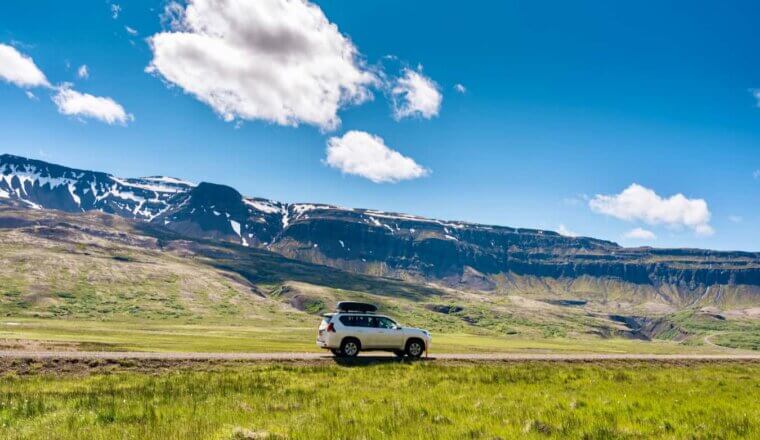
13 Iceland Road Trip Tips: What You Need to Know Before You Go
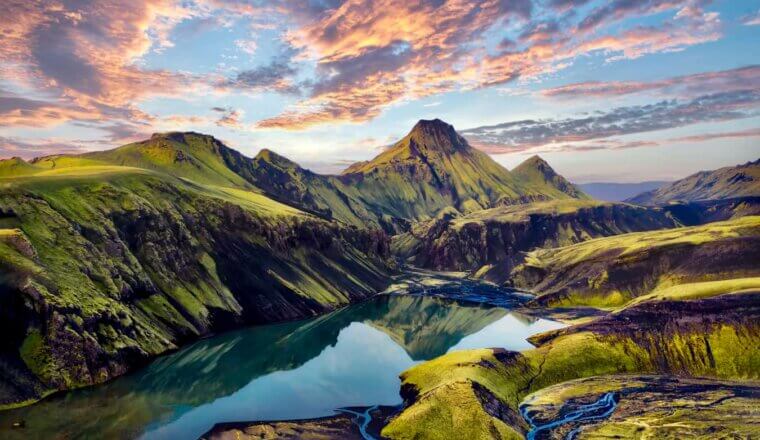
The 9 Best Hostels in Iceland
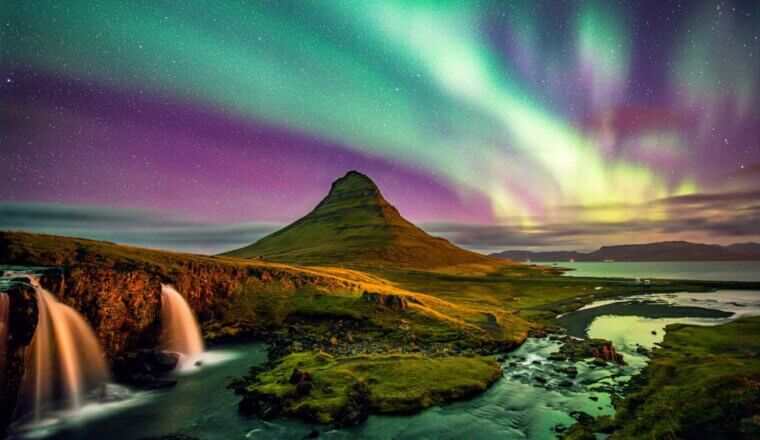
The 7 Best Tour Companies in Iceland
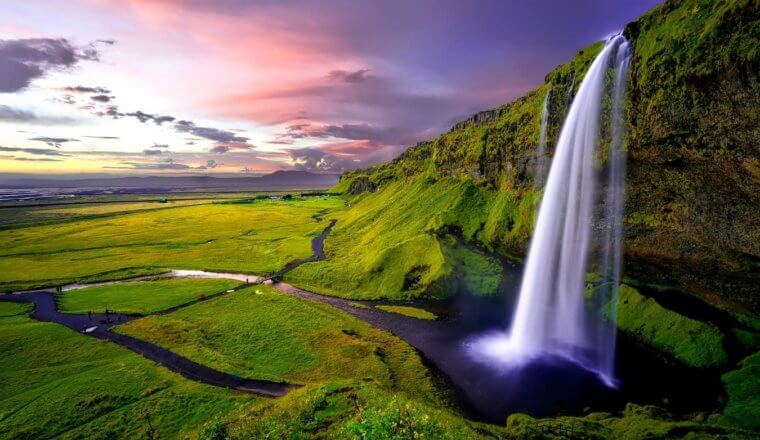
Visiting Iceland: Detailed Itineraries for the Land of Fire and Ice
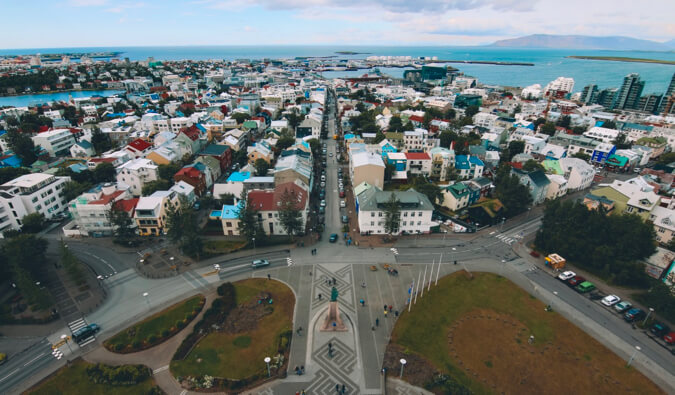
22 Free (Or Cheap) Things to Do in Reykjavik
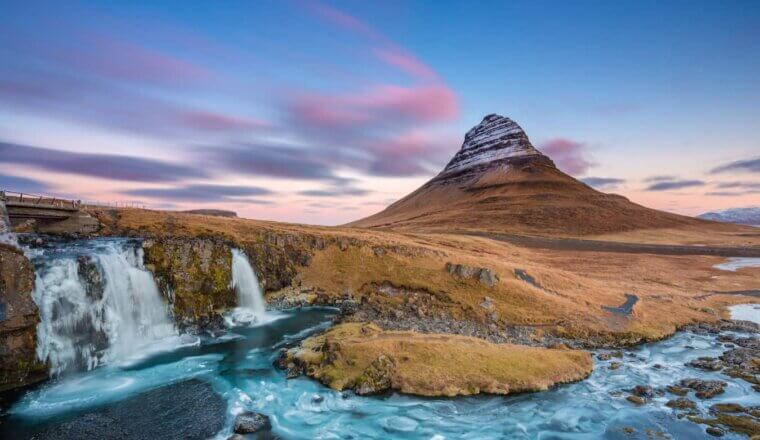
The 13 Best Things to Do in Iceland
Get my best stuff sent straight to you, pin it on pinterest.
- Where To Stay
- Transportation
- Booking Resources
- Related Blogs

Let Iceland Tours take you on your next adventure
The best iceland tours, hand-picked for you.
With a trip from Iceland Tours, you’ll always get transport, places to stay, and activities included. So all you need to do is book your flight and pack your thermals – we’ve taken care of the rest. Easy, right? Já!
Iceland Ring Road Adventure with Snæfellsnes
The ultimate road trip with ‘Iceland in Miniature’.
West Iceland with Snæfellsnes - Small Group Adventure
Witness the wonders of the west coast & discover ‘Iceland in Miniature’
Iceland Ring Road: Best of the Best
Take the Iceland road trip of a lifetime.
South & West Iceland In Depth
A road trip packed with epic natural sights.
Iceland Volcanic Highlands & Ring Road
Explore Iceland’s volcanic heartland and tour the Ring Road’s top sights.
Iceland Complete Circle Private Tour
Discover the Ring Road on an unforgettable journey with your own private guide.
Iceland Ring Road & Westfjords Epic Adventure
Explore every corner of Iceland in 2 weeks.
Active Iceland Fire and Ice Expedition
Experience glaciers up close and walk in the footsteps of lava.
Discover the hottest Iceland has to offer
Explore ways to travel
Hæ we’re iceland tours.
For 40 years, we’ve been putting together awesome Iceland vacations. And we can do the same for you. We’ll organize your accommodation, local transport, and a detailed itinerary. So you can focus on what’s important: getting excited about your trip!
Discover Iceland’s top attractions
Where else can you see towering waterfalls, powerful volcanoes, and ginormous glaciers, all in the same day? And that’s just what Mother Nature has to offer, Iceland’s packed full of awesome culture too.
South Iceland
East Iceland
Jökulsárlón Glacier Lagoon
Geysir and strokkur, skaftafell nature reserve.
Snæfellsnes peninsula
Don’t take our word for it
See what hundreds of fellow travelers have to say about their trips with Iceland Tours.
Get inspired
Midnight sun in iceland – your guide.
Get the lowdown on this natural phenomenon that takes place during summer in Iceland.
Iceland in Summer vs Winter
Which season is best to visit? Get the lowdown.
Sky Lagoon in Iceland – Your Ultimate Guide
Find out what's on offer at Reykjavík's trendiest spa.
13 Best Places to Visit in Iceland
Don’t miss these 13 best spots to go in the Land of Fire and Ice.
#icelandmyway
See what travelers like you have been up to lately on Instagram.
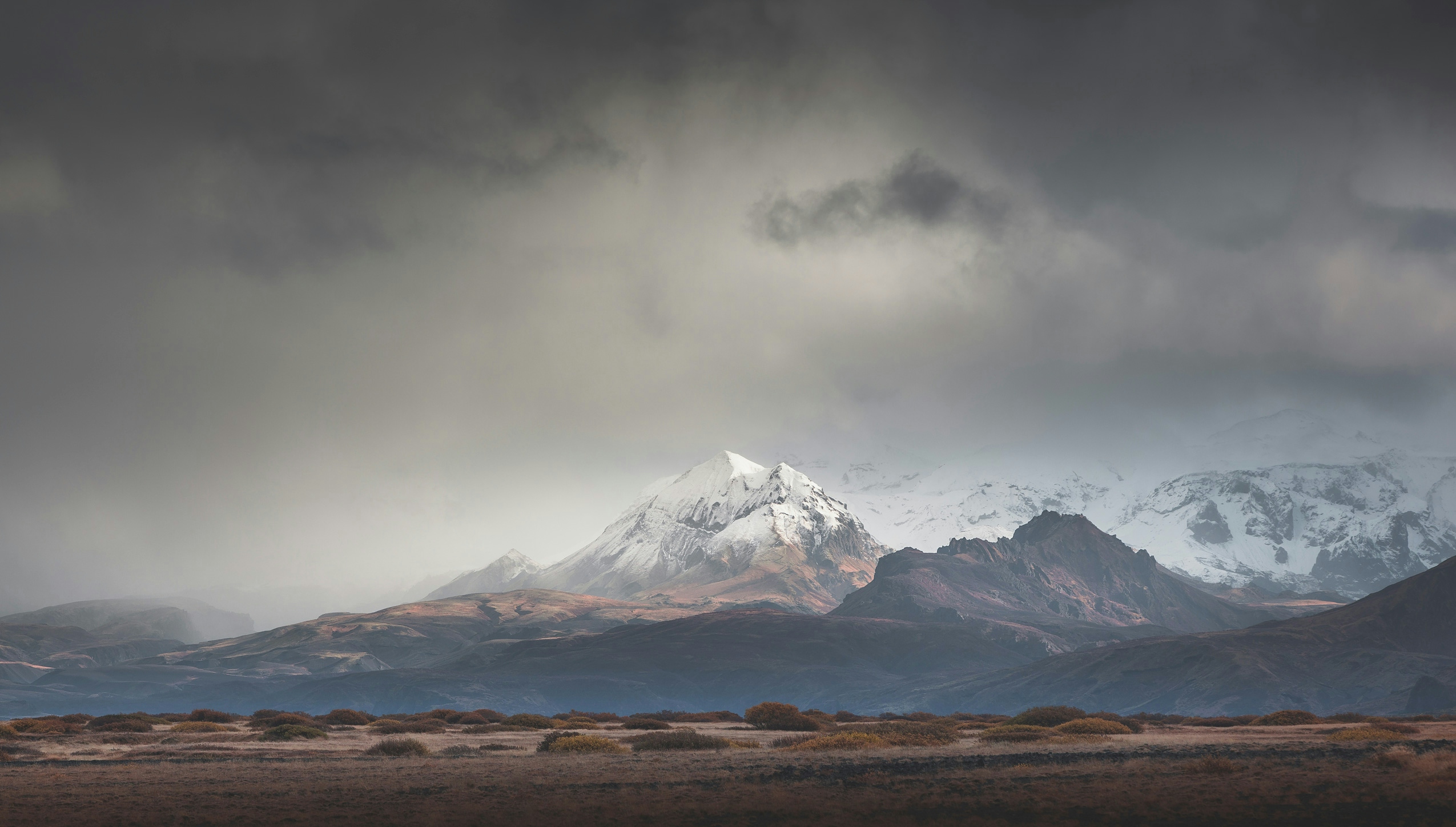
About Iceland Travel
Your dmc in iceland.
Iceland Travel was founded in 1936 – back when they called travellers “explorers” rather than “tourists”. And for almost 100 years now, we’ve been proudly serving the diverse needs of clients from all four corners.
Every day, our experts on the ground craft unforgettable travel experiences and take guests on uniquely local journeys. This is why we are the leading B2B travel company in Iceland, able to care for your guests in the best possible way.
Why choose Iceland
Our home is a land of pleasing extremes. Landscapes that are otherworldly with guesthouses that feel like home. Frozen “diamonds” of glacial ice and warm welcomes. Turf-topped farmhouses and soothing spa experiences.
We know all these, plus what’s in-between. Let us show your clients the wonders of Iceland as locals see it.
Uniquely Qualified
Committed to the environment, customer care, professional, local suppliers and guides.
Travel Partners Around the World
Iceland’s been a country of immigrants since 874 ad.
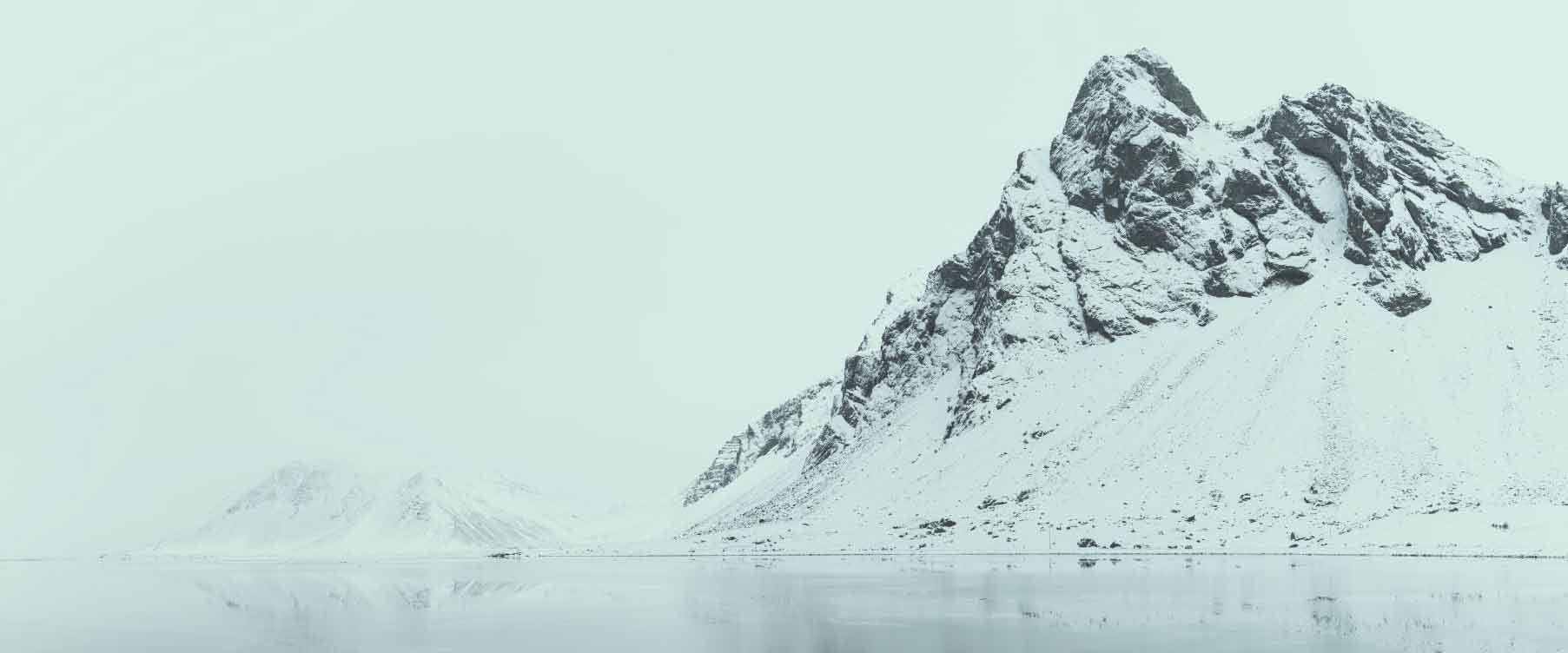
Sustainability
We care for our home, outstanding services.
Special groups
Multi-day guided tours
Self-drive tours
Tailormade and Luxury

How to Get from Keflavik to the Blue Lagoon During a Layover in Iceland
W hen it comes to layovers in Iceland, travelers passing through the country have a unique opportunity to see one of Iceland’s top attractions. The journey from Keflavik International Airport to the Blue Lagoon is as convenient as the geothermal spa is enticing.
Whether you have a few hours or a day to spare, this guide to navigating from Keflavik to the Blue Lagoon explains everything you need to know to ensure an unforgettable experience during your short visit to Iceland.
BUY YOUR BLUE LAGOON TICKETS HERE
About the Blue Lagoon in Iceland
At a steady 100 degrees to 110 degrees Fahrenheit, the Blue Lagoon is a man-made geothermal spa that was created back in the 1970s. Its backstory is one of the most interesting things about Iceland because surprisingly, it was discovered by accident.
The lagoon sits next to a geothermal plant and was created when wastewater runoff from the plant started pooling in the lava fields nearby. I understand that the thought of submerging your body in wastewater sounds disgusting at best and hazardous at worst, but don’t let it gross you out.
The Blue Lagoon is actually Iceland’s number one attraction, with more than 700,000 visitors each year. It is even more popular than Iceland’s many waterfalls .
The mineral-rich waters in the Blue Lagoon are believed to provide valuable health benefits to all who come to soak in them. Minerals like silica and sulfur are great for the skin, although not so great for the hair. You’ll want to tie or pin up long hair and condition it afterwards.
How to get from Keflavik to the Blue Lagoon
Not all airport layovers are created equal, especially when it comes to layover activities . Some airports offer free guided tours and complimentary shuttles to the city center, while others have excellent on-site amenities like yoga classes, gardens, activities, and premium shopping and dining options.
But Keflavik Airport is great for a short layover in Iceland (5-6 hours) simply because of its proximity to a world-class wonder: the Blue Lagoon. In fact, getting from Keflavik to the Blue Lagoon is easy, convenient, and only takes about 20 minutes. So, within an hour of getting off the airplane, you’ll be on your way to the most relaxing layover ever.
Soaking in a geothermal spa is a great way to beat jet lag and unwind after being cooped up and cramped in the cabin of an airplane. That right there makes a layover at Keflavik Airport totally worth it! In fact, I’d probably argue that the convenience of the Blue Lagoon to Keflavik makes it one of the best airports in the world for a short layover.
Getting from Keflavik to the Blue Lagoon is simple. There are hourly shuttles that you can take to the Blue Lagoon from the Iceland airport for a small fee.
If you have a longer layover in Iceland or a day or two stopover and you plan to rent a car and drive in Iceland , the Blue Lagoon is a short and easy drive. The attraction also offers plenty of free parking once you arrive.
Private transfer to the Blue Lagoon
You can also book a private transfer from Keflavik to the Blue Lagoon. Although more expensive, this is a great option especially if you are in a time crunch or traveling in a group of three or four people.
Private transfers are cheaper than the shuttle bus if you are a party of 3 or 4 with everyone over the age of 13 because you are paying per car for the private transfer versus per person for the shuttle bus.
If you are staying in Reykjavik there are private transfers available to and from the city, as well. However, even if you are staying a night in Reykjavik, I recommend making the Blue Lagoon your first stop once you get to Iceland.
While the lagoon is only a 15–20-minute drive from Keflavik Airport, it is a 50-minute drive from the Reykjavik city center, so it makes sense to go directly from the airport.
FIND AND BOOK A PRIVATE ROUND-TRIP TRANSFER OR A BUS TRANSFER FROM KEFLAVIK TO THE BLUE LAGOON.
Shuttle bus from Keflavik to the Blue Lagoon
The shuttle buses are operated by multiple carriers including SmartBus and Destination Blue Lagoon. They run each hour during the day from Keflavik to the Blue Lagoon.
The shuttle is a more affordable option compared to a private transfer; however, it does involve waiting until the hourly departure time. There are also shuttle services from Reykjavik. Children under the age of 13 are free on the shuttle.
You can schedule your pickup time here .
Renting a car and driving to the Blue Lagoon
A self-driving tour of Iceland may be one of the most popular ways to explore the country if you have an Iceland stopover for a few days .
If you decide to rent a car in Iceland, getting to the Blue Lagoon from Keflavik is an easy drive down a well-maintained highway.
FIND AND BOOK A RENTAL CAR IN ICELAND HERE .
How long of a layover in Iceland do you need to visit the Blue Lagoon?
Like the middle of America, Iceland is a flyover destination that many only go to if they are actually visiting there.
But, in the chance that you have the option of a short layover in Iceland, then definitely go for it. Because in a few minutes you can go from the airport to a therapeutic, milky blue geothermal bath.
How much time you spend at the Blue Lagoon really depends on you. Still, you will want to give yourself several hours to truly appreciate the experience.
For one, depending on the time of day you are visiting the line to redeem your tickets can take a while . The attendant has to explain the rules to each person before they can enter.
You’ll then need to shower (which is mandatory), change into your swimming suit, and store your belongings in a locker before entering the lagoon. That process can take time, so allow enough time for both the logistics and the relaxation.
The whole purpose of visiting the Blue Lagoon is to relax, particularly if you just arrived in Iceland after a long flight or are only there on a short layover. You don’t want to rush the experience. Soak in the water and let your body benefit from the minerals .
Apply the mud mask , which everyone receives with their admission, and let that mask work its magic on your face. Air travel can be very drying for your skin, so the mud mask might be just what you need to rejuvenate your face after a flight.
Finally, enjoy a drink at the swim up bar which is also included in admission. Take in the moment and feel the tension in your muscles vanish.
To truly appreciate the experience, you’ll probably want to spend at least 2-3 hours at the Blue Lagoon . Which means if you are only visiting on a layover, you’ll need about 5-6 hours between your arrival and departure flights .
Things to know before visiting the Blue Lagoon from Keflavik
If you plan to visit the Blue Lagoon directly from the airport there are a few things to know and plan for ahead of time, particularly if you are only visiting on a layover.
Pack a swimming suit in your carry-on bag
If you only have a few hours in Iceland and plan to head to the Blue Lagoon during a layover, make sure you pack your swimsuit in your carry-on bag .
In fact, even if you are staying in Iceland for a while but want to make the Blue Lagoon your first stop, I’d recommend packing your swimsuit in your carry-on bag for easy access.
Swimsuits are required in the Blue Lagoon . Although you can rent swimwear there if you forget yours, the idea of renting a swimsuit kind of grosses me out. It’s like borrowing someone’s underwear. Ick.
Other items you will want to pack in your carry-on bag include your toiletries and makeup, a hair tie, slippers, and sunglasses.
One thing you do NOT need to pack is a towel. You do not need to bring a towel to the Blue Lagoon . They are provided at no additional charge with your admission as are arm floaties for kids.
ALSO READ: ICELAND PACKING LIST FOR SUMMER
Storing luggage at the Blue Lagoon
Whether you travel with a small carry-on bag only or you are a chronic over-packer and have a massive suitcase full of clothes, you can bring and store your luggage at the Blue Lagoon while you are there.
There are lockers in the locker rooms that can hold smaller bags. While larger luggage can be stored in a secure luggage facility in the parking lot.
Keep in mind, if you are only in Iceland on a layover, you do NOT need to collect your checked bags before leaving the airport. Those bags are checked through to your final destination, so make sure there is nothing in your checked luggage that you will need.
Book your tickets in advance
It’s important that you make a reservation in advance before actually going to the Blue Lagoon. To avoid being overcrowded, a limited number of tickets are sold each hour . Time slots can sell out quickly, particularly during the peak season for tourism.
Make sure if you are coming straight from Keflavik to the Blue Lagoon, you book a time slot at least an hour and a half after your scheduled landing time . This allows you plenty of time to get through customs and get your transportation squared away.
Plus, it takes into account the 20-minute drive from the airport. Not knowing whether or not your flight will land on time is always a gamble you have to take. If you miss your time slot, they will still try to get you in, but there is no guarantee.
For this reason, we always recommended purchasing travel insurance to cover any expenses related to flight delays or cancellations.
You can reserve your tickets to the Blue Lagoon here .
READ MORE BLUE LAGOON TIPS TO PREPARE FOR YOUR VISIT.
Make sure you have enough time
As with any layover where you leave the airport, make sure you give yourself enough time to get to and from the Blue Lagoon.
As mentioned above, you will want to have about 6 hours from arrival to departure . While you could possibly visit the Blue Lagoon from Keflavik in less time, to truly enjoy the experience, you will want and need a minimum of a 5-hour layover in Iceland .
Booking an overnight stay is an option
If you have an overnight layover in Iceland and prefer to stay near the Blue Lagoon instead of near the airport or in Reykjavik, there are several hotels nearby that you can book for the night.
There is also a restaurant and a cafe at the Blue Lagoon where you can eat a nice dinner without having to leave the area.
FIND A HOTEL NEAR THE BLUE LAGOON.
What does a Blue Lagoon experience cost?
If you are planning a Blue Lagoon Iceland layover, know that this is a pricey experience. But the cost is well worth it!
Here is an idea of what this layover will cost you per person:
- Blue Lagoon Ticket (includes 1 drink, towel, and mud mask): $105 USD
- Transportation: $60 round trip ($30 each way) or $170 for a private transfer (for up to 4 people)
- Luggage storage: $6 per bag
- Additional Costs: Extra drink $8-15
- Food: $15-50
Why the Blue Lagoon makes for a perfect short layover in Iceland
Although flying these days hasn’t really changed, layovers don’t have to mean being stuck in an airport without anything to do. There are lots of things to do during a long layover .
Air travel is probably not going to change much over the next few decades. But what you do once you’re at the airport may. You have your airport lounges and bars that are pretty much the same no matter where you go. And nowadays, you can buy a membership to access airport lounges all over the world.
But fly into Keflavik, Iceland and you could have an experience like no other. Because, just 20 minutes from the airport lies the milky blue waters inside one of the world’s most famous attractions.
Do you have questions or comments about getting from Keflavik to the Blue Lagoon? We’re happy to help! Leave your thoughts in the comments below.
Like it? Pin this guide to getting from Keflavik to the Blue Lagoon to save it for later!
Did you know….
When you make a purchase or book hotels, tours, or other travel services, through our links, we receive a small commission, at no extra cost to you. We only EVER recommend service providers, websites, or products we personally use when booking our own travels. Your support enables us to keep producing helpful travel content. Thank you!
- Book a HOTEL
- Book a RENTAL CAR
- Purchase TRAVEL INSURANCE
- Book guided tours or excursions at GET YOUR GUIDE or VIATOR
- Book TRAIN TRAVEL IN EUROPE
- Book BUS TICKETS IN EUROPE
- Book a FERRY IN EUROPE
- Book a DESTINATION PHOTOGRAPHER
- Buy TRAVEL GEAR on Amazon
- Buy a PRIORITY PASS MEMBERSHIP for airport lounge access
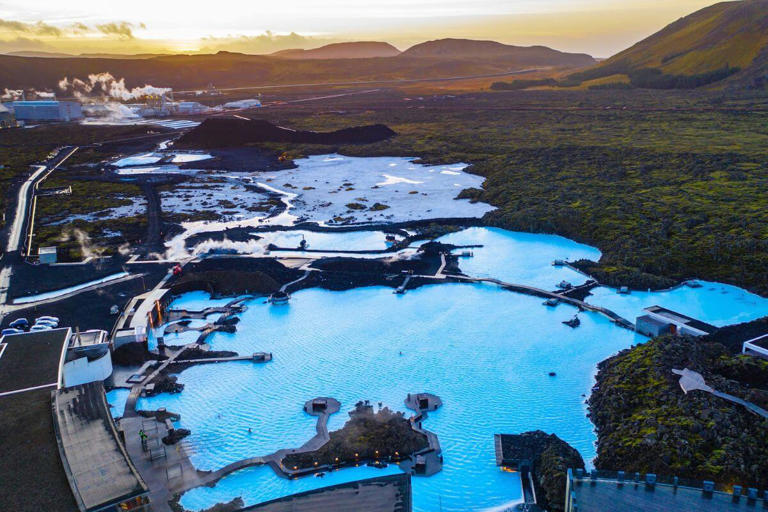

Enjoy fast, free delivery, exclusive deals, and award-winning movies & TV shows with Prime Try Prime and start saving today with fast, free delivery
Amazon Prime includes:
Fast, FREE Delivery is available to Prime members. To join, select "Try Amazon Prime and start saving today with Fast, FREE Delivery" below the Add to Cart button.
- Cardmembers earn 5% Back at Amazon.com with a Prime Credit Card.
- Unlimited Free Two-Day Delivery
- Streaming of thousands of movies and TV shows with limited ads on Prime Video.
- A Kindle book to borrow for free each month - with no due dates
- Listen to over 2 million songs and hundreds of playlists
- Unlimited photo storage with anywhere access
Important: Your credit card will NOT be charged when you start your free trial or if you cancel during the trial period. If you're happy with Amazon Prime, do nothing. At the end of the free trial, your membership will automatically upgrade to a monthly membership.

Download the free Kindle app and start reading Kindle books instantly on your smartphone, tablet, or computer - no Kindle device required .
Read instantly on your browser with Kindle for Web.
Using your mobile phone camera - scan the code below and download the Kindle app.

Image Unavailable

- To view this video download Flash Player

Iceland Travel Guide: The Comprehensive Guide to Embark on an amazing Journey Through Iceland with recommendations from my experiences and locals, ... tips, outdoor activities and lot more Paperback – Large Print, April 8, 2024
Purchase options and add-ons.
- Print length 123 pages
- Language English
- Publication date April 8, 2024
- Dimensions 5 x 0.28 x 8 inches
- ISBN-13 979-8322288527
- See all details

Product details
- ASIN : B0D1CMQTML
- Publisher : Independently published (April 8, 2024)
- Language : English
- Paperback : 123 pages
- ISBN-13 : 979-8322288527
- Item Weight : 6.7 ounces
- Dimensions : 5 x 0.28 x 8 inches
Customer reviews
Customer Reviews, including Product Star Ratings help customers to learn more about the product and decide whether it is the right product for them.
To calculate the overall star rating and percentage breakdown by star, we don’t use a simple average. Instead, our system considers things like how recent a review is and if the reviewer bought the item on Amazon. It also analyzed reviews to verify trustworthiness.
No customer reviews
- Amazon Newsletter
- About Amazon
- Accessibility
- Sustainability
- Press Center
- Investor Relations
- Amazon Devices
- Amazon Science
- Sell on Amazon
- Sell apps on Amazon
- Supply to Amazon
- Protect & Build Your Brand
- Become an Affiliate
- Become a Delivery Driver
- Start a Package Delivery Business
- Advertise Your Products
- Self-Publish with Us
- Become an Amazon Hub Partner
- › See More Ways to Make Money
- Amazon Visa
- Amazon Store Card
- Amazon Secured Card
- Amazon Business Card
- Shop with Points
- Credit Card Marketplace
- Reload Your Balance
- Amazon Currency Converter
- Your Account
- Your Orders
- Shipping Rates & Policies
- Amazon Prime
- Returns & Replacements
- Manage Your Content and Devices
- Recalls and Product Safety Alerts
- Conditions of Use
- Privacy Notice
- Consumer Health Data Privacy Disclosure
- Your Ads Privacy Choices
- Find a tour
- Find accommodation
Our Equality Policy
The Travelshift team is comprised of great people from all over the world who strive to improve your travel experience. We celebrate a diverse and equal workplace where every employee receives equal pay and terms for the same or equally valuable work, regardless of gender, sexual orientation, or ethnic origin.
Travelshift takes systematic steps to ensure this by:
Implementing, documenting, and maintaining an equal pay system based on the requirements of the Equal Pay Standard (IST 85:2012) and obtaining equal pay certification in accordance with the Act on Equal Status and Equal Rights Irrespective of Gender no. 150/2020.
Responding if requirements are unmet, such as an unexplained gender pay gap, by monitoring and carrying out continuous improvement.
Complying with applicable laws, rules, collective agreements, and job evaluations and confirming their annual compliance.
Being transparent through the introduction of the Equality Policy to all team members and ensuring it is accessible to the public on Travelshift’s external website.
Fostering an environment of continuous improvement and inclusiveness in the workplace.
We measure our success regularly and take action to correct any deviations from the implemented policy that may arise.
The Head of Human Resources is responsible for implementing the Equality Policy throughout the company.
The Equality Policy was approved at a review by Executive Management on [8 December 2022].

IMAGES
VIDEO
COMMENTS
Looking for a guided Iceland trip? Book Iceland trip and an Iceland tour guide with us. We provide the most cost-effective Iceland travel packages.
Reykjavik's Purrfect 2-Hour Cat Walking Tour with Snacks in a Small Group. Book Iceland tours at the best prices at Iceland Travel Guide. Book your Iceland trip with us and enjoy our beautiful country!
Download Iceland's biggest travel marketplace to your phone to manage your entire trip in one place. Your complete travel guide to Iceland. Find tips, book trips, affordable holidays or a self drive tour. Rent a car and find accommodation. Contact people, see pictures,
Iceland Travel Guide is a travel community focusing on providing you with travel information about Iceland. We work with over 300 travel operators, helping them promote their services to travelers interested in visiting Iceland. With one of the largest online platforms in Iceland, including our website and social media accounts, we are able to ...
6. Jökulsárlón. Renowned as Iceland's Crown Jewel, Jökulsárlón offers scenic views of icebergs, seal colonies, ice caps, and Vatnajökull National Park mountains. The Jökulsárlón glacier lagoon is rapidly enlarging because of the large ice chunks and has expanded up to 18 square km since 1934-35.
Temperatures in summer can differ from 5 to 25-degree Celsius (41-77F). The first-timers may have a little difficulty getting acquainted with the weather in the country but anyone can get used to it in a while. You will experience higher temperatures on the east side of the country. Northeast Iceland is the coldest.
The Golden Circle (Geysir, Gullfoss and Þingvellir) English speaking tour guide. One night in a hotel. The first day of your 8 day Iceland tour will start with your tour guide picking you and your group up from your choice of pickup spot. The first stop that you will make after beginning the tour will be at the Þingvellir National Park.
Gullfoss waterfall is a stunning sight to witness, and is always packed with enthusiastic tourists. There are many reasons for its fame, along with its picturesque beauty. The waterfall is one of the most popular attractions in the most popular traveling route in Iceland, Golden Circle Route.Gullfoss translates to 'Golden Falls' and is located in the Hvítá River Canyon in Southwest Iceland.
Best tips and ideas for 4 days in Iceland. Itinerary options for your 4 day trip to Iceland in winter or summer. Most recommended.
Top things to do in Iceland. Book your complete trip with the best companies only. Find useful information related to your trip to Iceland with our wealth of travel articles, ranging from driving tips to what to wear, the best time to visit, and the.
As you plan to travel to Iceland, take note of our top 10 tips before setting out on your adventure. 10. Get To Know the Locals. Despite living in a cold climate and an unforgiving environment, Icelanders are generally warm and friendly and treat strangers kindly.
Golden Circle. Christopher Larson/Travel + Leisure. The most popular tourist route in Iceland, the Golden Circle is an easy path between three stunning, famous natural spots: Thingvellir National ...
Visitor numbers. Iceland is a popular travel destination. Sometimes, certain places can be busier than others. Skip the hectic tourist traffic at the most popular destinations and plan your trip to make the most of your time in Iceland. Use our tourist counter to see peak visitor times and plan accordingly. Find the best time to visit!
The Museum of Witchcraft and Sorcery. Galdrasýning á Ströndum (Museum of Sorcery and Witchcraft) is an offbeat exhibition in the West Fjords. In The Rough Guide to Everywhere travel podcast we spoke to the founder and owner of this unusual place and you can listen to the full episode here. Iceland travel itineraries.
Purchase our award-winning guidebooks. Get to the heart of Iceland with one of our in-depth, award-winning guidebooks, covering maps, itineraries, and expert guidance. Shop Our Guidebooks. 06 / Go Beyond.
19 March 2024. Great gletsjer hike to the ice caves. I did a gletsjer hike with the guide Laurent. It was a challenging hike, but the guide was very helpful, patience and he knows his way on the gletsjer and to the beautiful ice caves. The ice caves are spectacular!!!
Whether you have a single question or a special request, we're here for you. Find your travel guide to Iceland. Accommodation, rental cars, activities and interesting places to visit in Iceland. A visitor's must read.
The best time to travel to Iceland all depends on what you want to do. From April to May, it's spring, and it's a great time to explore the outdoors. The summer months of June to August are one of the busiest periods for Iceland, being peak tourist season and the best time of year for hiking on the island. However, it is the most expensive ...
Iceland Travel Guide. Last Updated: April 1, 2024. Iceland is a magical place. It's the land of sheep, northern lights, volcanoes with unpronounceable names (try saying "Eyjafjallajökull"), rugged landscapes, waterfalls, mountains, and natural hot springs. Its stunning, scenic landscape feels out of this world.
Iceland. Floating alone where the North Atlantic and Arctic oceans meet, Iceland offers stunning natural wonders, kind and gregarious people, and unique attractions. Even a short visit is worthwhile, as it's an easy hop from the capital of Reykjavík to unforgettable day-trip excursions: The famous Golden Circle route, studded with geysers and ...
Iceland Ring Road: Best of the Best. Take the Iceland road trip of a lifetime. From. €794.00 p.p. €945.00 p.p. View trip. Self-drive. 7 days / 6 nights Code: SD19. South & West Iceland In Depth.
Your DMC in Iceland. Iceland Travel was founded in 1936 - back when they called travellers "explorers" rather than "tourists". And for almost 100 years now, we've been proudly serving the diverse needs of clients from all four corners. Every day, our experts on the ground craft unforgettable travel experiences and take guests on ...
EXPLORE ICELAND! Are you prepared to embark on an extraordinary expedition through the mesmerizing landscapes and cultural marvels of Iceland? In this meticulously crafted Iceland travel guide book, you'll uncover: Comprehensive Exploration: Delve into the unique geological features, enchanting regions, and vibrant cities of Iceland. Insider Insights: Gain invaluable advice and recommendations ...
Play: Things To Do In The Reykjavik, Iceland Reykjavik Food Walk - Local Foodie Adventure in Iceland. The Reykjavik Food Walk in Iceland is a must for foodie travelers seeking a true taste of ...
The airline offers vacation packages for stopover travelers. Icelandair has a long history with many partners across Iceland, from hotels and car rentals to restaurants and tour operators.
The Blue Lagoon is actually Iceland's number one attraction, with more than 700,000 visitors each year. It is even more popular than Iceland's many waterfalls.. The mineral-rich waters in the ...
Description "With 'Iceland Made Easy Travel Guide 2024,' you can embark on an unforgettable journey through the Land of Fire and Ice. Packed with insider tips, breathtaking destinations, and practical advice, this comprehensive eBook is your passport to effortlessly experiencing the wonders of Iceland.
Robert Quinn's "Iceland Travel Guide 2024" takes you on an incredible tour across Iceland's stunning landscapes. This expertly designed guide is more than simply a book; it is your ticket to extraordinary experiences and unrivalled discoveries in the region of fire and ice.
The Travelshift team is comprised of great people from all over the world who strive to improve your travel experience. We celebrate a diverse and equal workplace where every employee receives equal pay and terms for the same or equally valuable work, regardless of gender, sexual orientation, or ethnic origin.